

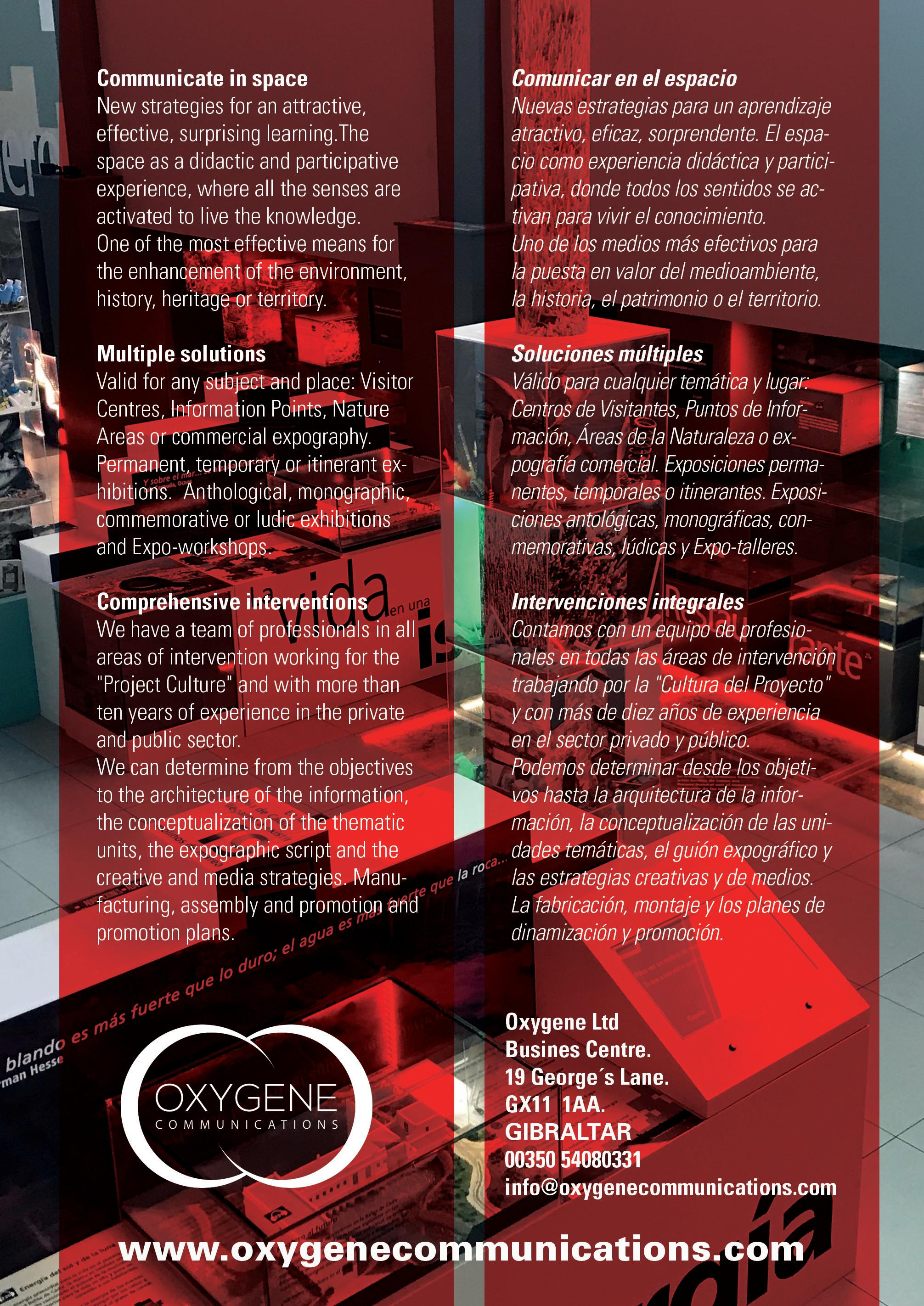

“A sky without clouds is a meadow without flowers, a sea without sails”.
(Henry D. Thoreau).
«Un cielo sin nubes es una pradera sin flores, un mar sin velas» (Henry D. Thoreau)
PHOTOGRAPHY: PEXELS.COM


PHOTOGRAPHY: PEXELS.COM
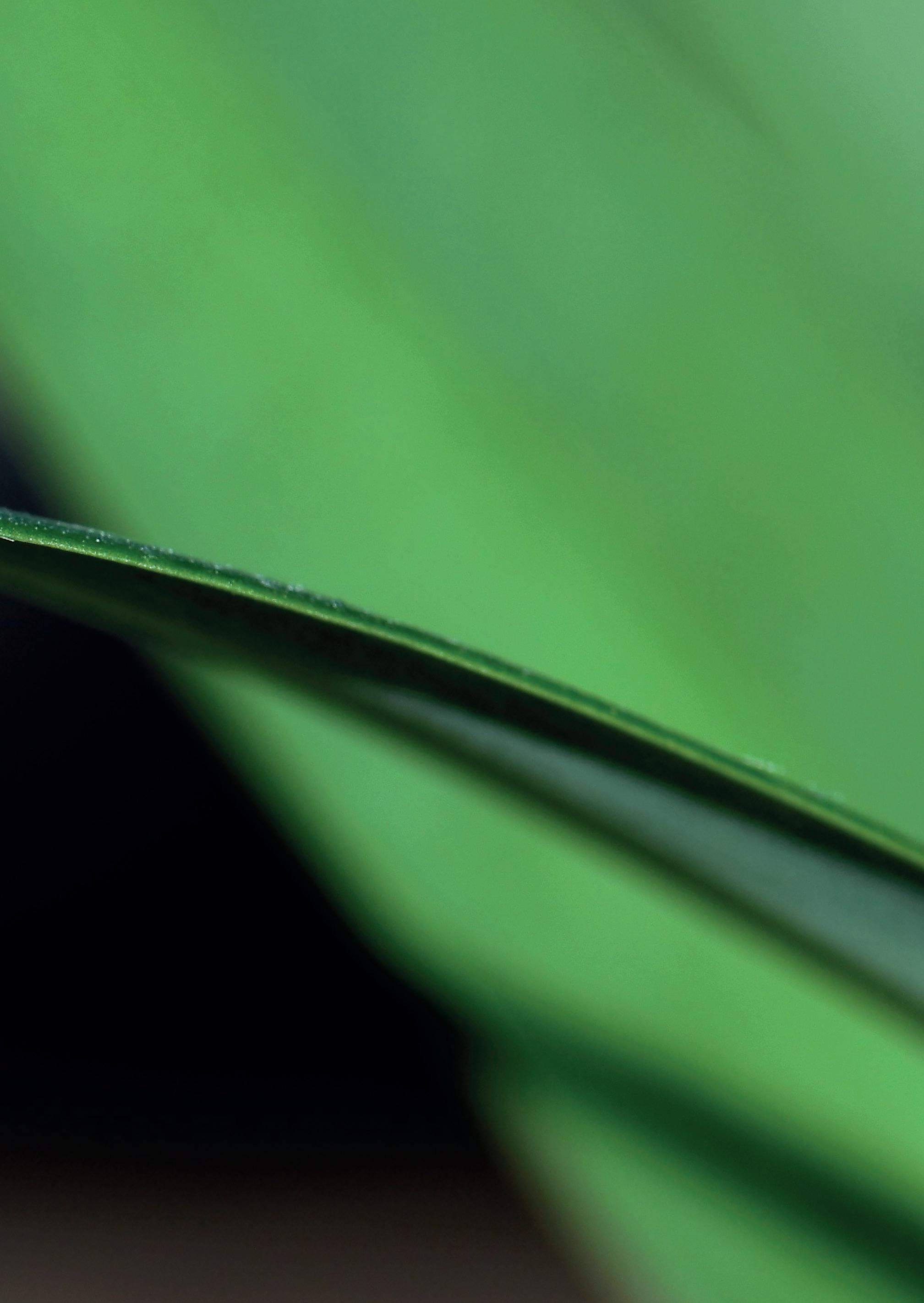
“What we know is a drop, what we don’t know is an ocean”.
(Isaac Newton).
«Lo que sabemos es una gota de agua, lo que ignoramos es el océano». (Isaac Newton).

“What one loves in childhood stays in the heart forever”.
(Jean-Jacques Rousseau.
«Lo que uno ama en la infancia se queda en el corazón para siempre»
(Jean-Jacques Rousseau).


This volume was published in November 2020 by Oxygene Ltd. OTWO Issue 16
Oxygene Ltd.Business Centre.
19 George´s Lane.
GX11 1AA, Gibraltar Tel. +00350 54080331 www.oxygenecommunications.com
© Publishing:
Oxygene Ltd.
Vanessa Byrne
Managing & Commercial Director
Juanjo Trujillo
Creative Director & Chief Designer
Sarah Birch
Columnist & Translation
Ana Villalta
Columnist & Translation
Jenny Brown
Design & Social Media
Photographer:
Keith Bensusan, Joanna Jadczak, Gibraltar Sustainability Awards, ESG-CUTW Team leaders
Archive Records, Juan Luis González, Proema, Pexels, Spirit of the Rock, Tabanco, In2Adventures.
Cover photo: Lucas Pezeta.
Back Cover photo: Egor Kamalev.
Translation:
Sarah Birch, Ana Villata and Merlin Gutherless.
Printing:
Santa Teresa Industrias Graficas SA
All rights reserved. No part of this publication may be reproduced, stored in a retrieval system or transmitted in any form or by any means, electronic, mechanical, photocopying, recording or otherwise, without the prior permission in writing from the publishers.
All rights reserved.


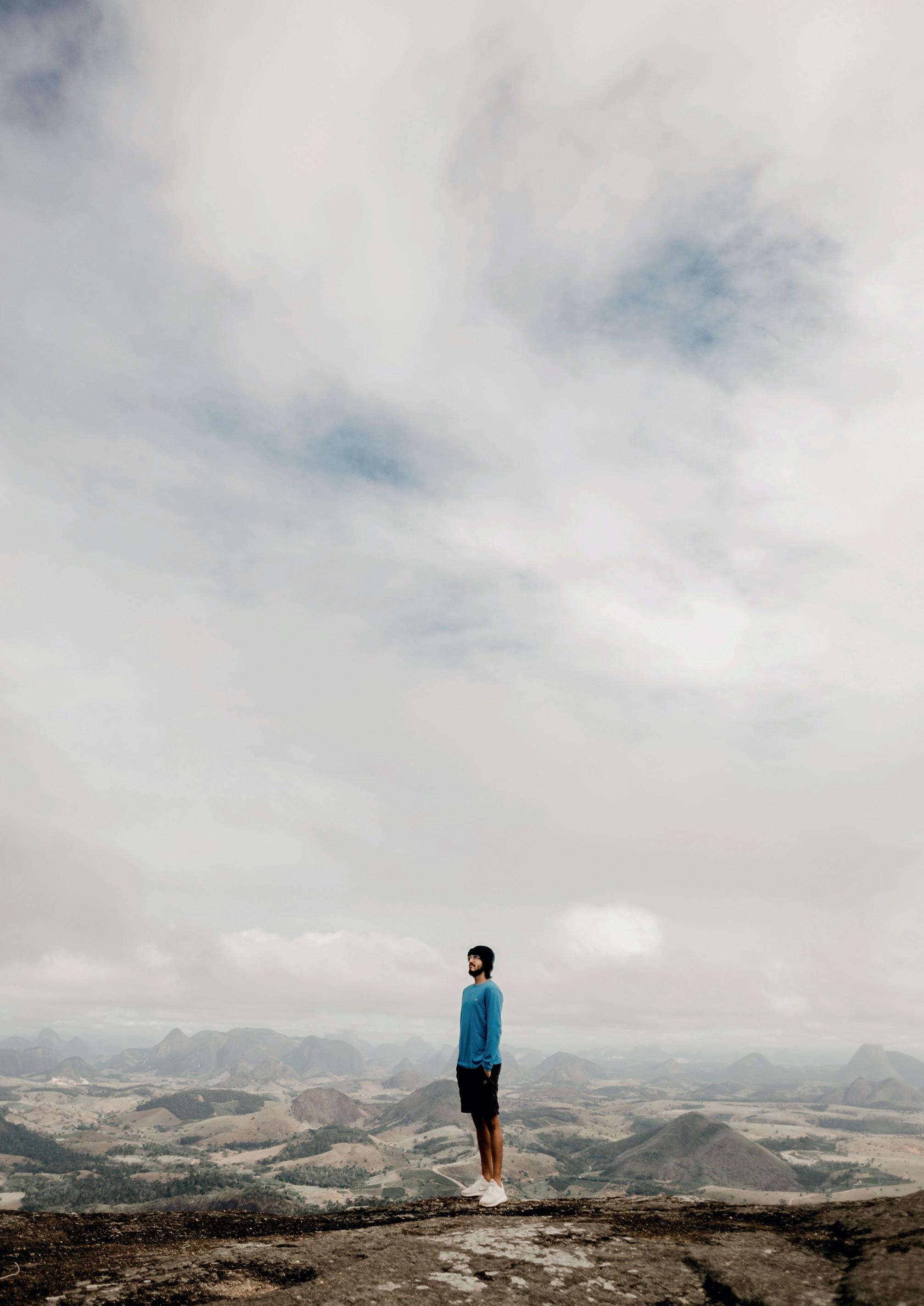

OTWO 16
2020 001 70 14 12 Editorial 10 Collection “The flower of the month”. Colección “La flor del mes”. Shorts / Cortos. Narrowing the Strait Estrechando el Estrecho Experience Catalog Quick Guide to Portugal. Guía Rápida de Portugal. 89 86 How to plant over 25 Million Trees. Cómo plantar más de 25 millones de árboles. Welcome to the future Gibraltar. The Vita Nova Residence Part I. Bienvenidos al nuevo Gibraltar: The Vita Nova Residence Parte I. SPECIAL: Clean Up the World 2020. ESPECIAL:Limpiar el mundo 2020. 34 46 24

A note from the editor
Vanessa Byrne / Managing Director
Happy November Month to all
I smell Christmas is coming!!
I absolutely love this time of year, weather gets cooler, getting your long-sleeved PJ’s out and chill time. May I suggest for those rainy winter nights a good movie to watch... David Attenbourgh’s – A Life on our Planet. One to watch and reflect.
This month we give an extra special focus on a most amazing initiative that actually started environmental awareness in Gibraltar. ESG has been around for as long as I can remember and their Clean Up’s are known throughout the community. Janet and her amazing team provide an incredible focus year after year on litter awareness and their clean up’s have opened up avenues to create opportunities. Not only have they influenced changes in legislation but they have released build up areas which were “forgotten” and derelict for so many years. We are immensely proud to share with you all our Clean up the World special article.
Feliz mes de noviembre para todos
¡¡Huelo que se acerca la Navidad !!
Me encanta esta época del año, el clima se vuelve más fresco, tiempo para sacar tu pijama de manga larga y relajarte. Permítame sugerirle para esas noches lluviosas de invierno una buena película para ver ... Una vida en nuestro planeta de David Attenbourgh. Una para mirar y reflexionar.
Este mes damos un enfoque especial adicional a una iniciativa asombrosa que realmente inició la conciencia ambiental en Gibraltar. ESG ha existido desde que tengo uso de razón y su limpieza es conocida en toda la comunidad. Janet y su increíble equipo brindan un enfoque increíble año tras año en la conciencia de la basura y su limpieza ha abierto vías para crear oportunidades. No solo han influido en cambios de la legislación, sino que también han liberado áreas de construcción que fueron “olvidadas” y abandonadas durante tantos años. Estamos inmensamente orgullosos de compartir con ustedes todo nuestro artículo especial A Limpiar el Mundo.
10 OTWO 16 / NOVEMBER 2020
ILLUSTRATION: JUANJO TRUJILLO
We are so humbled and appreciative after winning runner up on the Gibraltar Sustainability Awards 2020 - Sustainable Engagement (Business) Award. Many congratulations to all the finalists and winners on the night. It is great to see so many people and organizations in Gibraltar working towards a better future. Hoping to see many more of these events creating awareness of our shared environment. As you know our mission is to make it every single Gibraltarian’s business to look after our home. These programs serve to put focus on the many of us fighting for earth. A great initiative. Look it up and join us in the drive.
This month we publish another article on The Size of Wales. This charity encourages people to tackle climate change by taking simple positive actions. This month’s article “How to plant over 25 Million trees” brings home how simply planting these gorgeous tropical trees can help alleviate our climate crisis.
Month upon month Juanlu Gonzalez never disappoints with his spectacular imagery and fascinating insight into the Moroccan culture and this month is definitely no exception. A look into the Moroccan gastronomy this month shares mouthwatering imagery and explanations to the tastiest traditions. Juanlu’s exceptional standard continues to impress. It is for us a privilege to have collaborators of such a high standard.
We are also proud to share with you another amazing article from Planning Vision. It is in two parts and focuses on one of the main Sustainability Goals, the eradication of homelessness. In a small community like ours it isn’t a topic much discussed but one that needs addressing and highlighting. Not to be missed, can’t wait to read their final contribution on this important and often forgotten topic.
I cannot thank you guys enough for your continued support and participation. On behalf of the OTWO Team we would like to express our sincerest and humblest gratitude to all collaborators, readers, contributors and supporters.
May this issue inform, empower and inspire you as much as you inspire us.
Nos sentimos muy honrados y agradecidos después de ganar el segundo lugar en los Premios de Sostenibilidad de Gibraltar 2020 - Premio de Compromiso Sostenible (Negocios). Muchas felicitaciones a todos los finalistas y ganadores de la noche. Es fantástico ver a tantas personas y organizaciones en Gibraltar trabajando por un futuro mejor. Esperando ver muchos más de estos eventos creando conciencia de nuestro entorno compartido. Como saben, nuestra misión es hacer que cada Gibraltareño sea responsable de cuidar nuestra casa. Estos programas sirven para enfocarse en muchos de nosotros que luchamos por la tierra. Una gran iniciativa. Búscalo y únete a nosotros en el viaje.
Este mes publicamos otro artículo sobre El tamaño de Gales. Esta organización benéfica alienta a las personas a abordar el cambio climático tomando acciones positivas simples. El artículo de este mes “Cómo plantar más de 25 millones de árboles” nos muestra cómo el simple hecho de plantar estos hermosos árboles tropicales puede ayudar a aliviar nuestra crisis climática.
Mes tras mes, Juanlu González nunca decepciona con sus imágenes espectaculares y su fascinante visión de la cultura marroquí y este mes definitivamente no es una excepción. Una mirada a la gastronomía marroquí compartiendo imágenes deliciosas y explicaciones de las tradiciones más sabrosas. El estándar excepcional de Juanlu sigue impresionando. Para nosotros es un privilegio contar con colaboradores de tan alto nivel.
También estamos orgullosos de compartir con ustedes otro artículo asombroso de Planning Vision. Consta de dos partes y se centra en uno de los principales Objetivos de Sostenibilidad, la erradicación de la falta de vivienda. En una comunidad pequeña como la nuestra, no es un tema muy discutido, pero es necesario abordarlo y destacarlo. No debe perderse, no puedo esperar a leer su contribución final sobre este tema importante y a menudo olvidado.
No puedo agradecerles lo suficiente por su continuo apoyo y participación. En nombre del Equipo OTWO nos gustaría expresar nuestro más sincero y humilde agradecimiento a todos los colaboradores, lectores, contribuyentes y simpatizantes.
Que este número os informe, os empodere e inspire tanto como ustedes nos inspiran a nosotros.
Stay safe x Peace & Love
Mantente a salvo x.
Paz amor.
OTWO 16 / NOVEMBER 2020 11
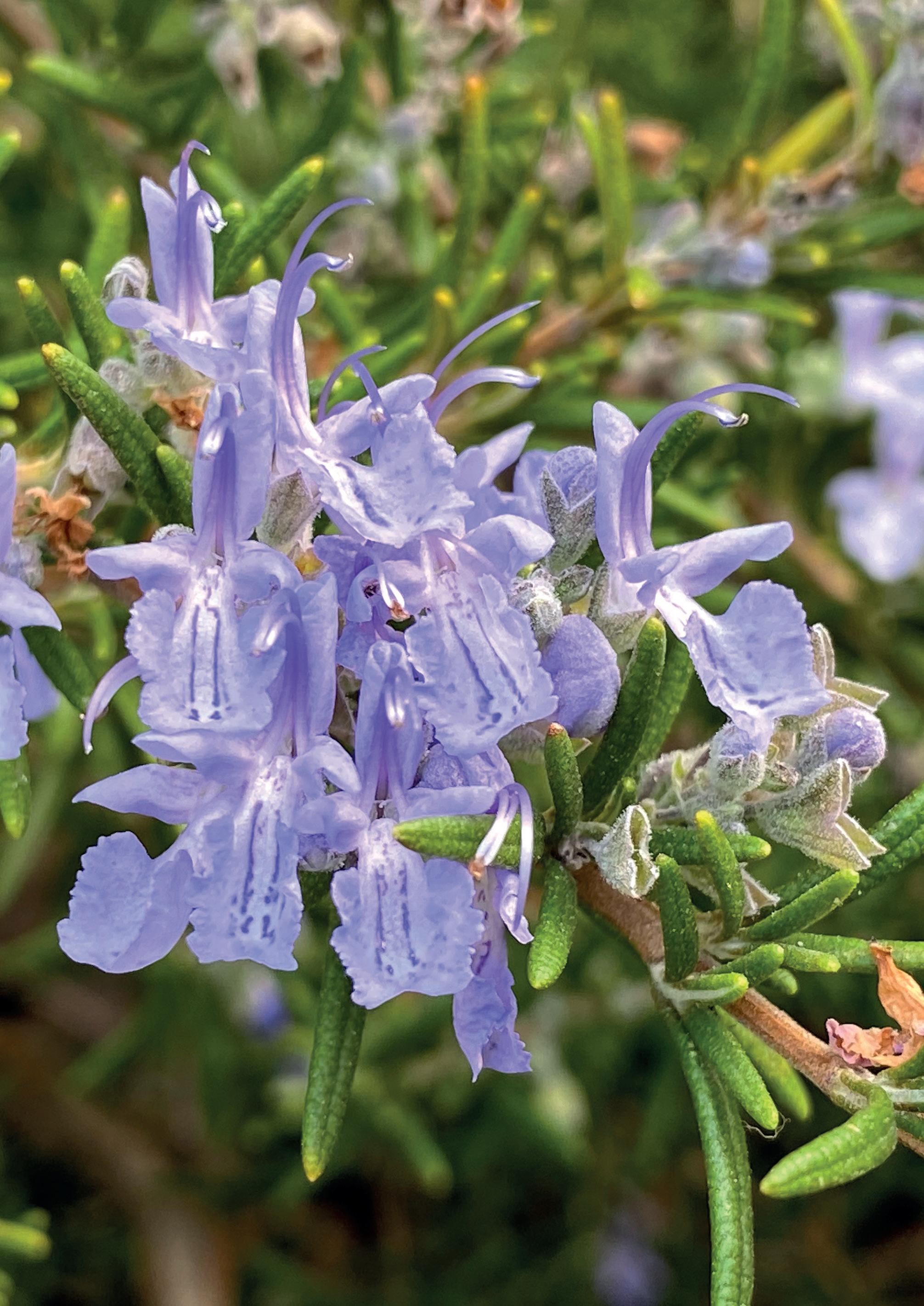
Collection “The flower of the month”
Rosmarinus officinalis Romero
 Dr Keith Bensusan Director
Dr Keith Bensusan Director
Gibraltar Botanic Gardens, The Alameda.
Rosemary is an extremely well-known herb and one that is popularly used in cooking. It belongs to the plant family Lamiaceae, also known as the mint family, which includes so many other aromatic herbs such as lavender, sage, oregano, basil and thyme. Members of the family are adapted for pollination by bees, with Rosemary’s stamens positions to deposit pollen on the back of a visiting bee.
Rosemary is very closely related to sage, and indeed some consider it to be a species of sage, as Salvia rosmarinus It is the tough, evergreen and strongly aromatic leaves that are used in cooking, but the flowers are very attractive. These appear any time between the autumn and spring. The mint family is extremely well represented in the Mediterranean and this is where Rosemary is native to. Indeed, small numbers grow wild on the Rock, in the Gibraltar Nature Reserve. It makes an excellent ornamental plant because, apart from its culinary use, pretty flowers and strong fragrace, it is quite drought-tolerant, growing best in soils with good drainage. The typical growth of the plant is as an erect shrub, but the creeping form ‘Prostratus’ is particularly attractive in a garden, because it forms dense mats that act as ground cover.
El romero es una hierba de sobras conocida y que se emplea con frecuencia en la cocina. Pertenece a la familia de las Lamiaceae, también conocida como la familia de las mentas y a la que pertenecen otras hierbas aromáticas como la lavanda, la salvia, el orégano, la albahaca y el tomillo. Todas ellas son polinizadas por las abejas, que cuando visitan los estambres del romero se llevan su polen pegado a la parte de atrás del cuerpo. El romero está muy emparentado con la salvia, llegando a ser considerado por algunos como u una variedad de la misma denominada Salvia rosmarinus. En la cocina se usan sus hojas, rotundas y muy verdes, pero sus flores resultan muy atractivas. Brotan en cualquier momento entre el otoño y la primavera.
La familia de la menta está muy bien representada en el Mediterráneo, siendo ésta la región nativa de la hierba. En la reserva natural de Gibraltar crece en forma silvestre aunque en poca cantidad. Se trata de una magnífica planta ornamental porque aparte de su uso culinario, bellas flores y fuerte aroma, resiste bien la escasez de agua y crece mejor en suelos con buen drenaje. Su forma típica de crecimiento es la de un arbusto erguido, aunque la variedad ‘Prostatus’ resulta particularmente llamativa en los jardines dado que forma densas matas que cubren el terreno.
NOVEMBER / Noviembre
WORLD’S LARGEST WIND FARM PROJECT UNDERWAY

Earlier this year, construction began on the world’s largest offshore wind turbine project in the North Sea.
Located 125km off the coast of Yorkshire on a shallow sandbank called Dogger Bank, the wind farm will include three separate interconnected projects and once completed, will produce enough energy to power 4.5 million homes in the United Kingdom (about 5% of the UK’s electricity demands).
Spanning 592 square kilometres, an area nearly twice the size of Malta, the project will also use the Haliade-X 12 MW made by General Electric, the largest wind turbines ever built.
Each of the 190 ‘mega-turbines’ set to be installed are 260 metres in height, nearly three times the
size of the Big Ben clock tower and have blades as long as a football pitch.
The UK government also recently announced plans to become “the world leader in low-cost clean power generation” with a goal of powering every home in the UK with offshore wind power by 2030. More wind energy projects are currently underway with two giant offshore wind farms off the coast of Norfolk recently given the green light.
Dutch, German, and Danish electrical grid operators are also collaborating to build a North Sea Wind Power Hub complex in Dogger Bank as part of a European system for sustainable electricity. The power hub would interconnect the three national power grids with wind farms built on artificial islands in
14 OTWO 16 / NOVEMBER 2020
the North Sea. The project will provide substantial renewable energy contributions in line with meeting the Paris Climate Agreement targets.
En marcha el mayor parque eólico del mundo
La construcción del mayor proyecto de aerogeneradores del mundo empezó este año en el mar del Norte.
A 125 kilómetros de la costa de Yorskshire y sobre un banco de arena de baja profundidad llamado Dogger Bank, el parque consistirá en tres proyectos diferentes e interconectados que, una vez finalizados, producirán energía suficiente para abastecer a 4,5 millones de hogares en el Reino Unido (aproximadamente un 5% de la demanda eléctrica del país)
Abarcando 592 kilómetros cuadrados, lo que equivale casi al doble de la superficie de Malta, el proyecto empleará los molinos Haliade-X 12 MW que fabrica General Electric, los de mayor dimensión jamás construidos.
Cada uno de estos mega-molinos tienen 260 metros de altura, casi tres veces la de la torre del Big Ben, y tienen aspas de la longitud de un campo de fútbol.
El gobierno británico anunció también recientemente sus planes para convertir al país en “líder mundial en la generación de energía limpia”, con el objetivo, para 2030, de poder suministrar a cada hogar de su territorio con energía eólica. Existen más proyectos de este tipo en marcha, caso de dos parques eólicos cuya construcción en la zona costera de Norfolk que han recibido luz verde recientemente.
Operadores holandeses, alemanes y daneses están cooperando asimismo en la construcción de un nodo de energía marina en el mar del Norte como parte de un sistema europeo de electricidad sostenible. Dicho nodo interconectaría tres redes energéticas nacionales con parques eólicos erigidos sobre islas artificiales en el mar del Norte. El proyecto proveerá una cantidad significativa de energías renovables en arreglo a los objetivos de climáticos del Acuerdo de París.
INTERNATIONAL COMMUNITY FAILS TO MEET BIODIVERSITY TARGETS
In 2010, over 190 nations took part in the UN Convention of Biological Diversity (CBD) in Japan to outline and set several targets to protect biodiversity, ecosystems and nature’s contributions.
10 years on, and only 6 out of the 20 goals have been ‘partially achieved’.
The Aichi biodiversity targets, which were all set to be met by 2020, fell under five strategic categories that included reducing direct pressures on biodiversity and promoting sustainability and safeguarding ecosystems, species and genetic diversity.
According to the CBD’s Global Biodiversity Outlook 5 report published in September, some of the primary targets such as ‘at least halving the rate of natural habitat loss’ and ‘the elimination of incentives and subsidies that are harmful to biodiversity’ have not been met and are particular areas of concern.

OTWO 16 / NOVEMBER 2020 15
The six targets that have seen some progress are conserving protected areas, access to and sharing benefits from genetic resources, preventing invasive species, biodiversity strategies and action plans, sharing information and mobilizing resources.
The effects of continued loss of biodiversity caused by an unsustainable increase in human activities contribute towards climate change, will place food and water supplies at risk, affect economies and jobs and increase the risk of disease transmission.
The CBD report warns that, “Humanity stands at a crossroads with regard to the legacy it leaves to future generations. Biodiversity is declining at an unprecedented rate, and the pressures driving this decline are intensifying”.
La comunidad internacional no consigue los objetivos de biodiversidad
En 2010, más de 190 naciones participaron en la Convención de Diversidad Biológica de las Naciones Unidas (CBD) celebrada en París para marcar numerosos objetivos de cara proteger la biodiversidad, los ecosistemas y los sistemas naturales.
Después de una década, sólo 6 de los 20 objetivos han sido conseguidos y de manera parcial.
Los objetivos de biodiversidad de Aichi, cuya consecución fue fijada para el año 2020, se coordinaban bajo cinco categorías estratégicas entre las que se incluían la reducción de presión directa sobre la biodiversidad y la promoción de la sostenibilidad así como la protección de los ecosistemas, las especies y la diversidad genética.
Según el informe de la Perspectiva de Bidodiversidad Global de la CBD que se publicó en septiembre, algunos de los objetivos fundamentales , tales como “reducir a la mitad la tasa de pérdida de hábitat natural” y “la eliminación de incentivos de subsidios e incentivos que resultan dañinos para la biodiversidad”, no se han cumplido y constituyen un motivo de especial preocupación.
Los seis objetivos en los que sí se ha avanzado algo son la conservación de zonas protegidas, el acceso a compartir los beneficios de los recursos genéticos, la prevención de las especies invasivas, las estrategias de biodiversidad y los planes de actuación, la información compartida y la movilización de recursos.
Las consecuencias de la continua merma de biodiversidad provocadas por un incremento insostenible de la actividad humana contribuyen al cambio climático y pondrán en peligro los suministros de comida y agua, afectarán a la economía e incrementarán el riesgo de transmisión de enfermedades.
El informe del CBO alerta de que “la humanidad se encuentra en un momento crucial respecto al legado que dejará a futuras generaciones. La biodiversidad se está mermando a un ritmo sin precendentes y la presión que producen dicho declive se está intensificando”.
CHINA PLEDGES CARBON NEUTRALITY BY 2060
In a surprise announcement by President Xi Jinping at the UN General Assembly, China has pledged to hit peak emissions by 2030 and aim to reach carbon neutrality by 2060.
The pledge is being hailed by environmental campaigners as an important step towards reaching zero emissions targets in time to stop global temperatures from soaring above 1.5C.
China is currently the world’s biggest contributor of CO2, accounting for around 28% of global emissions. Due to this large share and its dependence on coal energy production, halting average temperatures would have been near impossible without China’s commitment to curb fossil fuel emissions.
In second and third place are the United States and India respectively, both of whom are yet to make any commitments towards achieving net zero targets.
Although many consider China’s announcement a geopolitical message in an attempt to gain leverage over the United States reluctance to make any climate commitments, activists also believe that China’s pledge sends a strong message about the urgent need to address climate change and that this declaration will increase pressure and momentum for other countries to follow suit.
However, China did not give details of how they intend to achieve these goals. Today, 85% of the country’s energy is produced by fossil fuels and 15% from renewables. In order to achieve carbon neutrality these proportion would have to switch within a very short time frame and will require massive investment and changes in infrastructure.
16 OTWO 16 / NOVEMBER 2020

17 OTWO 16 / NOVEMBER 2020
The Chinese government is expected to give further details in March 2021 when announcing its five-year plan.
China se propone alcanzar la neutralidad de carbono para 2060
En un anuncio sorpresa del presidente Xi Jinping en la Asamblea General de las Naciones Unidas, China se ha propuesto combatir los picos de emisiones para 2030 y ambiciona alcanzar la neutralidad de carbono para 2060.
El objetivo ha sido elogiado por defensores medioambientales como un importante avance hacia la consecución de objetivos de emisiones cero a tiempo de impedir que las temperaturas globales se eleven sobre 1,5ºC.
En la actualidad China es la principal emisora de CO2, acumulando sobre el 28% del total mundial. Debido a esa enorme proporción y a su dependencia de la energía procedente de la producción de carbón, detener las temperaturas medias resultaría imposible de no contar con el comrpomiso chino para reducir las emisiones procedentes de combustibles fósiles.
En segundo y en tercer lugar se colocan los Estados Unidos e India, respectivamente, países aún pendientes de realizar cualquier compromiso para la consecución de emisiones cero.
Aunque no pocos consideran que el anuncio Chino constituye un mensaje estratégico para ganar relevancia frente al desinterés estadounidense en adquirir compromisos medioambientales, los activistas piensan que la maniobra también guarda relación con la urgente necesidad de abordar el cambio climático y que la declaración incrementará la presión para que otros países se sumen a la causa.
No obstante, China no dio detalles acerca de cómo pretende conseguir estos objetivos. En la actualidad, el 85% de la energía del país proviene de combustibles fósiles y el 15% de renovables. Para alcanzar la neutralidad de carbono, esta proporción tendría que variar en un periodo de tiempo muy corto y requerirá una inversión masiva y cambios infraestructurales.
El gobierno chino tiene previsto revelar más información en marzo de 2021 cuando se anunciará el plan de cinco años.
AT LEAST 28 ENDANGERED SPECIES SAVED THROUGH CONSERVATION EFFORTS
A recent study led by Newcastle University and BirdLife International demonstrates how a commitment to conservation can save species from the brink of extinction.
Despite the failure of countries to meet biodiversity targets in the last decade, the study concluded that since the UN Convention on Biological Diversity first took place in 1993, extinction rates for birds and mammals would have been three to four times higher if no interventions had taken place.
Researchers studied various factors such as population size, trends, threats and conservation efforts over the last 17 years and found that 15 bird and mammal species are suspected to have disappeared but that between 28 and 48 species were saved.
Although still critically endangered, the Iberian Lynx is one of the mammals saved thanks to conservation and reintroduction programmes across Spain. Przewalski’s horse, once completely extinct in the wild, can now be found in the National Parks of Mongolia due to breeding and rewilding efforts. Populations of California condor, pygmy hogs and the Puerto Rican amazon parrot have also increased.
But according to a recent report by the World Wide Fund for Nature, the current prognosis is bleak. Animal populations have plunged an average of 68% since 1970 as a result of human overconsumption, population growth and intensive agriculture and millions more are at risk if no action is taken. This study, however, demonstrates that with determination, commitment and action, we can prevent further loss of biodiversity and of entire species.
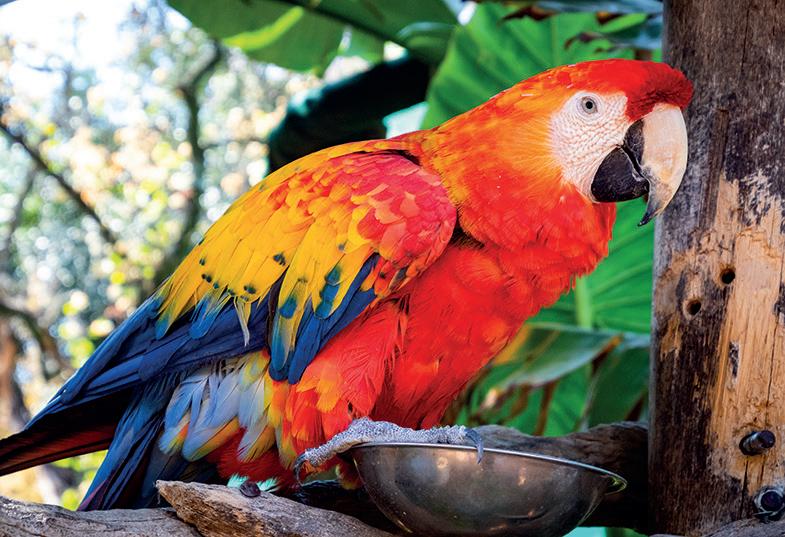
18 OTWO 16 / NOVEMBER 2020
Un esfuerzo conservacionista salva al menos 28 especies en peligro de extinción
Un estudio reciente llevado a cabo por la Universidad de Newcastle demuestra cómo el compromiso para con la conservación puede salvar a las especies animales de la amenaza de extinción.
A pesar de que los países no han conguido alcanzar los objetivos de biodiversidad en la última década, el estudio concluyó que desde que se celebrara por primera vez la Convención de Diversidad Biológica, en 1993, las tasas de extinción de aves y mamíferos habrían sido tres o cuatro veces mayores de no haberse abordado intervenciones.
Los investigadores analizaron varios factores como el número poblacional y las corrientes, amenazas y esfuerzos conservacionistas durante los últimos 17 años, descubriendo que podrían haber desaparecido 15 especies avícolas y mamíferas pero que se salvaron entre 28 y 48.
Aunque aún en peligro crítico, el lince ibérico es uno de los mamíferos salvados gracias a los programas de conservación y reintroducción llevados a cabo en España. El caballo de Przewalki, que llegó a desparecer totalmente en su entorno natural, puede verse ahora en los parques nacionales de Mongolia debido a los esfuerzos realizados en su crianza y reubicación. Las poblaciones de cóndor californiano, cerdo pigmeo y el loro amazónico de Puerto Rico también han crecido en número.
Pero según un informe reciente del Fondo Mundial para la Naturaleza, las perspectivas son desoladoras. Las poblaciones animales han caído una media del 68% desde 1970 como consecuencia del exceso de consumo, el crecimiento poblacional y la agricultura intensiva, y millones más corren peligro de no emprenderse acciones al respecto. El estudio citado, no obstante, demuestra que la determinación y el compromiso pueden prevenir la pérdida de bioversidad y salvar a especies enteras.
GIBRALTAR SUSTAINABILITY AWARDS 2020
On Wednesday 14th October, the winners of the 2020 Gibraltar Sustainability Awards were announced, celebrating local organisations and individuals for their achievements and commitments in sustainability. The Awards were offered by the Office of
the Commissioner for Sustainable Development and Future Generations with the ceremony recorded and broadcast by GBC following the need to reschedule the live event due to Covid19 restrictions.
In early September, finalists were selected across 12 sustainability categories with each of them then asked to submit a short videoclip that captured their concerns and achievements. An international judging panel composed of sustainability professionals then reviewed and ranked each submission.
The Awards were informed by UN Sustainability Development Goals and recognised the efforts made by different sectors and groups in Gibraltar to achieve those goals.
All of the trophies handed out were original handcrafted pieces designed and made by local artists and made out of repurposed materials.
2020 WINNERS
Engagement for Sustainability (Community).
Winner: Action for Housing and GBC Viewpoint. Sustainable Technology. Winner: Girls in Tech.
Education for Sustainability.
Winner: St Bernard’s First Schoo.l Runner-up: Marlene Dalli. Sustainable Events.
Winner: Gibraltar 2019 NatWest International Island Games. Sustainable Food.
Winner: Calentita Festival. Sustainable Business.
Winner: Gibraltar Shine Easy Ltd. Runner-up: TSN.
Sustainable Engagement (Business). Joint winners: Chestertons and Carmel Khalilian Runner-up: OTWO. Regional Impact.
Winner: Instituto de Estudios Campogibraltareños. Planning, Design & Construction. Winner: North Gorge Ltd.
Runner-Up: GCArchitects, E&M Engineers Ltd, Carduus and Casais.
Sustainability in Sport & Leisure.
The 2020 winner: Gibraltar 2019 NatWest International Island Games.
Runner-up: Europa Football Club.
19 OTWO 16 / NOVEMBER 2020

Minister’s Future Generation Award:
Joint Winners: #GibraltarSchoolStrike4Climate and Joyful Riot.
Gibraltars 2020 Young Champion. Iona Sacarello.
OTWO are honoured to have been selected as runner-up in the Sustainable Engagement (Business) category and would like to thank and congratulate all of the organisers, winners and participants for helping to create a more sustainable Gibraltar.
Premios de sostenibilidad de Gibraltar Gibraltar 2020
Los ganadores de los Premios de sostenibilidad de Gibraltar fueron anunciados el miércoles 14 de octubre, congratulando a asociaciones locales e individuos a título particular por sus logros y compromisos en el ámbito de lo sostenible. Los galardones fueron entregados por la Oficina del comisionado de Desarrollo Sostenible y Futuras Generaciones, siendo la ceremonia grabada y retransmitida por la GBC debido a la necesidad de reprogramar el acto en directo debido a las restricciones por el Covid19.
A principios de septiembre, los finalistas fueron seleccionados en arreglo a 12 categorías de sostenibilidad, requiriéndose a cada una de las mismas que enviaran un breve videoclip que resumiera sus preocupaciones y logros. Un panel de jueces internacional compuesto por profesionales en sostenibilidad revisó y analizó cada una de las candidaturas.
Los premios se inspiraron en los objetivos de desarrollo sostenible de la ONU y reconocieron los
esfuerzos realizados desde diferentes sectores y grupos de Gibraltar de cara a alcanzar dichas metas.
La totalidad de los trofeos entregados fueron piezas hechas a mano y diseñadas por artistas locales además de estar realizadas con materiales reutilizados.
VENCEDORES DE 2020
Compromiso con la sostenibilidad (Comunidad).
Ganador: Action for Housing and GBC Viewpoint. Tecnología sostenible.
Ganador: Girls in Tech.
Educación en sostenibilidad.
Ganador: St Bernard’s First School.
Segunda plaza: Marlene Dalli.
Eventos sostenibles.
Ganador: Gibraltar 2019 NatWest International Island Games.
Comida sostenible.
Ganador:Calentita Festival.
Empresa sostenible.
Ganador: : Gibraltar Shine Easy Ltd.
Segunda plaza: TSN. Compromiso con la sostenibilidad (Empresas).
Ganadores: : Chestertons y Carmel Khalilian.
Tercera plaza: OTWO. Impacto en la zona.
Ganador: Instituto de Estudios Campogibraltareños.
Urbanismo, diseño y construcción
Ganador: North Gorge Ltd .
Segunda plaza: GCArchitects, E&M Engineers Ltd, Carduus y Casais.
Sostenibilidad en el deporte y el ocio.
Ganador: Gibraltar 2019 NatWest International Island Games .
Segunda plaza: Europa Football Club.
Premio del ministerio a la generación futura.
Ganadores: #GibraltarSchoolStrike4Climate y Joyful Riot.
Campeón joven de Gibraltar 2020.
Iona Sacarello.
OTWO se siente honrada de haber sido seleccionada como candidata en la categoría de empresas con compromiso por la sostenibilidad y quiere felicitar a todos los organizadores, vencedores y participantes por contribuir a que Gibraltar sea un lugar más sostenible.
20 OTWO 16 / NOVEMBER 2020

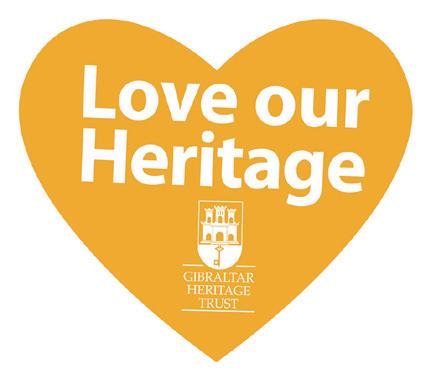

The Gibraltar Heritage Trust
The Gibraltar Heritage Trust is an independent statutory body entrusted with the preservation of Gibraltar’s heritage. It aims to work in partnership with all like-minded bodies, both locally and internationally. The Trust is responsible to the people of Gibraltar for the preservation and enhancements of all aspects of Gibraltar’s heritage, which includes promotion culturally, educationally and in terms of tourism both for our local population and internationally. It works closely with the Government of Gibraltar and the private sector in fulfilling its aims. Operating on a not for profit basis all funding for Trust projects are raised through our annual membership drive, our commercial activities or through specific project targeted fundraising. All funds generated are applied to achieving the aims and objectives of the Trust.


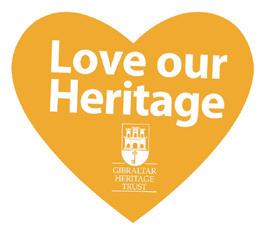
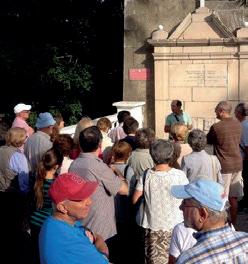
“The events that the Trust organises allow me and my partner to explore places that we simply would not have seen without the help and knowledge of the Trust”

JOIN US NOW VIA OUR WEBSITE OR POP INTO

“Gibraltar’s rich heritage is one of its greatest assets and it is imperative that it is preserved and managed in a sustainable way to continue to benefit future generations”
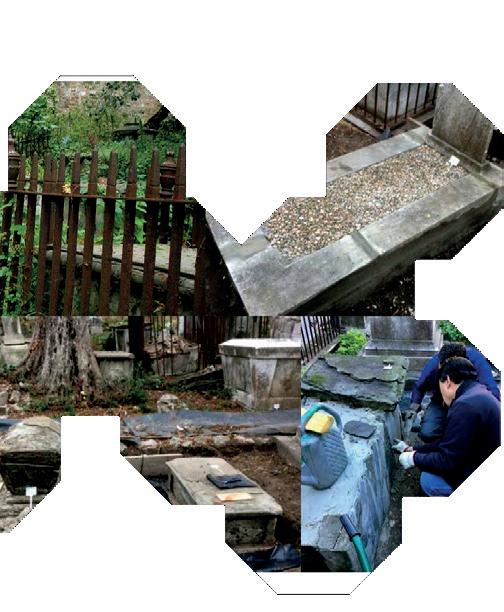

The Trust has a number of statutory and strategic functions to:
1.- Safeguard and enhance the quality and condition of Gibraltar’s historic environment.
2.- Promote wider understanding, enjoyment and appreciation of Gibraltar’s historic environment.
3.- Enhance Gibraltar’s Sense of Place.
4.- Encourage relevant bodies to make Gibraltar’s historic areas better places to live, visit and to invest in.
5.- Work with others to amplify the impact of the wider initiatives to improve the city and make Gibraltar a better place to live, visit and invest in.
6.- Work towards the implementation and enforcement of new heritage legislation, policies and guidelines.
7.- Be open, responsive, transparent, effective and efficient in our work.
INTO OUR SHOP

By investing in the Trust you are investing in Gibraltar’s past, its present and its future.
With your annual membership, you support Gibraltar and the work that the Trust does to protect and enhance it, however, your membership also entitles you to:
• Access to the Trust’s monthly programme of events, including trips and organised excursions.
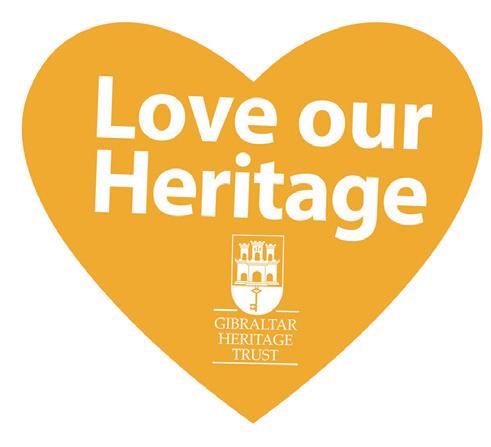
• Access, by appointment, to the Trust’s reference library of books related to Gibraltar and its past. (The Trust is accepting donations of books on Gibraltar to add to this resource).
• Free entry to the Gibraltar Museum.
• Free entry to the Upper Rock Nature Reserve, St Michael’s Cave, Great Siege Tunnels, Military Heritage Centre, Tower of Homage, Ape’s Den, Windsor Suspension Bridge and WWII Tunnels.
• Annual report, our regular e-newsletter direct to your inbox, updates and information on what’s happening on the Gibraltar heritage scene.
• Discounts and deals from local businesses added throughout the year.
• Discounts on all Gibraltar Heritage Trust Publications in our shop.

Gibraltar Heritage Trust
The Main Guard
13 John Mackintosh Square PO Box 683, Gibraltar t. (+350) 200 42844
admin@gibraltarheritagetrust.org.gi www.gibraltarheritagetrust.org.gi
23

Cómo plantar más de 25 millones de árboles
Size of Wales
24 OTWO 16 / NOVEMBER 2020

OTWO 16 / NOVEMBER 2020 25
Size of Wales encourages people, schools and businesses to help tackle climate change by raising funds for forests and raising awareness of the importance of tropical forests in tackling climate change.
So why is a Welsh charity planting and securing tropical trees?
We are increasing and protecting our existing woodland in Wales; however, it is the destruction of forests in the tropics which threatens the World’s climate the most. Whilst our trees in Wales become dormant for Winter, on the equator trees grow quickly and can keep absorbing CO2 and mitigating climate change all year round. An area the size of Wales is frequently used to measure the rate of forest destruction, and through Size of Wales, we are turning that negative use of the country’s size on its head.
Trees planted through projects such as the Mbale Tree Planting Programme, which is funded by the Welsh Government’s Wales and Africa programme, plants trees in the heavily-deforested Mount Elgon region of eastern Uganda. The trees provide families with a source of shelter, income and food security, whilst also helping to mitigate the impacts of climate change. In addition, Mbale is a highly populated, hilly region in eastern Uganda and each year, the heavy rains cause devastating landslides. Adding trees to the landscape can help secure the soil reducing the risk of landslides.
This programme is implemented in Uganda by the Mount Elgon Tree Growing Enterprise (METGE) and has been running for nearly 10 years. So far the programme has planted over 10 million trees. This includes one each year for every child born or adopted in Wales as part of the Welsh Government’s Plant! Scheme – celebrating every birth and adoption in Wales by planting two trees, one in a new woodland in Wales and one Uganda. From 2020, however, the Welsh Government has committed to planting a tree in Uganda each year for every person in Wales (around 3.1 million people). The ambitious programme aims to plant a grand total of 25 million trees by 2025.
One of the first in her village to embrace agroforestry as a sustainable way to manage her 2 acres of land was Justine Watalunga. She is a member of the Konokoyi Organic Coffee Growers Cooperative Society, which is part of the Mount Elgon Agroforestry Community Cooperative Enterprise Ltd (MEACCE), which supports the sale of Fairtrade organic products to markets all around the world.
Size of Wales anima a la gente, las escuelas y las empresas a que ayuden a combatir el cambio climático a través de la recogida de fondos para los bosques así como promoviendo la concienciación sobre la importancia que tienen las selvas tropicales a la hora de frenar dicho fenómeno.
¿Y por qué se dedica una organización galesa a plantar y salvaguardar los árboles tropicales?
Nos estamos dedicando a incrementar y proteger las zonas forestales de Gales. Sin embargo, es la destrucción de las de los trópicos la que más amenaza al clima mundial. Mientras los árboles de Gales permanecen ‘inactivos’ en invierno, los del Ecuador crecen deprisa y pueden seguir absorbiendo CO₂ y mitigando el cambio climático durante todo el año. Se suele usar una superficie del tamaño de Gales para medir el ritmo al que avanza la destrucción de los bosques, y a través de Size of Wales estamos empleando el tamaño del país como mensaje y herramienta.
Los árboles plantados a través de proyectos como el Proyecto Mbale Tree, financiado por el programa del Gobierno de Gales y África, propicia la plantación de árboles en la muy deforestada zona del monte de Elgon en la parte oriental de Uganda. Los árboles proporcionan a las familias protección, ingresos y comida a la vez que contribuyen a mitigar el impacto del cambio climático. Además, la de Mbpale es una región densamente populada y montañosa donde cada año las lluvias torrenciales provocan desprendimientos devastadores. Añadir árboles al paisaje puede reducir esos desprendimientos.
El programa en cuestión corre a cargo en Uganda del Mount Elgon Tree Growing Enterprise (METGE) y lleva ya diez años en funcionamiento. Hasta la fecha se han plantado XX millones de árboles. Esa cantidad, como parte del programa Plant Scheme! del gobierno galés, incluye la plantación cada año de plantaciones por cada niño nacido o adoptado en Gales, celebrándose cada natalicio o adopción con la plantación de dos árboles: uno en un nuevo bosque de Gales y otro en Uganda. Desde 2020, sin embargo, el Gobierno de Gales se ha comprometido a plantar un árbol en Uganda por cada ciudadano de este país británico (cuya población asciende aproximadamente a 3,1 millones de habitantes). Este ambicioso programa contempla haber plantado un total de 25 millones de árboles para el año 2025.
26 OTWO 16 / NOVEMBER 2020

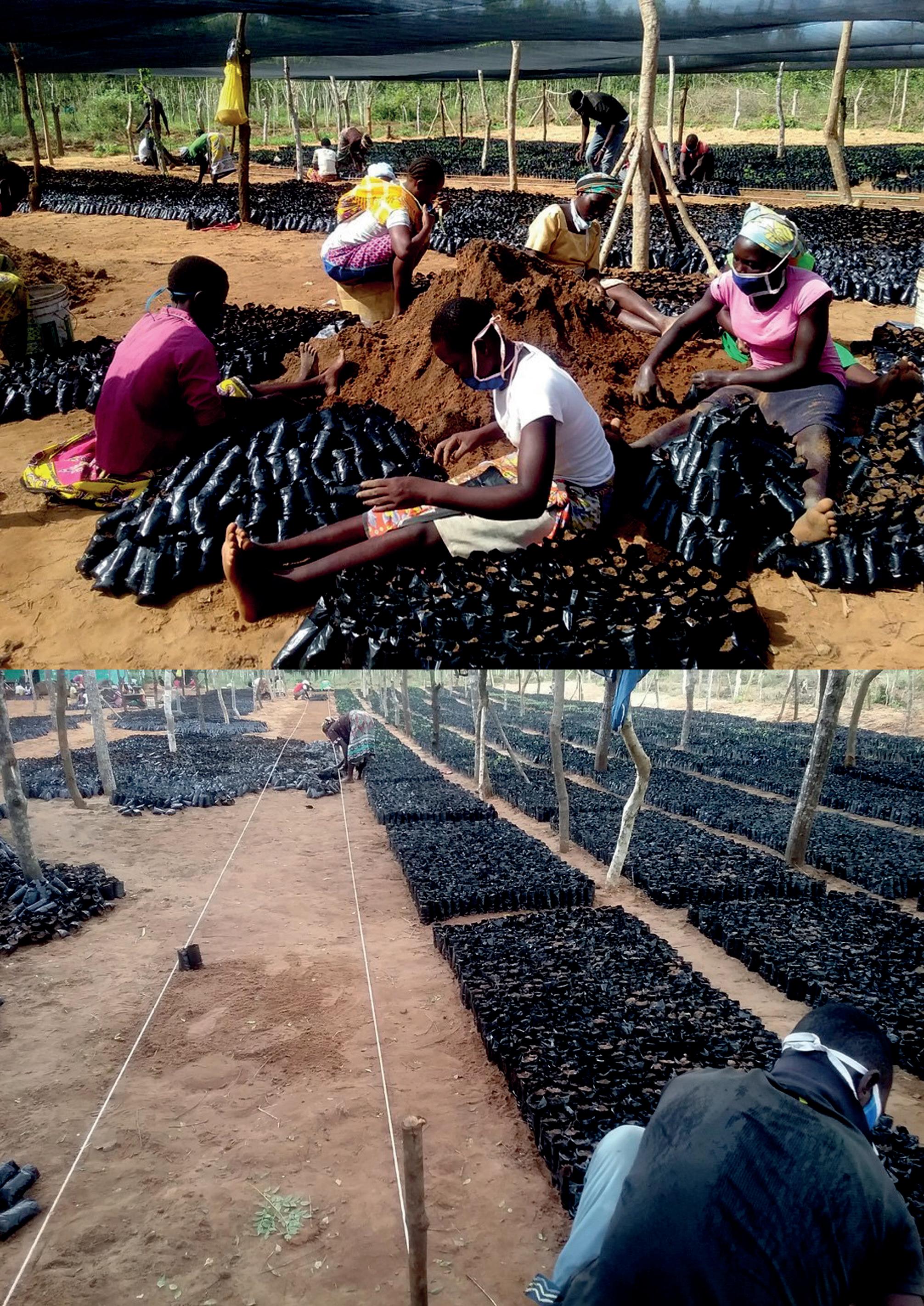
Over the past 4 years Justine has planted 77 trees and she recognises the many benefits that trees can bring. The canopies of planted trees provide much needed shelter from damaging rains and wind. Yields of coffee and matooke have enhanced her income. The trees also provide valuable shade for her cows. When a tree is felled, every part of the tree is utilised, with side branches being used as fuel for cooking stoves at home and also at the small private school she established in the village in 2002, which now also schools and feeds local orphans whose parents were killed following a devastating landslide in 2018.
Additionally, fruit trees such as jackfruit, mangoes, guava and avocado were planted along boundaries and within the compound around the house, and these are already producing fruit. What is not eaten by the family is sold locally. Justine is also happy for local schoolchildren to help themselves as they walk to the nearby government school. Justine recognises that for tree growing to be sustainable she has to have a programme of replanting, so for every tree she fells, she plants another five seedlings.
Where do the millions of trees that are planted in local communities by Size of Wales’ projects come from?
Tree nurseries have been established to grow and prepare saplings for distribution to communities and families. So, what does a day at one of the tree nurseries look like?
Bore is an area of Coast Province, in eastern Kenya that sits right on the equator. This really is the front line of the climate crisis. The climatic conditions have become increasingly unpredictable, bouncing between extremes of drought and deluge. The community hasn’t had a good harvest for over 5 years. Their next best option as a means of generating income is charcoal making which leads to a damaging cycle of deforestation, land degradation and ongoing impoverishment.
The Bore Community Forest Project supports subsistence farmers and the wider community to adapt to the increasingly chaotic climate and protect their precious forests. The new nursery has about 60 part-time female employees, and each day they can fill about 400 pots with soil and can bring their kids
Justine Watalunga es una de las primeras personas en haber asimilado la agrosilvicultura como forma de gestionar sus dos acres de terreno. Es miembro de la Asociación Cooperativa de Plantaciones de Café Orgánico de Konoyoki, que a su vez forma parte de la Mount Elgon Agroforestry Community Cooperative Enterprise Ltd (MEACCE), entidad que apoya la venta de productos de comercio justo a mercados de todo el mundo.
A lo largo de los últimos cuatro años Justine ha plantado 77 árboles y reconoce los muchos beneficios derivados de estas acciones. Los doseles arbóreos proporcionan una protección significativa respecto a los vientos y las lluvias.
La producción de café y matoke ha fortalecido sus ingresos. Los árboles proporcionan además sombra para su ganado vacuno. Cuando se tala un árbol, cada parte del mismo es empleado. Las ramas se usan como combustible para los hornos caseros así como para el pequeño colegio privado que Justine fundó en el pueblo en 2002, un centro que proporciona educación a los niños huérfanos cuyos padres fallecieron como consecuencia de un devastador desprendimiento de terreno en 2018.
Además, árboles frutales como el árbol del pan, los mangos, la guayaba y el aguacate fueron plantados a lo largo de los límites de la casa y ya están produciendo fruta. Lo que no come la familia se vende en el ámbito local. Justine se muestra satisfecha también por el hecho de que los escolares locales puedan autoabastecerse de fruta en su camino al colegio público cercano a su casa. Y reconoce que para que el cultivo de los árboles sea sostenible tiene que llevar a cabo un programa de replantación, de modo que por cada árbol que tala planta cinco plantones.
¿De dónde provienen los millones de árboles que Size of Wales planta en comunidades locales?
En tres viveros se lleva a cabo el cultivo y la preparación de árboles jóvenes para su reparto a comunidades familias. ¿Cómo es un día en uno de cada uno de estos tres viveros?
Bore, una región de la Provincia Costera, en Kenia oriental, se encuentra justo encima del Ecuador. Se trata de la primera línea de la crisis climárica. Las condiciones climáticas han llegado aquí a niveles de gran impredictibilidad, alternando la zona sequías y
OTWO 16 / NOVEMBER 2020 29
along to help out if needed. This has been important during school closures due to COVID-19, and all the work is currently conducted in socially distanced groups with PPE provided.
Once filled, the pots are carefully organised into groups of 1000 so they can keep an accurate tally on the numbers, as they aim for their target of 500,000 trees.
Then, when the seedlings are ready for distribution, they will be transported to a network of 1400 farmers for planting. The farmers are also given useful guidance and training, including various aspects of tree growing, such as how to irrigate and manage plantations to ensure that the seedlings do well and produce good crops of timber and food.
Thanks to the significant new funding there is now a team of three full-time ‘forest protectors’ in Bore - Charles, Eva and Edward - whose job is to collect the GPS of every planting site to monitor the work. Many of the sites are remote and inaccessible to larger vehicles and that is when motorbikes come in handy. Trees grow incredibly fast down by the equator and generally after a couple of years they are visible on Google Maps and from then on can be monitored remotely.
What do Size of Wales have planned next to support the Mbale and Bore Projects?
Every year Size of Wales runs an annual fundraising appeal to raise money to plant trees in sub-Saharan Africa. The Trees for Christmas campaign is an opportunity for people to take a greener approach to their Christmas gifts by helping to plant thousands of trees. The campaign encourages people to celebrate their Christmas tree being brought into their home by donating to plant fruit trees with families in communities like Mbale and Bore. Trees are for life, not just for Christmas after all.
If you’re looking for sustainable Christmas gifts and cards this year you can support communities to secure, sustain and restore tropical forests on behalf of friends, family and colleagues either by sending e-cards or through a gift certificate.
You can visit the Trees for Christmas page at www.sizeofwales.org.uk for all the ways to support the campaign. At a time of crisis such as the global pandemic this year, global solidarity and tackling climate change together is even more important.
diluvios. La comunidad lleva más de cinco años sin disfrutar de una buena cosecha. Su mejor alternativa a la hora de generar riqueza es la fabricación de carbón vegetal, lo cual conduce a un perjudicial proceso de deforestación, degradación del terreno y emprobrecimiento progresivo.
El Proyecto Forestal Comunitario de Bore apoya a los agricultores de subsistencia y a la comunidad en general para que se adapte al creciententemente caótico cambio climático así como a proteger sus valiosos bosques. El nuevo vivero cuenta con unas 60 trabajadoras a tiempo parcial que cada día pueden rellenar unas 400 macetas en terrenos y contar con la ayuda de sus hijos si ésta es necesaria. Esta labor ha sido importante durante los cierres de los colegios durante la crisis del COVID-19 y el trabajo se lleva a cabo mediante grupos que respetan la distancia social y haciendo uso de equipos de protección personal.
Una vez rellenas, las macetas se distribuyen cuidadosamente en grupos de 1.000 unidades de cara a que pueda mantenerse un registro preciso de las cifras, siendo el objetivo llegar a los 500.000 árboles.
Después, cuando llega el momento de repartir los plantones, éstos llegan a una red de 1.400 agricultores para el proceso de plantación. Los agricultores reciben asimismo la formación y asesoramiento necesarios, lo que incluye aspectos relativos al cultivo de los árboles, la irrigación y la supervición de las plantaciones de cada a garantizar que los plantones prosperarán y producirán buenos cultivos de madera y alimentos.
En virtud de la significativa financiación que se está produciendo existe ahora un equipo de tres ‘protectores forestales’ a tiempo completo en Bore -Charles, Eva y Edward- cuya labor consiste en recoger la GPS de cada plantación de cara a supervisar el trabajo. Varias de las ubicaciones son remotas y resultan inaccesibles a los vehículos, siendo los ciclomotores la mejor alternativa para llegar a las mismas. Los árboles crecen a gran velocidad en las zonas ecuatoriales y ya son visibles a los dos años en Google Maps, pudiendo a partir de entonces ser supervisados de forma remota.
¿Qué ha planeado hacer Size of Wales ahora para apoyar los proyectos de Mbale y Bore?
Size of Wales lleva a cabo cada año una campaña de recogida de fondos para plantar árboles en la África subsahariana. La campaña Árboles de Navi-
30 OTWO 16 / NOVEMBER 2020
dad constituye una oportunidad para que la gente adopte un enfoque más ecológico en lo tocante a sus regalos navideños colaborando a la plantación de miles de árboles. La campaña anima a la gente a que celebre la llegada de un nuevo árbol de Navidad en sus hogares a través de donaciones para la plantación de árboles frutales junto a familias de comunidades como Mbale y Bore. A fin de cuentas, los árboles constituyen una contribución a la vida, no sólo a la Navidad.
Si este año va usted a la búsqueda de regalos y tarjetas de Navidad sostenibles, puede apoyar a las comunidades para asegurar, sostener y restaurar los
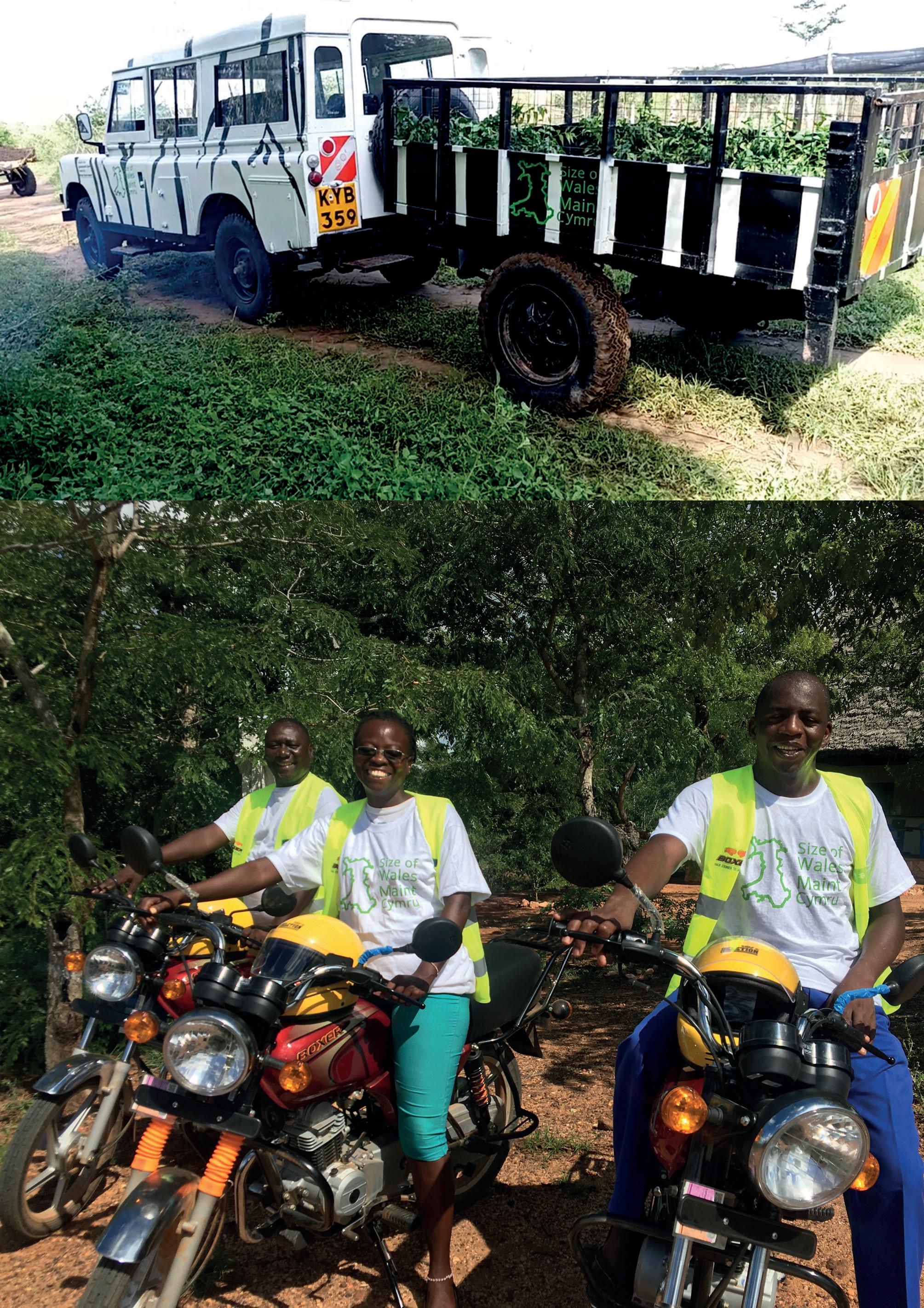
bosques tropicales en nombre de amigos, familias y compañeros de trabajo: bien enviando tarjetas de Navidad electrónicas o bien a través de certificados de regalo.
Puede visitar la página de Árboles para la Navidad en www.sizeofwales.org.uk para ver todas las formas a través de las cuales se puede dar apoyo a la campaña. En una coyuntura de crisis como la que vivimos este año con la pandemia global, la solidaridad internacional y el abordar el problema del cambio del cambio climático de manera conjunta han cobrado una dimensión e importancia si cabe aún mayores si cabe.




34 OTWO 16 / NOVEMBER 2020
WELCOME TO THE FUTURE GIBRALTAR
The Vita Nova Residence Part I
Homelessness in the 21st Century: the world-wide socio-economic challenge
BIENVENIDOS AL NUEVO GIBRALTAR: The Vita Nova Residence Parte I Sin techos en el siglo 21: el reto socio-económico global en el siglo 21
Following from the articles published in the previous editions of the magazine, we continue our exploration of the potential of sustainable re-use of existing buildings through regeneration of previously developed sites, whilst at the same time examining a global socio-economic challenge, which effects every country in the world without exception, whilst we transform an existing derelict local building by applying a range of Sustainable Development Goals (SDGs), a globally recognised and agreed consensus on achieving sustainable development.
Siguiendo la estela de los artículos publicados en ediciones previas de esta revista, continuamos nuestro análisis del potencial que tiene la reutilización de los edificios existentes a través de la regeneración de zonas previamente urbanizadas mientras que, paralelamente, examinamos un reto socio-económico internacional que afecta a cada país del mundo, sin excepción, a la vez que transformamos edificios abandonados a través de la aplicación de una serie de Objetivos de desarrollo sostenible como parte de un consenso alcanzado globalmente.
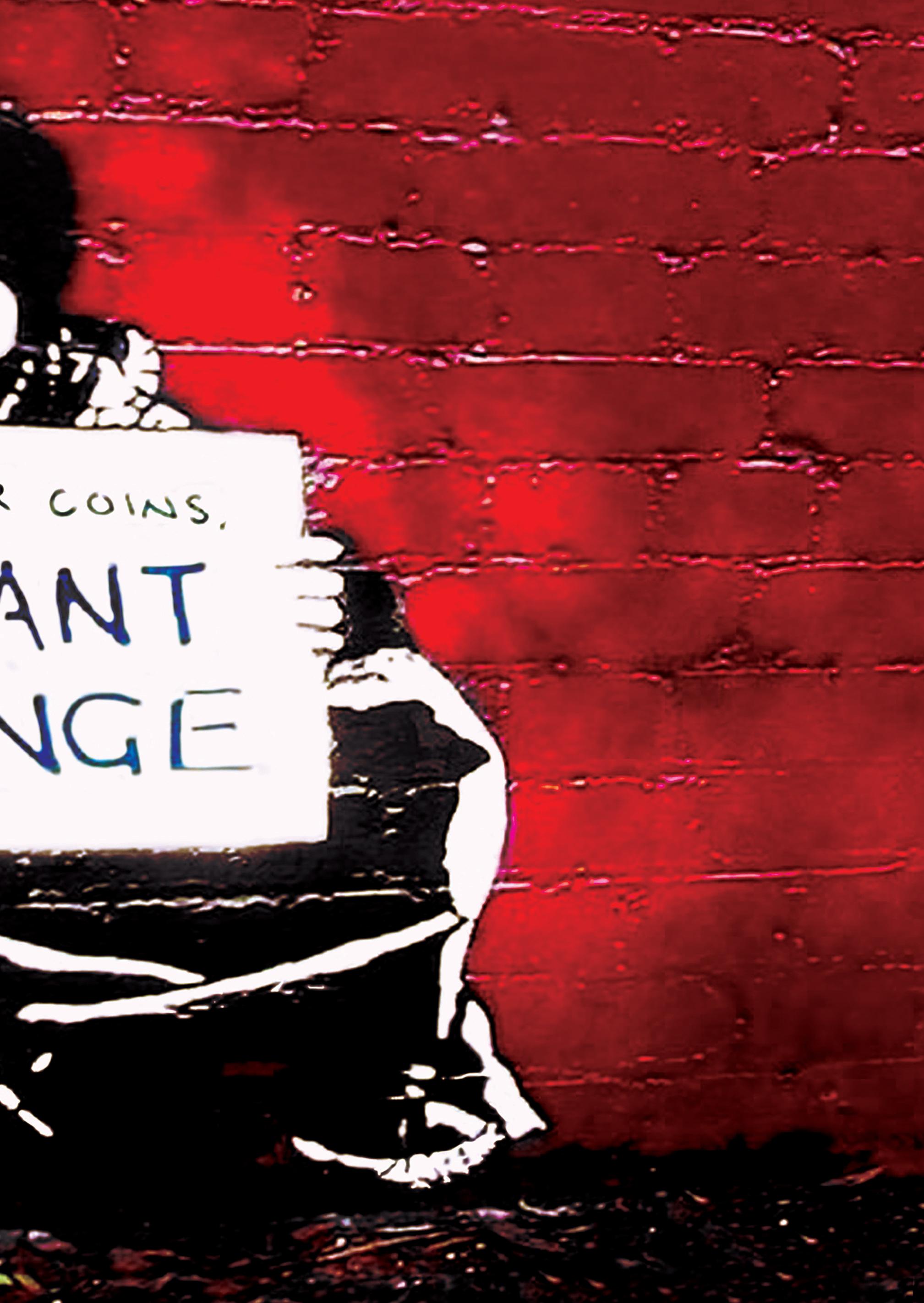

35
OTWO 16 / NOVEMBER 2020
Joanna Jadczak BA(Hons), MA Planning & Sustainability, Planning Vision.
Homelessness: a Global Quandary
Despite being unevenly spread across countries, homelessness is a global quandary requiring a global holistic approach to solve. It spans every society and country and continuous to derail people’s quality and decency of life and their potential to economic empowerment.
In 2005, The United Nations conducted a global survey based upon which they estimated that 1.1 billion people world-wide live in inadequate housing, a figure that has increased by 1,500 percent between 2005-2015 in addition to the estimated 100 million homeless people world-wide. The progression is simply staggering.
Each country classifies homelessness differently and its homeless population make up differs.
Some homeless persons fall into the category of permanent homelessness with others into transitional or episodic homelessness, which involves using the shelter system as a relatively brief stepping stone to find permanent housing.
Irrespective of the form homelessness takes, it happens as a result of people not being able to access the housing and support systems they require, which can be the result of economic and socio-structural factors, such as shortage of affordable housing, extreme poverty, age, divorce, personal or family conflict and discrimination, with some people being more vulnerable to homelessness than others. Thus, it occurs when systems of care and support fail or simply are not adequate with the immediate cause often being an exogenous shock.
As cities grow, the need for affordable housing often does not keep pace. Even where developers are required to deliver a percentage of new affordable units within the new schemes, wages rarely rise alongside the cost of living.
The issue therefore sits at the intersection of urbanisation, public health, mental illness, racial and age discrimination, domestic violence, housing availability and affordability, illegal or rightful eviction, as well as infrastructure and unemployment.
The Real Face of Homelessness
Global policy organisations that exist to address topics such as informal settlements and refugee resettlement have almost entirely excluded street homelessness from the debate. For example, while
El desamparo: un dilema global
Aunque su existencia es desigual dependiendo del país, el desamparo constituye un dilema moral cuya resolución requiere de un enfoque holístico global. Se extiende por cada sociedad y país y continúa depauperando la calidad y decencia de vida de las personas así como potenciando las posibilidades de empobrecimiento.
En 2005, las Naciones Unidas llevaron a cabo una encuesta global de la cual se concluyó que 1.100 millones de personas viven, a nivel global, en infraviviendas, una cifra que ha crecido en un 1.500 por ciento entre 2005 y 2015y se suma a los 100 millones de personas sin hogar estimadas a nivel internacional. La evolución resulta asombrosa.
Cada país clasifica el desamparo de forma diferente y su población sin techo así como establece distinciones entre su población de personas sin techo. Hay desamparados que se inscriben en la categoría de sin-hogar permanente en tanto que otros están clasificados en la de transicional o episódica, lo cual implica la utilización del sistema de protección como un pequeño punto de arranque para encontrar residencia permanente.
Con independencia de la forma de desamparo, éste se produce como resultado de que las personas no puedan acceder a la vivienda y a sistemas de ayuda que necesitan, lo cual puede producirse por causa de factores socio-económicos y estructurales tales como la escasez de vivienda asequible, pobreza extrema, edad, divorcio, conflicto personal o familiar y discriminación, existiendo personas más expuestas al desamparo que otras. Esto se da cuando fallan los sistemas de protección y apoyo o éstos no son los adecuados y la consecuencia inmediata de ello suele derivar en crisis extremas.
A medida que crecen las ciudades, la necesidad de proporcionar vivienda asequible a menudo se queda atrás. Hasta cuando los promotores tienen la exigencia de entregar un porcentaje de nueva vivienda asequible como parte de nuevos proyectos urbanizadores, los salarios rara vez se elevan al mismo ritmo que el nivel de vida.
La cuestión, por tanto, se centra en la intersección de los siguientes factores: desarrollo urbanístico, salud pública, salud mental, discriminación por raza o edad, violencia doméstica, acceso a la vivien-
36 OTWO 16 / NOVEMBER 2020
TYPES OF HOMELESSNESS
People without accommodation
• Sleeping in the streets or in other open public spaces;
• Sleeping in public roofed spaces or buildings not intended for human habitation);
• Sleeping in their cars, open fishing boats and other forms of transportation;
• ‘Pavement dwellers’, individuals or households who live on the street in a regular spot, usually with some form of makeshift cover and/or enclosure.
People living in temporary or crisis accommodation
• Staying in night shelters;
• Living in homeless hostels and other type of temporary accommodation;
• Women and children living in refuges for those fleeing domestic violence;
• Living in camps provided for internally displaced people;
• Living in camps or reception centers/temporary accommodation for asylum seekers, refugees and other immigrations.
People living in severely inadequate and insecure accommodation
• Sharing with friends and relatives on a temporary basis;
• Living under threat of violence;
• Living in cheap hotels bed and breakfast or similar;
• Squatting in conventional housing;
• Staying in conventional housing that is unfit for human habitation;
• Living in caravans and tents;
• Living in extremely overcrowded conditions;
- Staying in non-conventional buildings and temporary structures, including informal settlements.
TIPOS DE DESAMPARO
Personas sin alojamiento
• Duermen en la calle u otros espacios públicos abiertos.
• Duermen en espacios públicos techados o edificios sin habilitar para el alojamiento de personas.
•Duermen en sus coches, barcos pesqueros u otros vehículos.
• ‘Habitantes de las aceras, individuos que viven en la calle en un sitio habitual, normalmente en un habitáculo realizado de forma improvisada.
Personas alojadas en alojamientos temporales o críticos
• Alojadas en refugios nocturnos.
• Alojadas en albergues para los sin techo y otros tipos de alojamiento temporal.
• Mujeres y niños alojados en domicilios para las víctimas de violencia doméstica.
• Alojadas en campamentos para refugiados.
• Alojadas en campamentos o centros de recepción temporal, residencias para peticiones de asilo, refugiados y otros inmigrantes.
Personas con alojamiento seriamente inadecuado e inseguro
• Compartiendo alojamiento con amigos o familiares con carácter temporal.
• Alojamiento bajo amenazas violentas.
• Alojadas en hoteles baratos, pensiones o similares.
• Ocupando viviendas convencionales.
• Alojadas en viviendas convencionales que no están en condiciones para ser habitadas.
• Alojadas en caravanas o tiendas.
• Viviendo en condiciones de extrema saturación de personas.
• Alojadas en edificios no convencionales y estructuras residenciales de tipo temporal.
the United Nations’ Sustainable Development Goals (SDGs) include indicators around the percentage of people living in slums, there is no mention across any goal or indicator of street or shelter homelessness.
Progress has however recently been made in this area, as the agenda developed from the third United Nations Conference on Housing and Sustainable Urban Development (Habitat III) held in October 2016, included a provision on homelessness, which seeks for positive measures to be taken in order to improve the living conditions of homeless people with a view of facilitating their full participation within the society, prevent and eliminate homelessness in general and eliminate its criminalisation. Regrettably, many Governments to date continue to respond to the challenge of homelessness with incommensurate demonstrated commitment to cause a sustainable change to the status quo.
Gibraltar’s homelessness issue is characterised by a mixture of the different categories and types of homelessness outlined above. Although it may seem that the challenge might not be wide-reaching and complex, considering the varying degrees and types of homelessness, much of which is being disregarded and/or not recognised as homelessness, rather misunderstood, the true scale of this challenge is underestimated. In reality, homelessness can affect all layers of society and people from all walks of life at any given point in time. Notwithstanding the size and extent of this socio-economic challenge, its existence is unquestionable and the efforts to address it continue with a long complex journey ahead.
The long-standing community pressure group, Action for Housing, have long been campaigning for decent standard housing for all local residents and the requirement to ensure that every citizen, irrespective of how unfortunate the circumstances they found themselves in, is provided with the support they require in order to return to stable accommodation. The pressure group in the past highlighted the requirement to provide further infrastructure and support locally with such facilities as a Half-way House for homeless men in order to address the immediate recognised need to assist this segment of the homeless population of Gibraltar, as well as temporary housing accommodation, amongst other ongoing efforts.
da y asequibilidad de la misma, desahucios justificados o ilegales así como las infraestructuras y el desempleo.
La verdadera cara del desamparo
Las organizaciones de ámbito global que se ocupan de cuestiones como los asentamientos precarios y el reasentamiento de refugiados han excluido del debate, casi en su totalidad, al desamparo callejero. Por ejemplo, mientras que los Objetivos de desarrollo sostenible de las Naciones Unidas incluyen indicadores relativos al porcentaje de personas viviendo en barrios marginales, no existe mención alguna u objetivo relacionados con protejer del desamparo.
No obstante sí se ha avanzado recientemente en este aspecto, dado que la agenda desarrollada a través de la tercera conferencia de las Naciones Unidas sobre la Vivienda y el Desarrollo Urbano Sostenible (Habitat III), celebrada en octubre de 2016, incluyó un apartado dedicado al desamparo que persigue la aplicación de medidas para mejorar las condiciones de vida de la gente sin techo, prevenir y erradicar el desamparo en general y poner fin a su criminalización. Lamentablemente, no muchos gobiernos siguen a día de hoy dando respuesta al reto del desamparo a través de compromisos contundentes que puedan cambiar la situación.
En Gibraltar el desamparo se caracteriza por amalgamar las diferentes categorías existentes que fueron mencionadas más arriba. Aunque pueda parecer que el reto no es amplio y complejo, si se tienen en cuenta los varios niveles y tipos de desamparo, entre los cuales hay muchas formas que no suelen acreditarse como tal, la conclusión es que la verdadera escala de este reto está infravalorada. Con independencia de la magnitud y alcance de este desafío socio-económico, su presencia resulta incuestionable y los esfuerzos para hacerle frente tienen aún por delante un largo y complicado camino.
El veterano grupo de presión Action for Housing hace campaña desde hace años a favor de una vivienda decente para todos los residentes locales así como por que cada ciudadano, con independencia de cómo de desafortunadas puedan ser sus circunstancias personales, reciba el apoyo necesario para disfrutar de un alojamiento estable. En el pasado este colectivo subrayó la necesidad de que se proporcionase mejor infraestructura y mayor apoyo a nivel lo-
38 OTWO 16 / NOVEMBER 2020
The matter has recently also been widely discussed within social media, as earlier this year, the last temporary tenants of the Europa Retreat Center, where a group of homeless men had sought temporary refuge during the Covid-19 pandemic had been evicted. The situation they found themselves in prompted a wave of comments on social media, highlighting the importance of this matter and the level of concern and consideration amongst the local residents. The individuals were offered alternative accommodation by the Government; however, some unfortunately appear to have been unable to commit to the options made available to them for various reasons, ranging from financial to personal.
Locally policies of rent control had been designed to maintain the affordability of existing housing for the local residents and regulate the housing market seeking to protect tenants from sudden or unfair rent increases that may cause them to lose their housing. The Government has also previously taken various other actions seeking to assist the local residents in respect of, not only affordable permanent housing solutions, but also through the introduction of other measures in relation to the provision of temporary accommodation, such as offering subsidised accommodation in the Emile Hostel to those in need of shelter with the most recent announcement being a decision to provide flats to the aforementioned individuals.
Reconstructing the Urban Environment: For a Brighter Urban Future
There is a significant amount of focus on permanent supportive housing, which is the ultimate solution for ending homelessness, however permanent housing solutions can take anything from two to five years to allocate a site, design, develop and build, leaving those in need of said accommodation without a place to live in the interim. Consequently, there is a need for some form of a temporary housing provision locally to be implemented alongside the issue of affordable housing for local residents being managed; after all, decent standard housing for all is the ultimate goal. Until it is reached however, solutions that allow for the health and safety of the local residents and businesses whilst offering the same dignified path to self-sufficiency for our less fortunate citizens, is the only and right way forward.
cal a través de instalaciones como una residencia de transición para los hombres sin techo de cara a abordar la necesidad detectada de atender a este grupo de desamparados en Gibraltar, así como la provisión de alojamiento temporal y otras medidas similares.
La cuestión ha sido también debatida recientemente en las redes sociales después de que este mismo año fuesen desalojados los últimos residentes del Europa Retreat Center, un grupo de hombres sin hogar que habían solicitado refugio temporal durante la pandemia del Covid-19. La situación de estas personas dio pie a una sucesión de comentarios en las redes sociales con las que se puso de relieve la importancia de este asunto y la preocupación de la comunidad local al respecto. A estas personas les fue ofrecido un alojamiento alternativo por parte del gobierno. Sin embargo, parece que algunos no pudieron cumplir con los compromisos que se les requirieron debido a motivos de diversa índole, desde la económica a la personal.
Las políticas locales de control del alquiler han sido diseñadas para mantener la asequibilidad de la vivienda existente, para los residentes locales, y regular el mercado inmobiliario de cara a proteger a los arrendadores de subidas de precio repentinas o injustas que pudieran precipitar que pierdan el alojamiento. El gobierno ha tomado también otras varias acciones, con anterioridad, para ayudar a la ciudadanía no sólo proporcionando soluciones para la asequibilidad de la vivienda, sino también a través de la introducción de otras medidas respecto a la provisión de alojamiento temporal: desde el alojamiento subvencionado ofrecido en Emile Hostel para aquellos necesitados de vivienda hasta el anuncio más reciente de facilitar pisos para los individuos mencionados.
Reconstruyendo el entorno urbano: Por un futuro urbanístico más luminoso
Existe una atención significativa a la vivienda de apoyo permanente, la última solución para acabar con el desamparo. Empero, la materialización de la misma puede llevar de dos a cinco años debido a la necesidad de determinar un ubicación, diseñar, desarrollar y construir las casas, de modo que las personas que necesitan el alojamiento quedan sin techo durante ese periodo. De ahí que exista la necesidad de alguna forma de alojamiento temporal
OTWO 16 / NOVEMBER 2020 39

40 OTWO 16 / NOVEMBER 2020

OTWO 16 / NOVEMBER 2020 41
The flexibility of any building seeking to provide shelter during the transitory process that homeless persons undergo requires a balanced environment between permanence and impermanence. Appropriately designed developments offer the opportunity to provide spaces that synergise with their occupant’s recovery, without institutionalising their surroundings.
Homelessness is not simply about an individual lacking a physical ‘home’, but usually involves psychological struggles, drug-abuse or financial issues. Hence, what is needed is more than accommodation; instead, a progressive and conducive environment where these individuals have access to adequate support facilities and opportunities provides for a holistic solution, as addressing the root cause of homelessness plays an important role in the reintegration of the homeless individuals back into the community and prevention of the reoccurrence of homelessness.

Shaped
by the Building: The Vita Nova Residence
In our upcoming December article, we will demonstrate how appropriately designed space can bridge the gap between homelessness and temporary/semi-permanent accommodation with focus upon humanising the special aspect of the living space and empowering its future residents in order to assist their rehabilitation.
The residence will provide unique opportunities and services aimed at aiding its occupants in their recovery, return to work, securing permanent accommodation and restoring their independence.
The Vita Nova Residence will be designed to become its own ecosystem, striving to become a self-sufficient system, bridging the gap between homelessness and independence.
que sea implantada a la vez que se gestiona la accesibilidad a la vivienda para los residentes locales. Después de todo, proporcionar una vivienda decente para toda la comunidad constituye el objetivo definitivo. Hasta llegar ahí, las soluciones que proporcionen salud y seguridad a los ciudadanos y empresas locales abriendo a su vez la misma vía de dignidad y autosuficiencia para nuestros residentes más desafortunados, constituye el único camino posible.
La flexibilidad de cualquier edificio pensado para proporcionar refugio durante el proceso transicional que las personas sin hogar tienen que atravesar requiere de un equilibrio entre la permanencia y la no permanencia. Las promociones diseñadas de forma apropiada ofrecen la posibilidad de proporcionar una sinergia adecuada a la recuperación del ocupante sin que su entorno tenga que ser institcuinalizado.
El desamparo no trata únicamente de un individuo que carezca de un hogar ‘físico’ sino que implica a menudo conflictos psicológicos, abuso de sustancias o dificultades económicas. De ahí que lo que se necesite vaya más allá del alojamiento en sí. En su lugar, un entorno apropiado y dinámico en el que estas personas tengan acceso a oportunidades y situaciones de apoyo constituya la fórmula necesaria para proporcionar una solución holística, estudiando por ejemplo la raíz y causa de cada caso de cara a aplicar las medidas de reinserción en la comunidad para los sin techo y prevenir que se repitan los escenarios que condujeron a la situación de desamparo.
Determinado por el edificio:
The Vita Nova Residence
En nuestro próximo artículo de diciembre demostraremos hasta qué punto un espacio bien diseñado puede reducir la brecha entre el desamparo y el alojamiento temporal y semi-permanente, centrándonos en la humanización de la vivienda y contribuyendo a los futuros residentes para que puedan llevar a cabo su rehabilitación.
La residencia facilitará servicios y oportunidades singulares con el objetivo de ayudar a los residentes en su recuperación y regreso al mercado laboral, garantizando un alojamiento permanente y devolviéndoles su independencia construyendo puentes entre el desamparo y la independencia.
42 OTWO 16 / NOVEMBER 2020




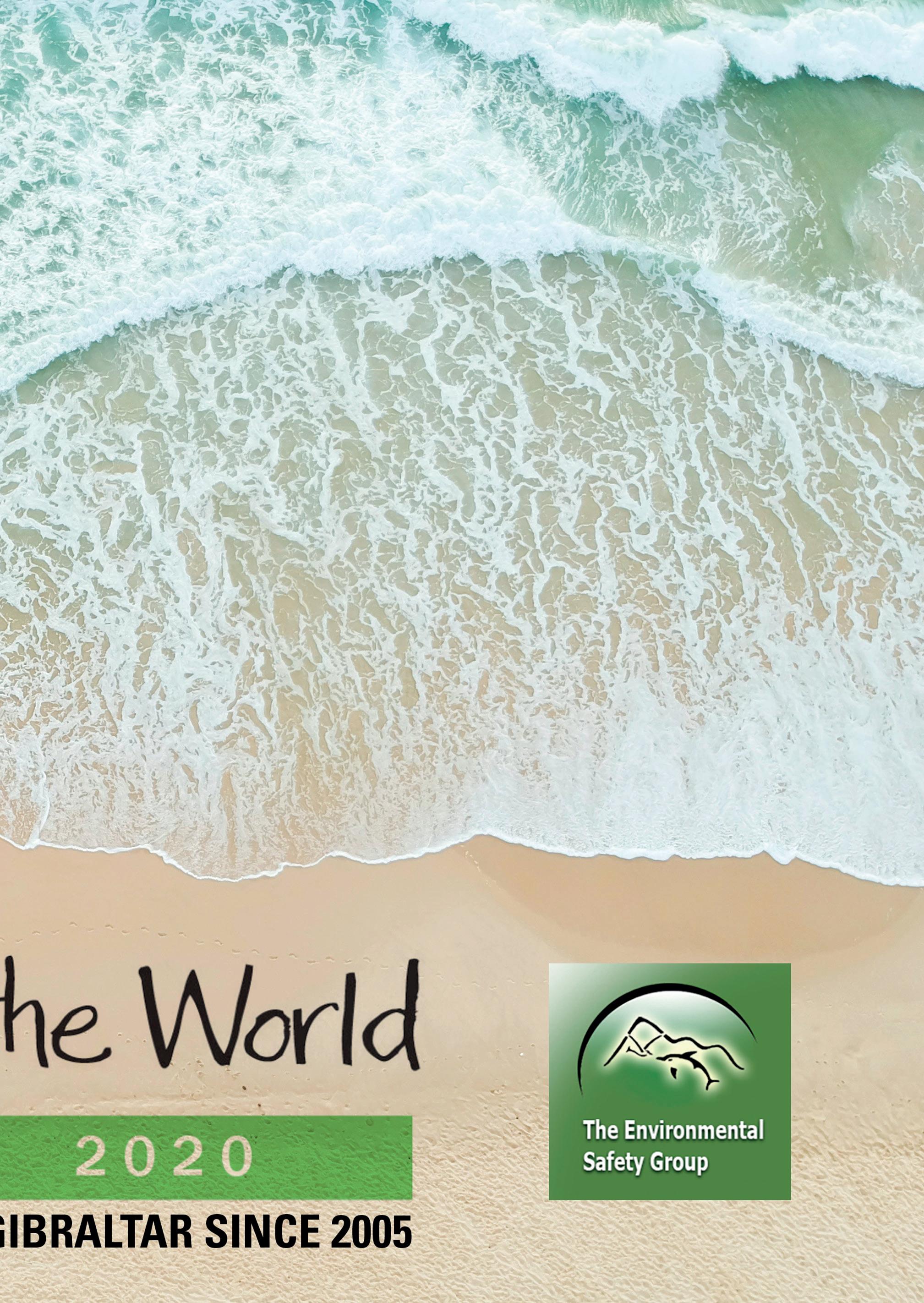
THE ENVIRONMENTAL SAFETY GROUP
47
/
Team leaders Archive Records
Text: CUTW/ESG
Images: ESG-CUTW


48 OTWO 16 / NOVEMBER 2020
How CUTW began
As a nature lover raising a young family in Gibraltar and after spending an extended period in East Africa working on conservation and wildlife filming, we were always exploring wild places. It was shocking to see these covered in waste, both historic and new - a travesty for our natural environment and our civic pride.
ESG had already been established for 5 years when we registered for the first clean up in 2005 and was well known in the community for tackling various environmental issues. At the time, the Environment was not yet a priority within Government.
I came across the phenomenal Clean Up the World (CUTW) campaign online while researching outreach work to promote local environment issues in our schools and community. CUTW had been running for 12 years and had already had an incredible impact worldwide. The horrendous scale of waste in our environment required a community wide response with support from every sector and the campaign provided the perfect platform.
The community supported us in great numbers. 30 key hotspots were identified throughout Gibraltar, which thereafter became regular areas to clean and monitor. These were green, coastal, cliff, roadside and underwater areas as well as some urban locations. Due to the lack of waste facilities at the time, we found major dumping grounds of large household items, construction materials, electronics, clothes, tyres, batteries, furniture, and regular litter. Diseased and invasive vegetation was also tackled with projects developed with the GONHS and we worked with the Gibraltar Heritage Trust as some of their sites suffered from chronic littering and dumping. We also campaigned for improved waste facilities and recycling development.
The campaigns success was measured in terms of clearing and restoring multiple natural areas back to a healthy state, while also creating awareness and calling on our community to become more conscious and responsible. This in turn encouraged authorities to speed up waste and litter management measures in response to the hands-on civic action.
Each year, we share pictures of our final ‘piles’ to create awareness of the scale of the problem, with a goal to liberate natural habitats from major volumes of waste. This demonstrates the drastic reduction of
Cómo empezó CUTW
Como amantes de la naturaleza que formamos una joven familia en Gibraltar y tras pasar un largo periodo de tiempo en Sudáfrica dedicados a la conservación y a filmar la naturaleza, siempre hemos ido explorando lugares naturales. Nos resultó alarmante observarlos cubiertos de residuos, antiguos y nuevos. Un insulto a nuestro entorno natural y orgullo cívico.
El ESG tenía ya cinco años de existencia cuando nos apuntamos a la primera operación de limpieza en 2005 y ya era bien conocido en la comunidad por haber abordado varias cuestiones medioambientales. En ese momento, el Medio Ambiente aún no era una prioridad dentro del Gobierno.
Descubrí la extraordinaria campaña Limpiemos el Mundo CUTW en internet cuando buscaba información para promover cuestiones medioambientales de índole local en nuestras escuelas y en la comunidad. CUTW acumulaba 12 años de trayectoria y había conseguido ya un impacto increíble a nivel mundial. La desastrosa cantidad de residuos existente en nuestro entorno requería de una respuesta a nivel de comunidad con el respaldo de cada sector, y la campaña en cuestión proporcionó la plataforma perfecta para ello.
La comunidad nos apoyó a gran escala. Se identificaron 30 puntos críticos por Gibraltar que luego se convertirían en zonas que controlar y supervisar de forma regular. Se trataban de zonas de litoral, carretera y submarinas así como de algunos enclaves urbanos. Debido a la carencia de facilidades lidiar con los residuos que se daba entonces, encontramos grandes zonas de vertederos donde se apilaban electrodomésticos de gran dimensión, materiales de construcción, aparatos electrónicos, ropa, neumáticos, baterías, muebles y basura convencional. La vegetación enferma e invasiva fue abordada también con GONHS y colaboramos con la Gibraltar Heritage Trust dado que alguna de las zonas bajo su supervisión sufrían de basura y vertidos acumulados durante varios años. También hicimos campaña para que se mejorasen los recursos para el depósito de residuos así como para el desarrollo del reciclaje.
El éxito de estas campañas se materializó a través de la limpieza y restauración de varias zonas naturales y con la concienciación impulsada entre nuestra
OTWO 16 / NOVEMBER 2020 49
dumped waste over the years as resources improve.
During the first clean ups, the ESG would plan several months ahead of the weekend itself. The event was divided into two sections – sites, clean ups and logistics, and awareness programmes in town with parades, exhibitions, workshops.
The town event emphasized issues with a noisy and colourful parade. Here we promoted litter issues, its impact and the need to look after our environment, as well as information on litter hotspots and actions taken by volunteers. Schools always enjoyed our parades, with strong participation along with clubs and associations. Older students were targeted to help with demanding sites, so an awareness programme was developed to include younger schools. Youngsters would carry banners and posters displaying important messages, and local ‘green’ artists such as Anne Coelho, Kim Soiza, Michele Stagnetto and Ania Maza would also contribute, often in collaboration with schools and clubs to produce eye-catching models and displays. We also exhibited artwork from schools.
Early clean ups required careful planning with at least two team leader meetings and due to the state of some sites, teams worked the entire weekend. Logistics for some of the worst and challenging sites also needed careful planning and risk assessments to ensure safety. We followed the global CUTW strategy from the start, kitting out all teams with identity bibs, gloves and other necessary items as well as safety guidelines. We fundraised to purchase equipment, clothing, printing and parade materials. In later years, some equipment was donated, and the campaign saw regular sponsorship. More recently we have minimised the use of as much single use equipment as possible with the help of our amazing steering team. An important task when you have up to 500 volunteers in action.
With fewer and easier sites to tackle, our planning meetings are now down to one. Planning is also easier thanks to the many teams committed to taking part every year.
The clean ups themselves have reduced in intensity and duration, going from full weekends to just a few hours on one day. However, we believe this is also due to investment and efforts cleaning up after people which, if stopped, would soon see areas re-
comunidad para observar un comportamiento más responsable. Ello conllevó que las autoridades le dieran un impulso a la gestión de la basura y los residuos a raíz de la colaboración de la ciudadanía.
Cada año compartimos fotografías de los apilamientos que formamos en las recogidas de cara a incrementar la concienciación colectiva respecto a la magnitud del problema y con el objetivo de liberar a los hábitats naturales de grandes cantidades de residuos. Ello prueba la drástica reducción de residuos arrojados que se ha venido produciendo a lo largo de los años a medida que mejoraban los recursos.
Durante las primeras campañas, el ESG planeaba con varios meses de antelación del fin de semana de la recogida. El trabajo se dividía en dos secciones: enclaves, limpieza y logística por un lado y programas de concienciación en la ciudad con desfiles, exposiciones y talleres por otro.
El evento urbano promovió la concienciación a través de una cabalgata alegre y colorida. Promovimos allí cuestiones relativas a los deshechos callejeros, su impacto y la necesidad de cuidar nuestro entorno, proporcionando información sobre los contenedores y las acciones emprendidas por el voluntariado. Los colegios siempre celebraron nuestros desfiles y participaron con fruición junto a clubes y asociaciones. A los estudiantes de mayor edad se les encomendó que ayudaran con las zonas más necesitadas de actuación y un programa de concienciación fue elaborado para incluir a escolares más jóvenes. Los jóvenes llevaron pancartas y carteles con mensajes relevantes y artistas ecologistas locales como Anne Coelho, Kim Soiza, Michele Stagnetto y Ania Maza también colaboraron, a menudo con los colegios y los clubes, para realizar exposiciones y modelos atractivos. También expusimos obras plásticas realizadas en los colegios.
Las primeras acciones de limpieza exigieron una planificación cuidadosa que implicaron al menos dos reuniones con jefes de equipo y, debido a las condiciones en las que se encontraban algunos enclaves, los equipos tuvieron que trabajar durante todo el fin de semana. La logística para algunos de los enclaves que en peores condiciones se encontraban demandó también la misma planificación cuidadosa así como la evaluación de riesgos para garantizar la seguridad de los voluntarios. Desde el principio nos acogimos
50 OTWO 16 / NOVEMBER 2020


OTWO 16 / NOVEMBER 2020 51


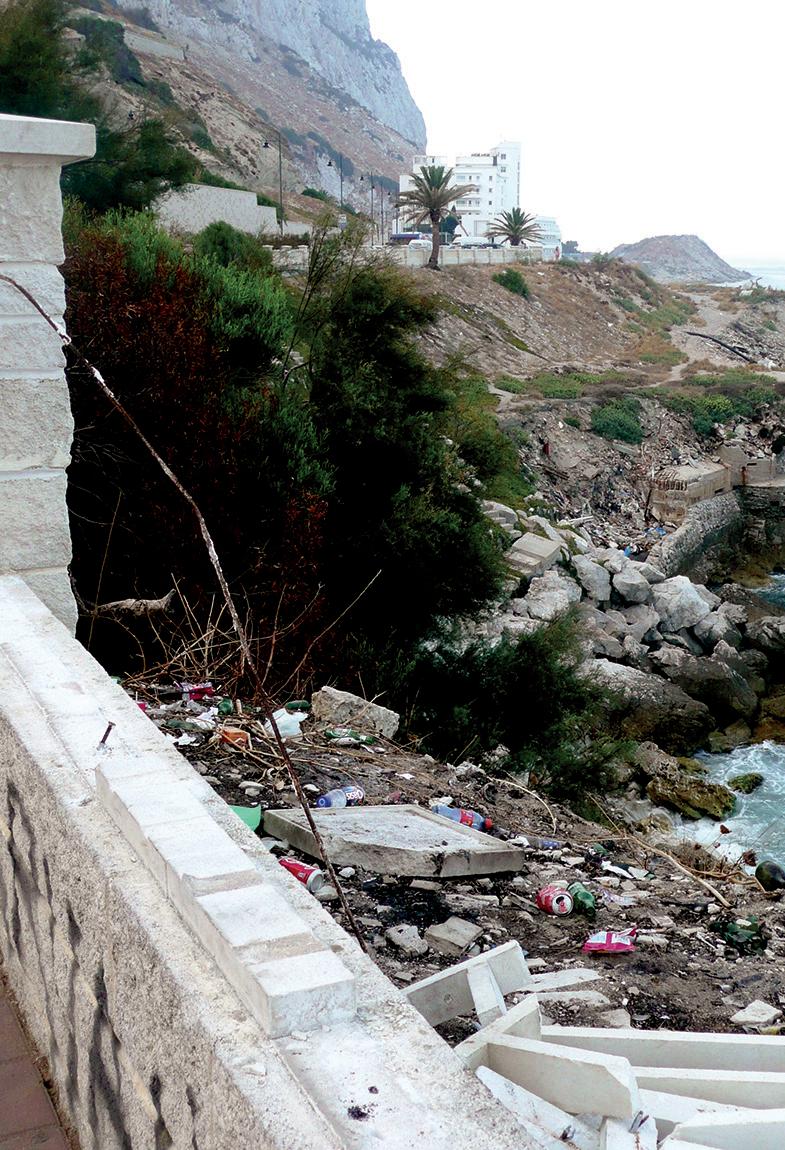
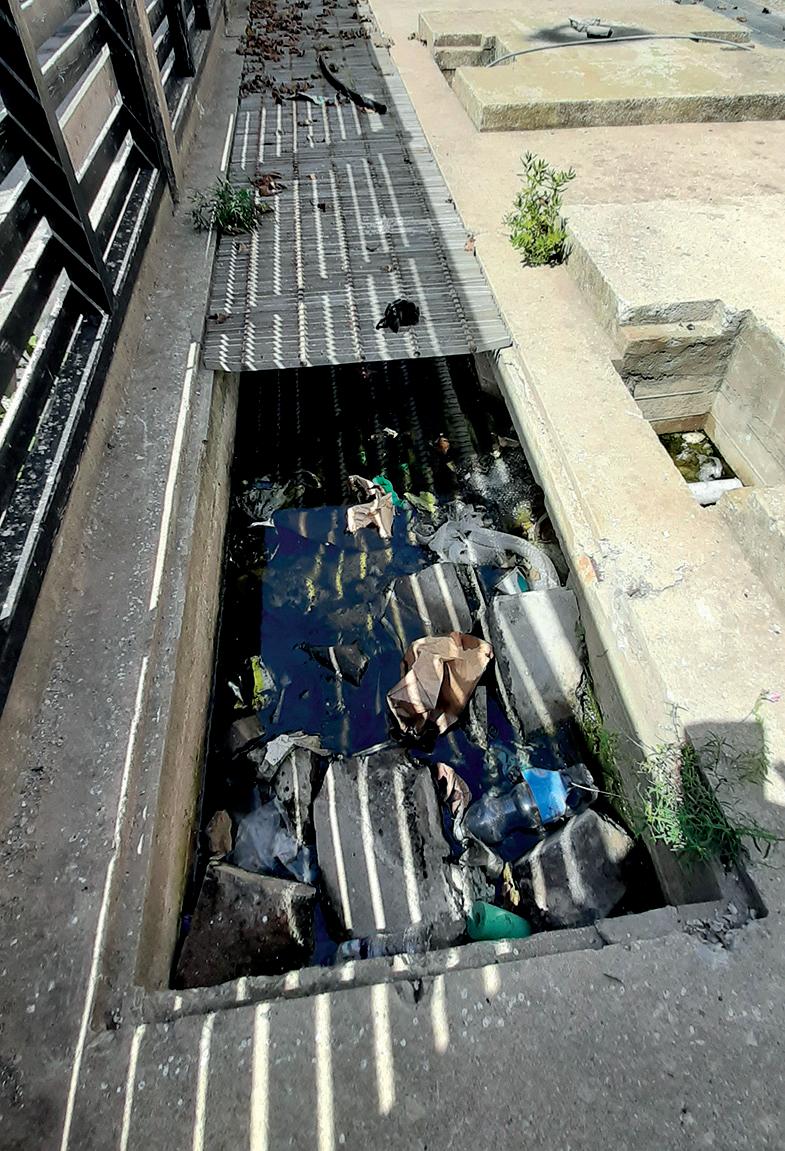
52 OTWO 16 / NOVEMBER 2020
vert to prior dirty levels. In early years, the amount of waste in open environments, roadsides and private lands was staggering. These areas improved so we tackled harder to access areas. Cleaning contracts were also revised to include the monitoring and cleaning of our natural sites, at least intermittently, keeping these from degrading too badly.
Environmental awareness within our community has also improved. EU regulations continue to set stricter waste controls and schools have signed up to EU environmental programmes, creating a sustained voice in the heart of our educational establishments. The Department of the Environment has developed various outreach programmes and various environment NGOs have since formed, The Nautilus Project, has taken on a number of issues including inspiring youngsters to treasure our marine environment and organising regular beach cleans.
Investment in our waste facilities, which is now open 7 days a week, has made a huge difference to fly tipping. Litter Wardens were appointed, abseilers trained and the Litter Committee reinstated to oversee issues and actions needed.
Although our parades stalled in 2019 and 2020 due to our involvement in the Climate Change Protest and Covid restrictions respectively, we hope to be able to hold our rallies again next year.
Running this type of campaign is demanding and preparation takes considerable time. But after 16 years, community awareness means that we have a cohort of teams that participate each year allowing us to reduce promotional activities. In 2020 Covid forced us to reduce the size and spread of our operation and we were advised not to advertise at all. Apologies to those of you we know would have loved to have taken part.
We organise every aspect of the clean-up including waste removal and team leaders are invited to give feedback, suggestions, observations and report on waste they have encountered. These are included in a detailed summary that the ESG submits to Government and the Litter Committee.
CUTW over the years
The first 7 years were significant for many reasons. We had widespread participation and support to tackle the crippling levels of waste. Several major achievements in terms of waste removed from
a la estrategia general de CUTW, identificando adecuadamente a cada una de nuestras brigadas de limpieza, proporcionándoles guantes así como otros materiales necesarios además de asesoramiento respecto a la seguridad. Recogimos fondos para adquirir equipamientos, ropa, y material para la impresión y los desfiles. En años subsiguientes, recibimos donaciones de equipamiento y la campaña disfrutó de patrocionio. En tiempos más recientes hemos reducido en lo posible el uso de equipamiento individual gracias a la ayuda de nuestro formidable equipo directivo, algo que resulta primordial cuando hay hasta 500 voluntarios en acción.
Con un número menor de enclaves en los que actuar y menos dificultades en los mismos, nuestras sesiones de planificación han sido reducidas a sólo una. La planificación resulta también más sencilla debido a la cantidad de equipos que se comprometen año tras año.
Las maniobras de limpieza en sí se han reducido en intensidad y duración, pasando de fines de semana completos a apenas unas cuantas horas en un día. No obstante, opinamos que esto se debe también a las inversiones y el esfuerzo en limpiar que, de paralizarse, rápidamente producirían que las zonas volvieran a las condiciones de suciedad de años anteriores. Durante los primeros años, la cantidad de residuos acumulados en entornos abiertos, arcenes y terrenos privados resultaba abrumadora. Se consiguió una mejora en dichas zonas, de modo que trabajamos más duro para acceder a otras. Los contratos de limpieza municipal también fueron revisados a objeto de incluir en ese servicio la supervisión y limpieza de nuestros enclaves naturales, al menos de forma intermitente, para prevenir su degradación.
También ha avanzado la concienciación de nuestra comunidad para con el medio ambiente. Las directivas comunitarias siguen estableciendo controles más estrictos sobre los residuos y los colegios se han subscrito a los programas medioambientales de la Unión Europea, lo cual ha fijado un mensaje permanente en el corazón de nuestros centros educativos. El departamento de Medio Ambiente ha desarrollado varios programas de alcance y desde enconces han aparecido varias ONGs ecologistas. The Nautilus Project, una de las mismas, ha abordado varias cuestiones, incluyendo la de animar a
OTWO 16 / NOVEMBER 2020 53
habitats included Upper Rock hidden tip sites and the boat access only site of Seven Sisters that had endured decades worth of marine debris and fly tipping. Early dive clean ups at Rosia Bay recovered serious amounts of harmful waste including vehicle batteries, baths, large metal pieces and mopeds.
Industrial skips were installed at several locations, with 2011 to 2013 seeing multiple skips filled and lifted out by Dockyard staff from Seven Sisters.
Other key hotspots included Lower Casino, Upper Rock, East side and Europa Advance Road slopes. With the remarkable help from a qualified abseiler and nature lover, Steve Payne, we also managed to tackle tricky areas as he safely guided volunteers. A programme with Master Services to train some staff in abseiling began a systematic cleaning of our wonderful cliffs and slopes. Another major tick for our campaign!
Due to the absence of a dedicated waste facility at the time, we highlighted private land dumps that looked more like third world sites, exposing Gibraltar’s practice of dumping electronic goods into green areas, especially at Europa Advance Road and onto green shoulders above the sea. It was always surprising to pull baths, toilets, trolleys, tv’s and computers from the sea and green areas.
The middle period of the clean ups was possibly the most effective due to the number of resourceful volunteers and sites to tackle. Thousands of volunteers over time have worked so that many of these sites are now managed to a decent standard with some landscaping in place too.
Our major weeklong exhibitions and parades were also extremely successful in attracting attention and leaving a lasting impression on the public.
More recently, our clean ups have focused on sensitive, hard to reach sites, slopes, underwater and rocky revetments, as these threaten the natural environment and require multi-team support. 2020 saw a major dive clean up organised by the ESG and Dept of Environment with GSAC, Dive Charters and Diving with Nic, yielding great results. The ESG also worked with Britannia to ensure that years of dead wood and cane piled up at Seven Sisters was removed which involved a lot of crane work!
Large items are now fewer, although we do remove the odd motorbike or fridge from places they
nuestros jóvenes a que cuiden de nuestro entorno marino y a que lleven a cabo campañas de limpieza en las playas de forma regular.
La inversión en nuestras instalaciones para los residuos, ahora abiertas siete días a la semana, ha marcado una enorme diferencia en lo que respecta a la profusión de vertidos. Se emprendió la contratación de supervisores de basura, se formó a escaladores y el Comité de residuos fue recuperado para estudiar las cuestiones a abordar.
Aunque los desfiles de 2019 y 2020 no se llevaron a cabo por nuestra implicación en la protesta por el cambio climático y las restricciones derivadas del Covid, respectivamente, esperamos poder reanudar estas acciones el próximo año.
Resulta primordial llevar a cabo este tipo de campaña y la preparación de la misma exige la dedicación de una considerable cantidad de tiempo. Pero después de 16 años, la concienciación ciudadana ha proporcionado una cohorte de equipos que participa cada año y nos permite reducir las actividades promocionales. En 2020 el Covid nos ha forzado a reducir nuestro tamaño y alcance operacionales y se nos aconsejó no llevar a cabo ningún tipo de promoción. Nuestras disculpas ante aquellos a los que os hubiera encantado participar.
Organizamos hasta el último detalle las operaciones de limpieza, incluyendo la retirada de residuos, y los jefes de brigada están invitados a proporcionar información, propuestas, observaciones así como a informar de los residuos que han visto. Todo ello se incluye en un resumen detallado que el ESG envía al gobierno y al comité de residuos.
CUTW a lo largo de los años
Los primeros siete años resultaron significativos por varios motivos. Disfrutamos de una participación amplia así como de respaldo para abordar la preocupante existencia de residuos. Entre los muchos logros obtenidos en relación a la eliminación de residuos en diferentes hábitats se encuentran los llevados a cabo en sitios ocultos de la parte alta del Peñón y el acceso único por mar a Seven Sisters que sufrió durante décadas la acumulación de basura marina. Las primeras actuaciones de limpieza submarina en Rosia Bay dieron lugar a la recuperación de cantidades ingentes de residuos dañinos entre los que se hallaron baterías de vehículos, bañeras,
54 OTWO 16 / NOVEMBER 2020
TONS COLLECTED PER YEAR / TONELADAS RECOLECTADAS POR AÑO
To date we have collected 444 tonnes of rubbish (est) / Hasta la fecha se han recojido 444 toneladas de basura (est).
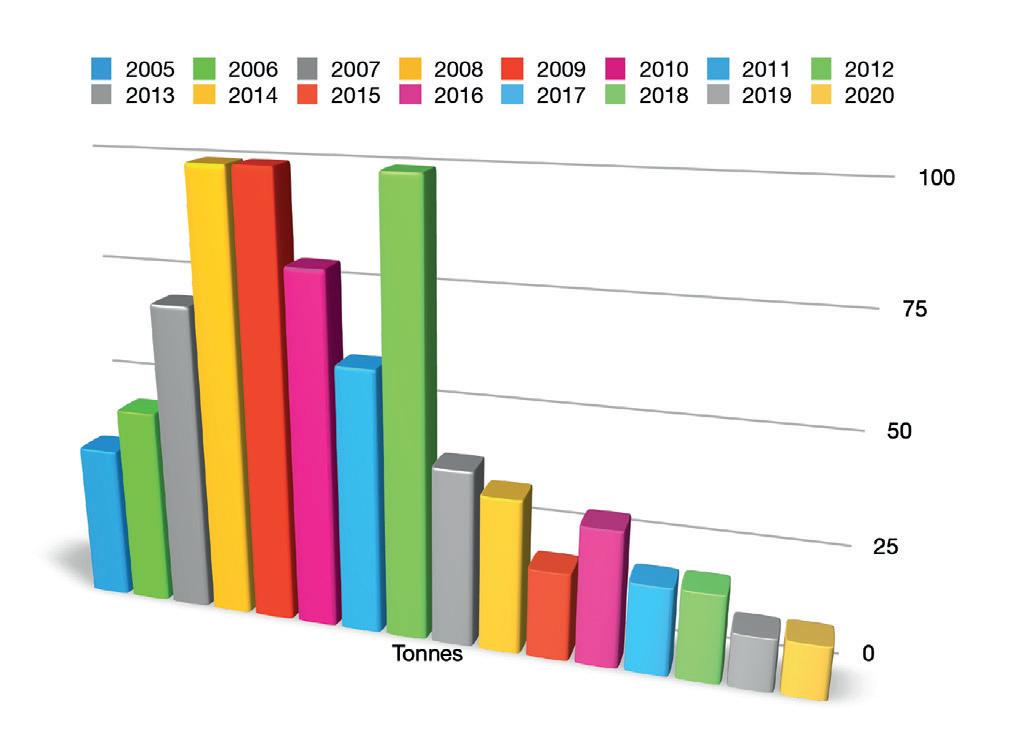
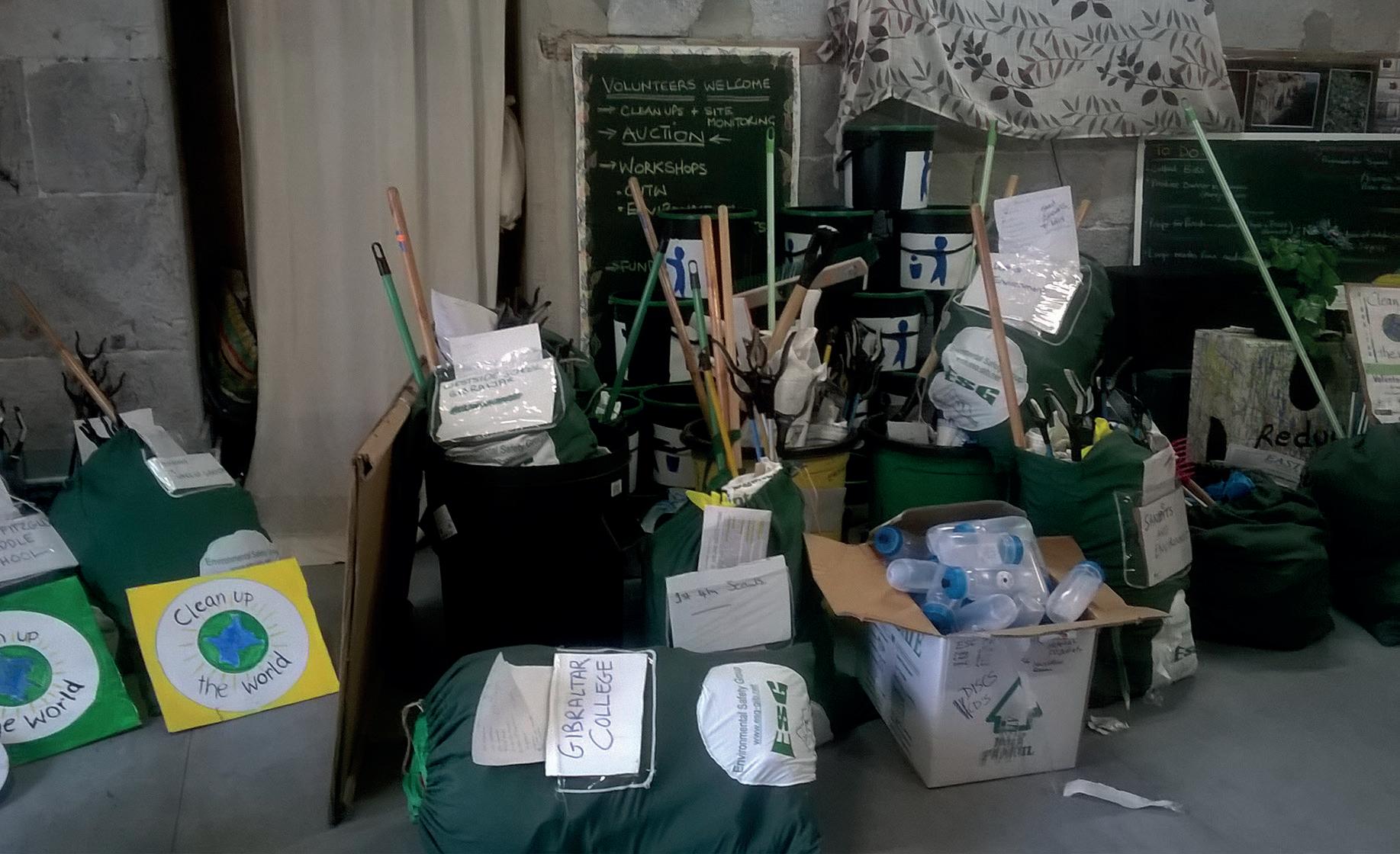
OTWO 16 / NOVEMBER 2020 55
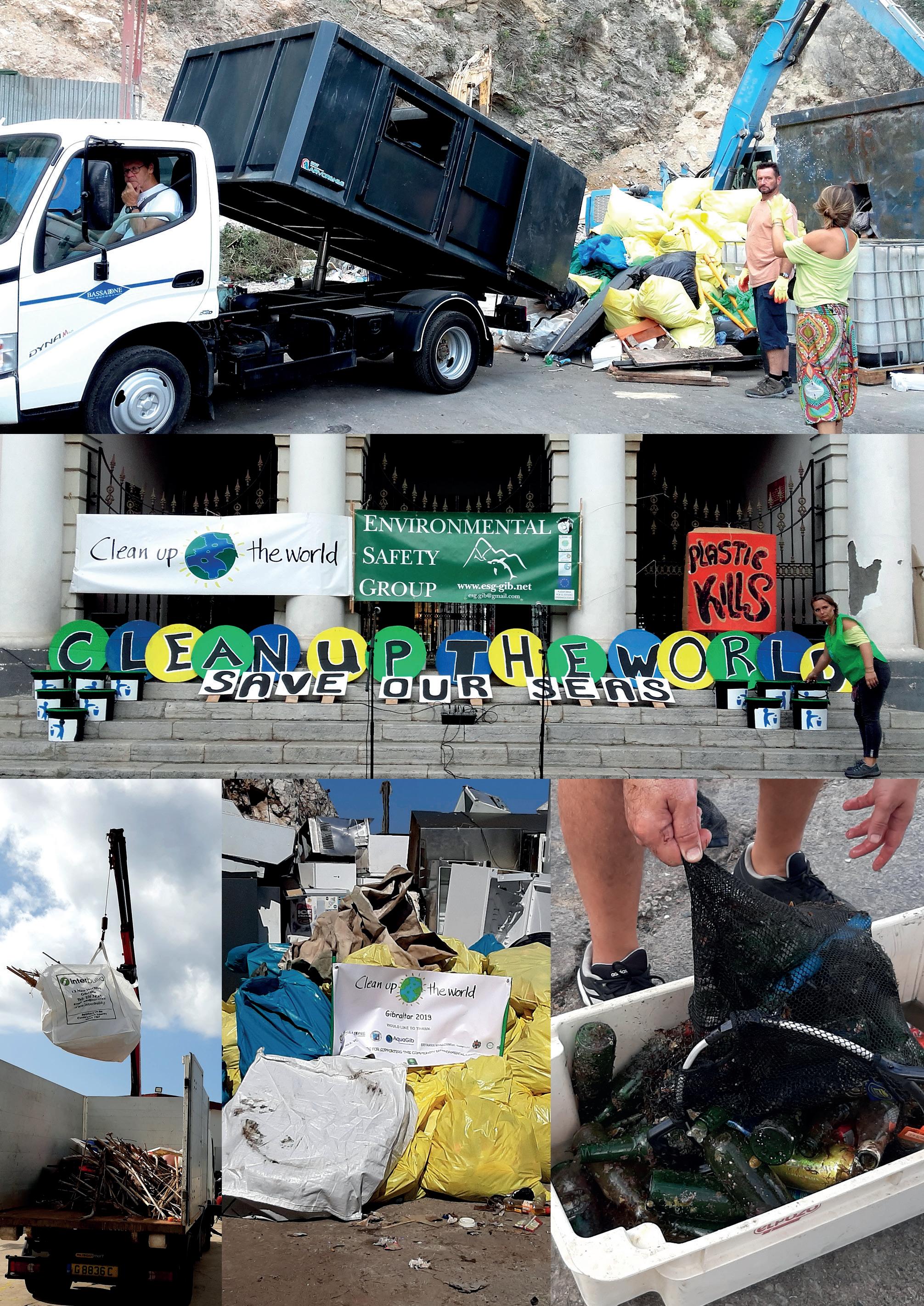
56 OTWO 16 / NOVEMBER 2020
shouldn’t be. We still find contractor waste like rubble, tiles, cables and piping. Some of our coastline sites such as Seven Sisters and rocky revetments become peppered with large and small plastics. The tide also brings in polystyrene packaging, rope, furniture, fishing equipment, cans, bottles, etc. Take away food wrappers, cigarette butts, plastic bottles and cans are also found in most sites, showing the spread of petty/social littering. Because of the nature and location of these sites it makes their removal very time consuming and difficult.
CUTW’s Impact
Our ethos has always been ‘Our Place, Our Planet, Our responsibility’ and our goals continue to focus on three areas: education, facilities and enforcement.
We would like to see more waste and disposal information to inform the community of individual responsible action. Increasing bin provision and information on nearest bins/recycling points would be useful as well. A review of enforcement programmes to include clean up hotspots would also help.
A factor that could help eliminate some dumping, is space and controlled access for companies to park their large vehicles and skips. These ‘spaces’ tend to move around as projects are developed in particular areas. An established commercial park with maintenance and cleaning programmes could eliminate some fly tipping and dumping still happening today, albeit on a smaller scale than before. This would require planning and commitment from Government.
The Clean-up Campaign would also like to see waste facilities streamlined so that everything can be tackled under one roof. A difficult task, but one that nearly happened several years ago, and we would like another push for a purpose-built waste facility to maximise recycling capacity. Brexit and Covid will mean these projects take longer but we really hope to complete them, especially as our physical footprint and waste continues to grow. With a modern and effective waste plant we can better educate and inform our community to handle their waste correctly. Compulsory recycling could then be introduced.
More littering enforcement is also important, especially in hotspots. Increased visibility of wardens that are authorised to patrol these areas would demonstrate that these issues matter to our community. ‘Botellones’ are usually held at well-known spots,
grandes piezas de metal y ciclomotores.
Se dispusieron contenedores industriales en varias ubicaciones, y en 2011 y 2013 algunas de ellas estaban llenas y fueron retiradas por personal de los astilleros de Seven Sisters.
Entre otras ubicaciones fundamentales se incluyeron la parte baja del casino, la parte alta del Peñón, la zona este y las cuestas de Europa Advance Road. Con la remarcable colaboración de un escalador cualificado y amante de la naturaleza, Steve Payne, conseguimos también actuar en zonas de dificultad en virtud de cómo guió al voluntariado. Un programa con formación profesional para preparar en la disciplina de la escalada dio lugar a la sistemática limpieza de nuestros maravillosos acantilados. Fue otro hito de nuestra campaña.
A raíz de carecer de una instalación para residuos exclusiva en aquellos momentos, significamos la existencia de vertederos en terrenos privados que se se asemejaban más a las propias del tercer mundo, visibilizando cómo en Gibraltar se tiraban electrodomésticos a zonas verdes, particularmente en Europa Advance Road, así como a zonas verdes cercanas al mar. Siempre nos sorprendió tener que quitar bañeras, retretes, carros, aparatos de televisión y ordenadores en las zonas costeras y verdes.
El ecuador de las campañas de limpieza constituyó, probablemente, la de mayor eficacia a causa del número de voluntarios resolutivos y las ubicaciones en las que se actuó. Miles de voluntarios han colaborado a lo largo de los años propiciando que estos enclaves se gestionen ahora en unos niveles decentes e incluso se lleven a cabo labores de paisajismo.
Nuestras exposiciones semanales y desfiles disfrutaron así mismo de enorme éxito en cuanto a captar la atención y producir una impresión duradera en la ciudadanía.
De forma más reciente, nuestras campañas de limpieza se han centrado en determinados enclaves, pendientes, canteras de piedra y zonas submarinas dado que todas ellas amenazan al medio ambiente y demandan el trabajo de equipos multidisciplinares. En 2020 se llevó a cabo una gran operación de limpieza organizada por el ESG junto al departamento de Medio Ambiente con el GSAC, Dive Charters y Diving with Nic, del que se obtuvieron resultados muy satisfactorios. El ESG trabajó también con Britannia
OTWO 16 / NOVEMBER 2020 57
so a task force charged with light confrontation and issuing warnings prior to fining, could deter some people. We are aware that the Department of Environment is rolling out such patrols and we hope these can be extended to hotspots too.
The use of solar powered remote area road signals implies that CCTV could also be used to deter popular fly tipping hotspots.
After every clean up, the ESG submits a detailed report on hotspots, stressing underlying conditions and making recommendations for improvements. These reports are sent to the Ministry for the Environment and Litter Committee. The Department of the Environment has engaged directly on issues and lent considerable support to the actual clean ups in recent years.
These recommendations are increasingly being taken on-board and are forming part of policy. On a social and cultural level, community feedback has shown that the campaign is well known, and many participants feel proud to have taken part. For years, the clean ups have inspired others and encouraged projects in schools and clubs ahead of each clean up weekend. It has also helped place a focus on the importance of civic pride and the need for us all to take more responsibility with regards to litter and waste.
Highlighting littered sites and the willingness of the hundreds of volunteers who step up to clean, shows the world that Gibraltar cares about its environment, this has been a vital part of the campaign. The way the CUTW Gibraltar event has evolved and changed over the years demonstrates that progress is happening and is valuable to our environment, encouraging organisers to keep this sustainable campaign going.
In recognition of the campaign’s success and efforts ESG was awarded a Heritage Award after completing 10 years of Clean up Campaigns on the Rock, and in 2019 we won an internationally renowned Energy Globe National Award for our work on the Clean-up project and on Bay environmental issues.
Community working together
The key aspect of the clean-up is that it is a community campaign run by volunteers for the benefit of our environment and community. The many hundreds of volunteers from schools, families, clubs, associations, businesses, departments, agencies, services,
para garantizar que se retiraran los escombros vegetales de Seven Sisters, algo que conllevó la utilización significativa de grúas.
Quedan menos elementos de gran dimensión, aunque seguimos quitando ciclomotores o frigoríficos de lugares donde no deberían estar. Aún nos topamos con residuos de la construcción como escombros, losas, cables y tuberías. Hay enclaves costeros como Seven Sisters plagados de plásticos de todos los tamaños. Las mareas traen también envases de poliestireno, cuerda, muebles, material pesquero, latas, botellas, etc. Envases de comida para llevar, colillas, botellas y latas aparecen también en la mayoría de los enclaves y ello escenifica el alcance de cuánta basura se arroja socialmente en los sitios inadecuados. Debido a las características y ubicación de estos enclaves, quitar estos restos resulta un proceso harto largo y difícil. El impacto de CUTW
Nuestro afán siempre se ha centrado en la idea de ‘Nuestro lugar, nuestro planeta, nuestra responsabilidad’ y nuestros objetivos se alinean en tres aspectos: ‘la educación, las infraestructuras y la actuación’.
Nos gustaría poder visibilizar más información sobre los residuos y la forma de tirarlos para que la comunidad pueda emprender mayor responsabilidad individual. Aumentar la cantidad de papeleras así como la información acerca de dónde se encuentran los contenedores más cercanos también resultaría de enorme utilidad. Y ayudaría asimismo una revisión de los programas para limpiar los puntos críticos.
Un aspecto que podría contribuir a la eliminación de algunos vertidos de basura inapropiados es el del espacio y el de los accesos controlados a las empresas para el aparcamiento de vehículos grandes y la provisión de contenedores. Dichos espacios tienden a ser desplazados según se desarrollan los proyectos en zonas diferentes. Un parque fijo con programas de mantenimiento y limpieza bien pudiera eliminar vertidos y arrojo de basura que se siguen dando en la actualidad, al menos a una escala menor. Para ello se requiere de una planificación y compromiso por parte del gobierno.
Los involucrados en la campaña de limpieza también querríamos ver que los puntos de recogida sean
58 OTWO 16 / NOVEMBER 2020
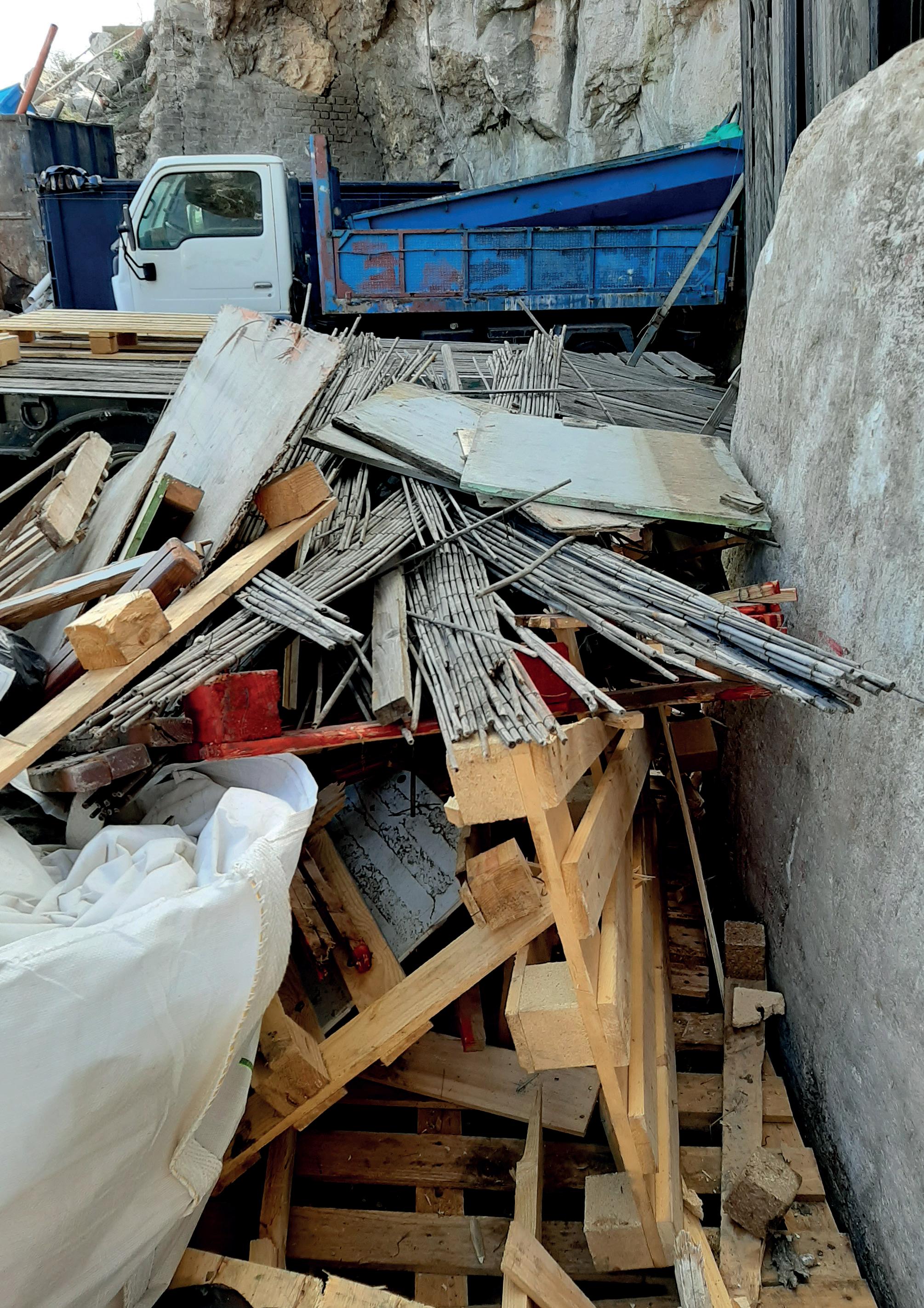
OTWO 16 / NOVEMBER 2020 59
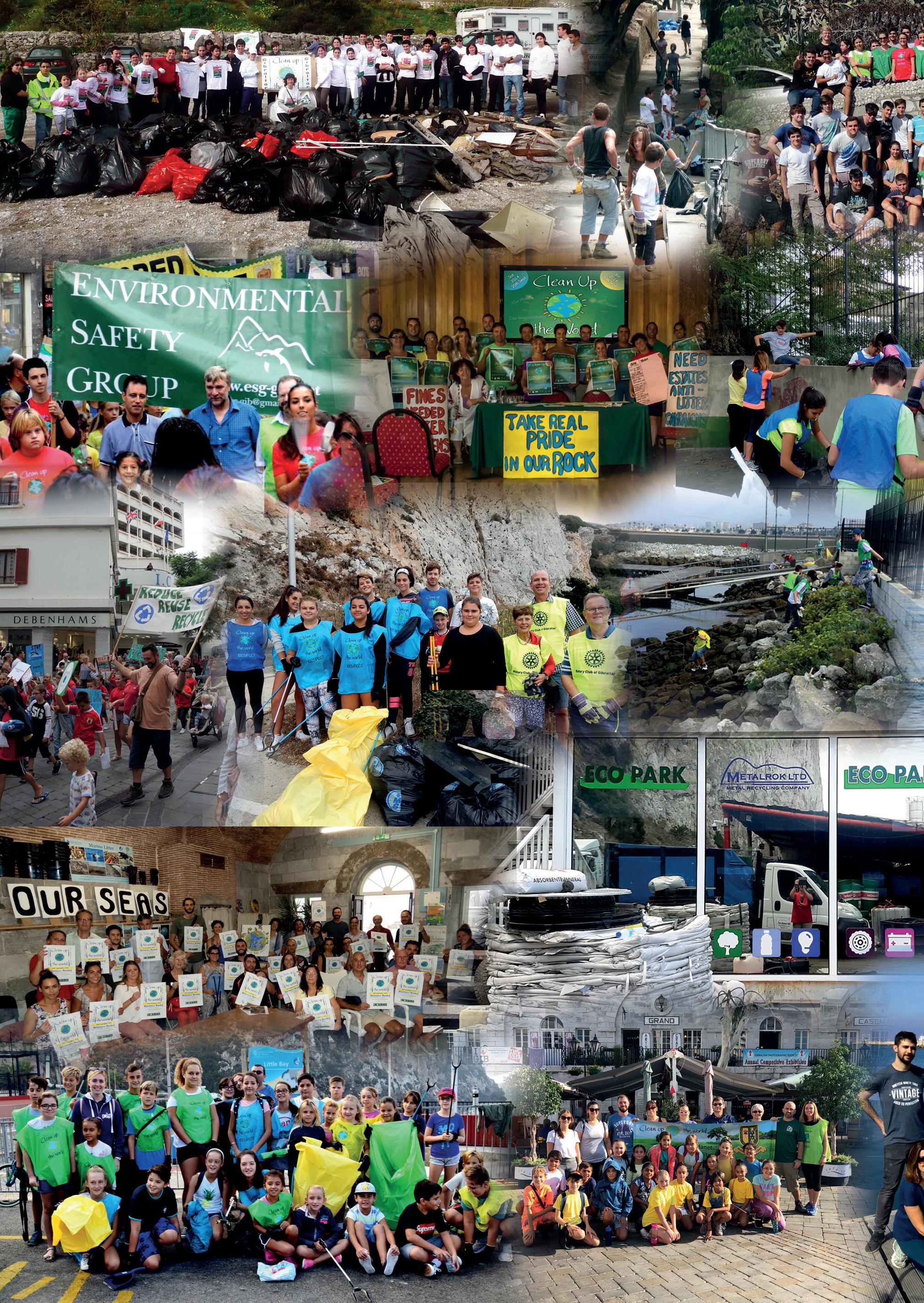



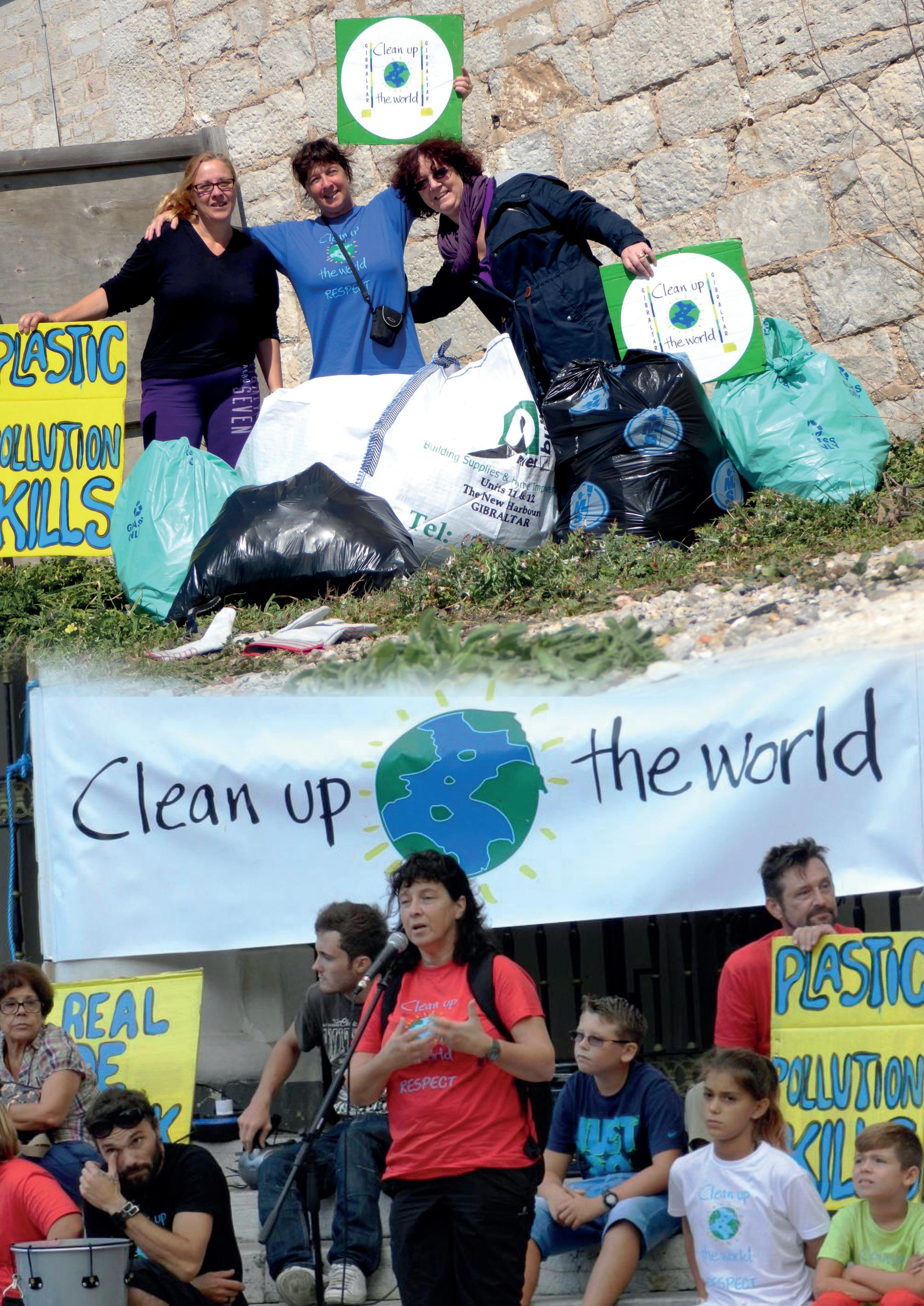
64 OTWO 16 / NOVEMBER 2020
NGOs, and individuals that devote their time and effort, makes this an incredibly special event. Local schools have been great partners and our team leaders have provided great assistance putting teams together.
Each year we publicly thank everyone for their contribution, and we know it could not happen without their help. The campaign has been brilliantly supported by our waste collectors who over the years have included: Tom Scott, Jim Howitt, Eddie Lucas, Andrew Abrines, Roy Pearce, Ewen Clinton, Steven Barea, JC Pons and others. The steering committee that engages in planning and logistics is crucial and led by Nora Brown, Karen Everett, Ania Maza and helpers. Our waste handlers have all contributed over time to CUTW, making room for us and lending support when needed: Gibraltar Community Projects, Master Services, Monteverde, Eco Park and more recently, Britannia.
We feel proud that since 2005, thousands of Gibraltarians have engaged and joined in to care and clean for our beautiful Gibraltar, making our living environment that bit safer for the species that live within it. The Minister for the Environment, Dr John Cortes, having been actively involved in our campaigns well before politics, also supports the community clean ups and recognises the campaign as an important awareness event that achieves real change.
We hope the clean ups will continue to draw support from the community.
The Future
Having just held our 16th clean-up we hope the campaign will be around for a long time to come. The fact that it is a part of a global event means that its impact lasts between clean ups, with issues and targets followed up.
We will continue to plan and carry out difficult cleans in conjunction with the combined efforts of agencies and volunteers for as long as our environment needs us to.
CUTW Gibraltar will pursue our 2020 targets and develop awareness campaigns aimed at reducing petty littering: watch this space!
It’s a great community event that fosters civic pride and teamwork in the wonderful outdoors – a win for all.
optimizados a través de un eje unificado. Se trata de una tarea complicada pero que pudo haberse dado hace varios años y queremos proponer la conveniencia de disponer de unas instalaciones para residuos de cara a optimizar nuestra capacidad de reciclaje. Tanto el Brexit como el Covid implican que tales proyectos necesitarán de más tiempo para ser llevados a cabo, pero estamos realmente esperanzados en poder finalizarlos, sobre todo ante el hecho de que nuestra producción de residuos y nuestro impacto medioambiental siguen aumentando. A través de una planta de residuos moderna y eficaz podemos educar e informar mejor a nuestra comunidad sobre cómo gestionar sus residuos de forma apropiada. Sería el momento de introducir el reciclaje obligatorio.
Es necesario igualmente obligar a tirar la basura en los sitios indicados para ello, especialmente en los lugares claves. Incrementar la visibilidad para quienes disponen de la autorización de patrullar estas zonas demostraría que éstas son cuestiones de importancia para nuestra comunidad. Los botellones se celebran en lugares bien conocidos, de modo que una estrategia encaminada a alertar y a realizar avisos antes de multar podrían resultar disuasorias. Sabemos que el departamento encargado del medio ambiente está desplegando patrullas al respecto y confiamos en que puedan ser destinadas también a los enclaves críticos.
La utilización del sistema de control remoto de las señales de tráfico implica que la monitorización por video pueda ser empleada para detectar zonas donde se produce el arrojo de basura.
Después de cada acción de limpieza, el ESG envía un informe detallado de las zonas crírticas, señalando las mismas y proponiendo recomendaciones para mejorar la situación. Dichos informes son enviados al ministerio de Medio Ambiente y al Comité de Basuras. El departamento de Medio Ambiente se ha involucrado de forma directa en asuntos de este tipo y ha prestado un apoyo considerable a las operaciones de limpieza llevadas a cabo en los últimos años.
Este tipo de recomendaciones están siendo tomadas en cuenta de forma progresiva y se van añadiendo a las políticas medioambientales. A niveles social y cultural, la información procedente de la comunidad ha demostrado que se conoce la campaña
OTWO 16 / NOVEMBER 2020 65
y que muchos participantes en la misma se sienten orgullosos de haber formado parte de la misma. A lo largo de los años, las campañas de limpieza han animado a más personas y propiciado la realización de proyectos en colegios y clubs. También ha contribuido a enfocar la importancia del orgullo civil y la necesidad de que todos nos involucremos en la importancia de que nos responsabilicemos más en relación a cómo hacemos uso de los residuos.
Poner de relieve las zonas llenas de basura y la voluntad de cientos de voluntarios que hacen el esfuerzo de limpiar, demuestra que Gibraltar le da importancia a su medioambiente y esto ha sido una parte vital de la campaña. La forma en la que la campaña CUTW de Gibraltar ha evolucionado y cambiado a lo largo de los años prueba que se está avanzando y que resulta valiosa para nuestro entorno, animando a los promotores a que sigan adelante con la misma.
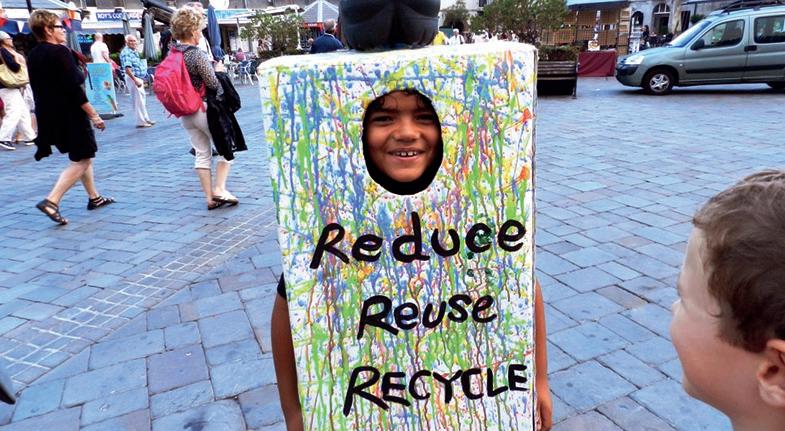
Como reconocimiento del éxito de las campañas y sus esfuerzos, el ESG recibió un galardón de Patrimonio después de haber llevado a cabo diez años de campañas de Limpiar Gibraltar, y en 2019 obtuvimos otro, de reconocimiento internacional, por nuestro esfuezo en el proyecto de limpieza así como por cuestiones medioambientales relativas a la bahía.
La comunidad trabajando junta
La clave de la limpieza se resume en que se trata de una campaña comunitaria llevada a cabo por voluntarios para beneficio de nuestro entorno y comunidad. Los muchos cientos de voluntarios de colegios, familias, clubs, asociaciiones, empresas, departamentos, agencias, servicios, ONGs, y ciudadanos a título particular que dedican su tiempo y esfuerzo constituyen un acontecimiento asombrosamente especial. Los colegios han sido unos grandes colaboradores y nuestros directores de equipo han proporcionado una ayuda esencial a la hora de orga-
nizar los equipos.
Cada año agradecemos la contribución de todos y admitimos que nuestras acciones no serían posibles sin su ayuda. La campaña ha sido magníficamente apoyada por nuestros recolectores de residuos entre quienes, a lo largo de los años, se incluyen Tom Scott, Jim Howitt, Eddie Lucas, Andrew Abrines, Roy Pearce, Ewen Clinton, Steven Barea, JC Pons y otros. El comité gestor que se dedica a la planificación y la logística resulta fundamental y corre a cargo de Nora Brown, Karen Everett, Ania Maza y otros ayudantes. Nuestros gestores de residuos han contribuido todos al CUTW, prestando apoyo cuando ha sido necesario: Gibraltar Community Projects, Master Services, Monteverde, Eco Park y, de forma de más reciente, Britannia.
Estamos orgullosos de que desde 2005 miles de gibraltareños se hayan unido y concienciado con la idea de limpiar nuestro precioso entorno gibraltareño, convirtiendo nuestro espacio en un lugar un poco más seguro para las especies que lo habitan. El ministro de Medio Ambiente, Dr. John Cortes, habiendo estado muy implicado en nuestras canpañas mucho antes de introducirse en la política, respalda también nuestra campaña como actuación de concenciación que viene produciendo resultados tangibles.
Confiamos en que las campañas de limpieza sigan conquistando el apoyo de la comunidad.
El futuro
Habiendo celebrado nuestra campaña número 16, esperamos que nuestra propuesta prosiga durante un largo tiempo. El hecho es que al formar parte de un esfuerzo global supone que su impacto se haga ver entre las limpiezas y el seguimiento de los objetivos a conseguir.
Proseguiremos con la planificación y realización de limpiezas difíciles de llevar a cabo con los esfuerzis conjuntos de agencias y voluntariado en tanto que nuestro entorno nos necesite.
CUTW Gibraltar sostendrá objetivos y campañas de concienciación dirigidas a la reducción de tirar basura mínima en las calles - cuidado con esto.
Se trata de una gran actividad comunitaria que favorece el orgullo cívico en nuestro maravilloso entorno - un triunfo para todos.
66 OTWO 16 / NOVEMBER 2020
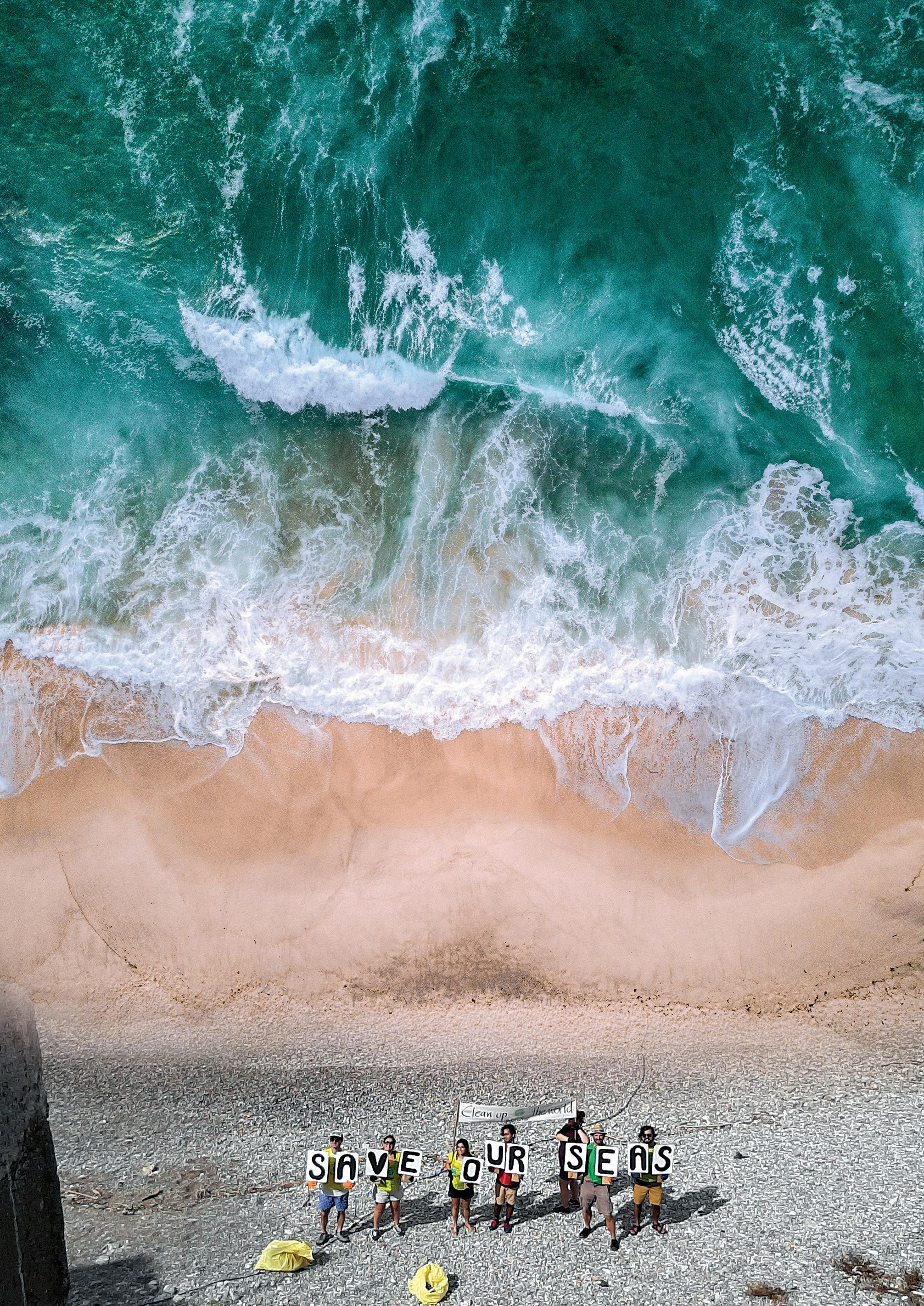
“CUTW Gibraltar will pursue our 2020 targets and develop awareness campaigns aimed at reducing petty littering: watch this space!”.
67
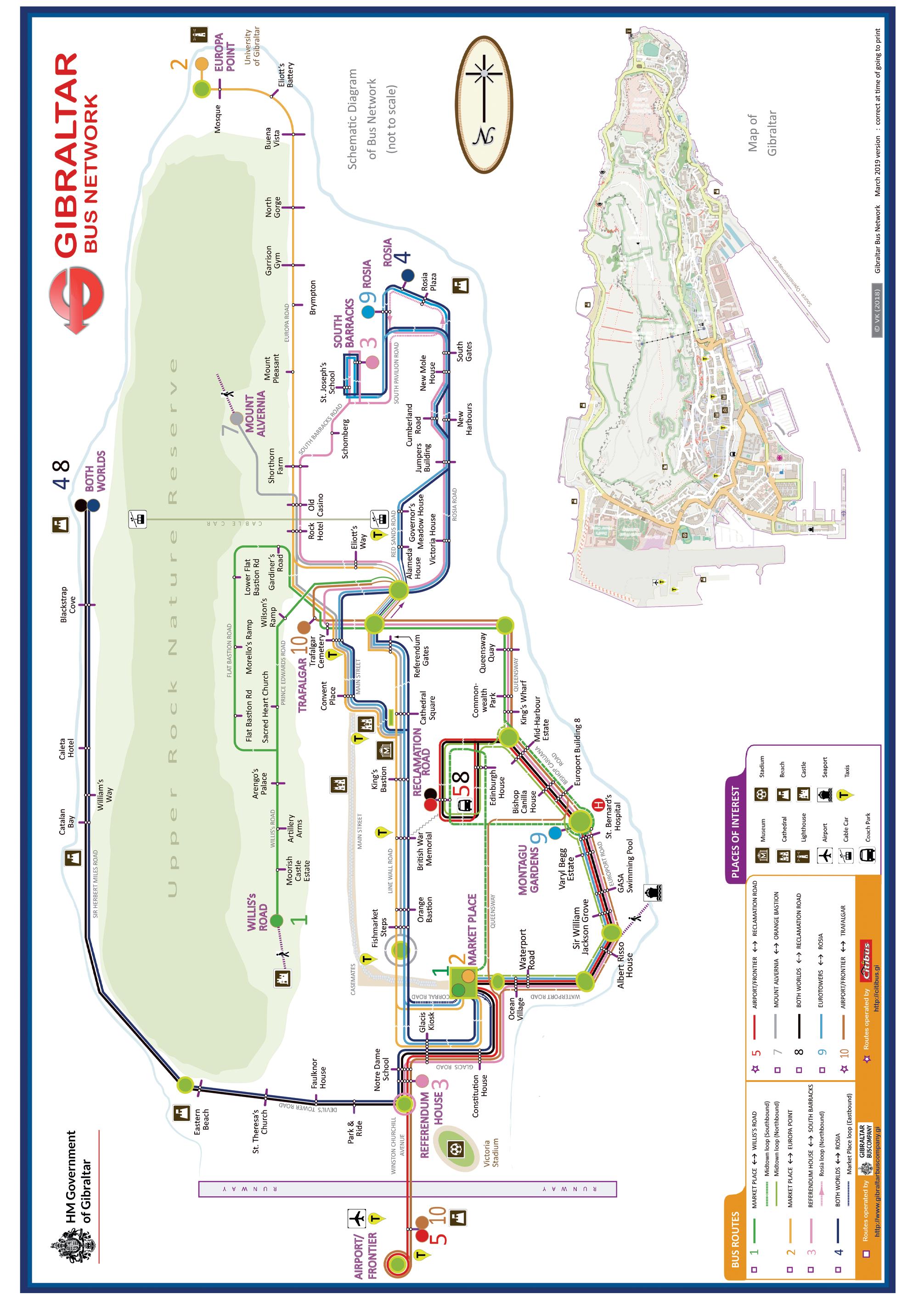
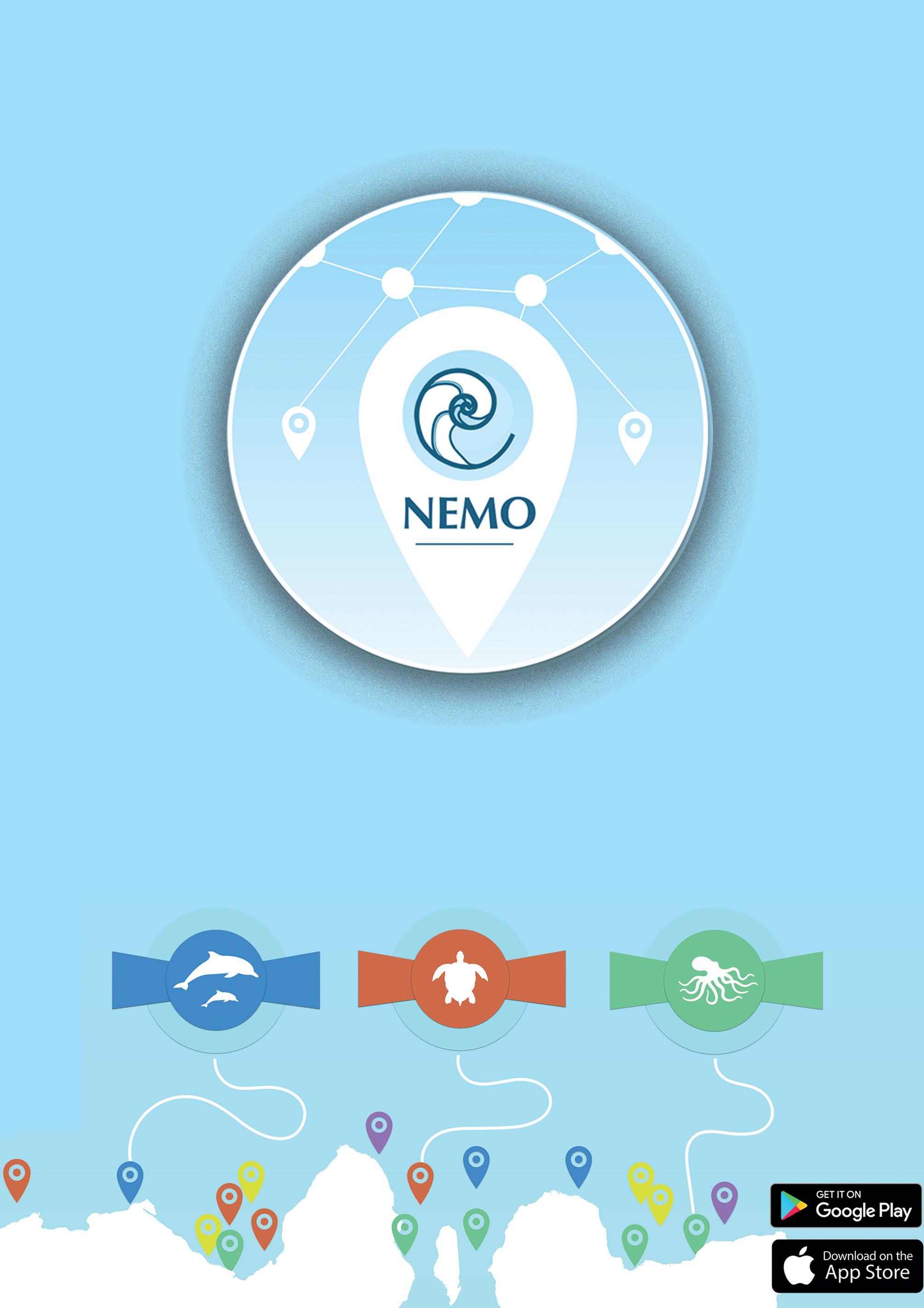
CHAPTER TWELVE / CAPÍTULO DOCE
Moroccan gastronomy
Gastronomía marroquí

Juanlu González
Article and images


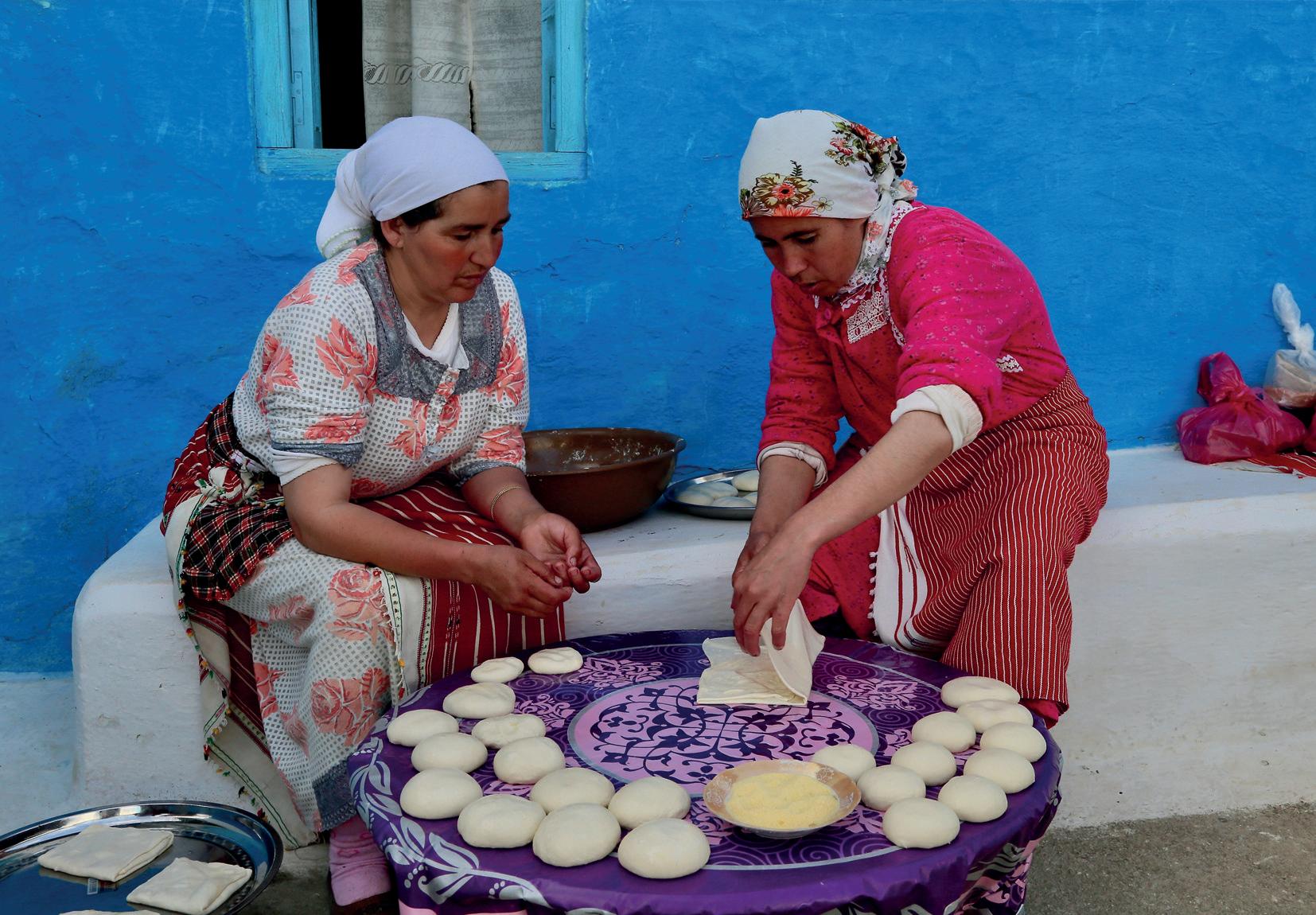
72 OTWO 16 / NOVEMBER 2020
When traveling to Morocco, one of the main reasons for choosing this Maghreb country as a tourist destination is its exotic cuisine, one that astonishes due to its aromas and the high quality of raw ingredients used in its preparation. However, after several trips or long stays, tourists may leave with the impression that it can be a bit monotonous.
Nothing could be further from the truth. Traditional Moroccan food is both incredibly delicious and varied. The pity is that in restaurants and hotels, it is not always possible to find many of its most characteristic dishes. Perhaps because they are not considered worthy enough to be a part of restaurant menus. The reality is that you have to eat in areas far from tourist influence or in the always cosy and hospitable homes of Moroccan families to delight in its traditional gastronomy.
It is in these places where the enormous variety of dishes cooked in the country and all of its culinary influences from east to west and north to south are truly displayed. In any small popular tavern, in the weekly markets, on roadsides, and on beaches ... it is possible to find true local delicacies that have not been modified for foreigners. If you have the opportunity to visit the country at a time that coincides with a religious festival or during a local family celebration, the gastronomic experience will verge on the sublime.
There is nothing a Moroccan family likes more, whether they are very wealthy or of modest means, than to offer their guests the best delicacies available. Hospitality is a religious and cultural principle that is taken to the extreme throughout the country. I remember on one occasion, after a sumptuous meal of mint tea, fried almonds, bread with oil, gazpacho flavoured with carrots and orange juice and a chicken tagine (stew) with preserved lemons; we went to visit a palm artisan who lived in a cabin deep in the mountains. We literally couldn’t leave there without eating something - an afternoon snack of a splendid bissara, a puree of dried broad beans (can also be made with dried peas) crushed in a small manual stone mill, and cooked with water, garlic , cumin, salt, paprika and olive oil. In the Rif mountains, the saying goes that “he is so poor, he only eats bissara”. Dried broad beans can be preserved perfectly, are easily grown, and additionally, are very
Cuando se viaja a Marruecos, uno de los motivos para la elección del país magrebí como destino turístico es su exótica gastronomía, que sorprende por los aromas y la calidad de las materias primas empleada en su elaboración. Sin embargo, tras varios viajes o en estancias largas, es posible que el turista salga con la sensación de que puede ser un poco monótona.
Nada más lejos de la realidad. La comida popular marroquí es muy rica y variada. La lástima es que, en los restaurantes y hoteles, no siempre es posible encontrar muchos de sus platos más característicos. Quizá porque no se los considera lo suficientemente dignos como para formar parte de las cartas de los restaurantes, lo cierto es que hay que comer en zonas alejadas de la influencia turística o en las siempre acogedoras y hospitalarias casas de familias marroquíes, para deleitarnos con buena parte de su gastronomía tradicional.
Es ahí donde verdaderamente se muestra la enorme variedad de platos que se cocinan en el país y las influencias culinarias recibidas de oriente a occidente y de norte a sur. En cualquier tasquita popular, en los mercados semanales, en las carreteras, en las playas… es posible dar con verdaderas exquisiteces al gusto local y no con preparados desnaturalizados para extranjeros. Si se tiene la ocasión de visitar el país coincidiendo con alguna fiesta religiosa o durante alguna celebración familiar local, la experiencia gastronómica ya rayará en lo sublime.
No hay nada que guste más a una familia marroquí, ya sean muy pudientes o más populares, que agasajar con los mejores manjares disponibles a sus invitados. La hospitalidad es un precepto religioso y cultural llevado hasta el extremo en todo el país. Recuerdo una ocasión, después de una opípara comida a base de te a la hierbabuena, almendras fritas, pan con aceite, gazpacho especiado de zanahorias y zumo de naranja y un tagine —guiso— de pollo con limones encurtidos; que fuimos a visitar a un artesano de la palma que vivía en una cabaña perdida en la montaña. Pues bien, literalmente, no pudimos salir de allí sin habernos comido —para merendar— una espléndida bisara, una crema de habas secas (también se hace con guisantes secos) machacada en un pequeño molino de piedra movido a mano, cocidas con agua, ajo, comino, sal, pimentón y aceite de oliva. En las montañas del Rif se usa el dicho “es tan
OTWO 16 / NOVEMBER 2020 73
high in energy. Historically, it has warded off hunger since Roman times, where even back then, it was a common food for the common people, and still is today.
If bissara is the most common of dishes in Moroccan gastronomy, then pastela is perhaps is an example of the sophisticated. The pastela is a kind of filo pastry filled with shredded chicken or pigeon meat, mixed with almonds, fried onions and spices. It is an essential part of any special celebration. The recipe originated in Al Andalus, and is described in a 13th century book, Fadalat Al-Jiwan (“Reliefs of the table, on delicacies and stews “) written by al-Razin during the Nasrid dynasty, although today this dish is indisputably Moroccan, it was forgotten in Spanish and Andalusian gastronomy, like so many other elements of our history and culture.
I will never forget a pastela-based meal that a family from Alhoceima organised for us to show us their appreciation. Before the meal, dozens of relatives, friends and neighbours passed by to greet the diners. Subsequently, the host proceeded to wash the hands of all the guests with a kind of brass kettle filled with warm scented water as a sign of humility and hospitality. His wife then appeared dressed in her wedding finery and, in the end, we were able to savour the best pigeon pastela we would ever have. An entire ritual demonstrating the importance given to celebrating meals. To such an extent that homes, especially living rooms, are adapted to comfortable accommodate, the maximum number of visitors possible.
Another food that cannot be missed in this brief overview of Moroccan gastronomy is harira, a soup par excellence. It can be found all year round in restaurants, although it is especially associated with the restorative evening meal served for breaking fast during the month of Ramadan. After a day of hiking in the snow-capped mountains of the Talassemtane National Park or the Cedar Forest, there is no better food to eat. It has a bit of everything. It is a chicken soup, sometimes with big chunks of meat, vegetables (tomato, onion and garlic), legumes (chickpeas and lentils) and even grains (noodles). All seasoned well with spices, lemon and a bit of heat. Sometimes it is served together with a Ramadan dessert, chebakía or shebbakiyya, strips of fried pastry coated
pobre, que solo come bisara”. Las habas secas se conservan perfectamente, se crían muy fácilmente y, además, son muy energéticas, por lo que han quitado mucha hambre históricamente desde la época romana, donde ya era un alimento muy común en las comidas del pueblo llano, hasta la actualidad.
Si la bisara es de lo más popular de la gastronomía marroquí, la pastela es quizá el ejemplo de sofisticación. La pastela es una especie de hojaldre relleno de carne desmenuzada de pollo o paloma, mezclada con almendras, cebollas fritas y especias. No puede faltar en ninguna celebración que se precie. La receta tiene su origen en Al Andalus, aparece descrita en un libro del siglo XIII, Fadalat Al-Jiwan (“Los relieves de la mesa, sobre manjares y guisos”) escrito por al-Razin en época nazarí, aunque hoy se trata de un plato indiscutiblemente marroquí, olvidado de la gastronomía española y andaluza, como tantos elementos de nuestra historia y nuestra cultura.
Nunca se me olvidará una comida a base de pastela que organizó una familia de Alhoceima para mostrarnos su agradecimiento. Antes del inicio, pasaron decenas de familiares, amigos y vecinos a saludar a los comensales. Posteriormente, el anfitrión procedió al lavado de manos de todos los invitados con una especie de tetera de latón con agua templada aromatizada en señal de humildad y hospitalidad. Luego, su esposa apareció vestida con las galas de su boda y, al fin, pudimos saborear la mejor pastela de pichón de nuestras vidas. Todo un ritual que muestra la importancia que se le da al momento de la celebración de las comidas. Hasta el punto de que las viviendas, especialmente el salón, están adaptados para acoger, con comodidad, al máximo número de visitantes posible.
Otra comida que no puede faltar en un repaso, por breve que sea, a la gastronomía marroquí es la harira, la sopa por excelencia. Se puede encontrar todo el año en los restaurantes, aunque se la asocia especialmente con la comida nocturna reconstituyente servida para la ruptura del ayuno del mes de Ramadán. Tras un día de senderismo en las montañas nevadas del Parque Nacional Talassemtane o del Parque de los Cedros, no hay mejor plato que llevarse a la boca. Tiene casi de todo, es una sopa de pollo, a veces con buenos tropezones de carne, con verduras (tomate, cebolla y ajo), legumbres (garban-
74 OTWO 16 / NOVEMBER 2020
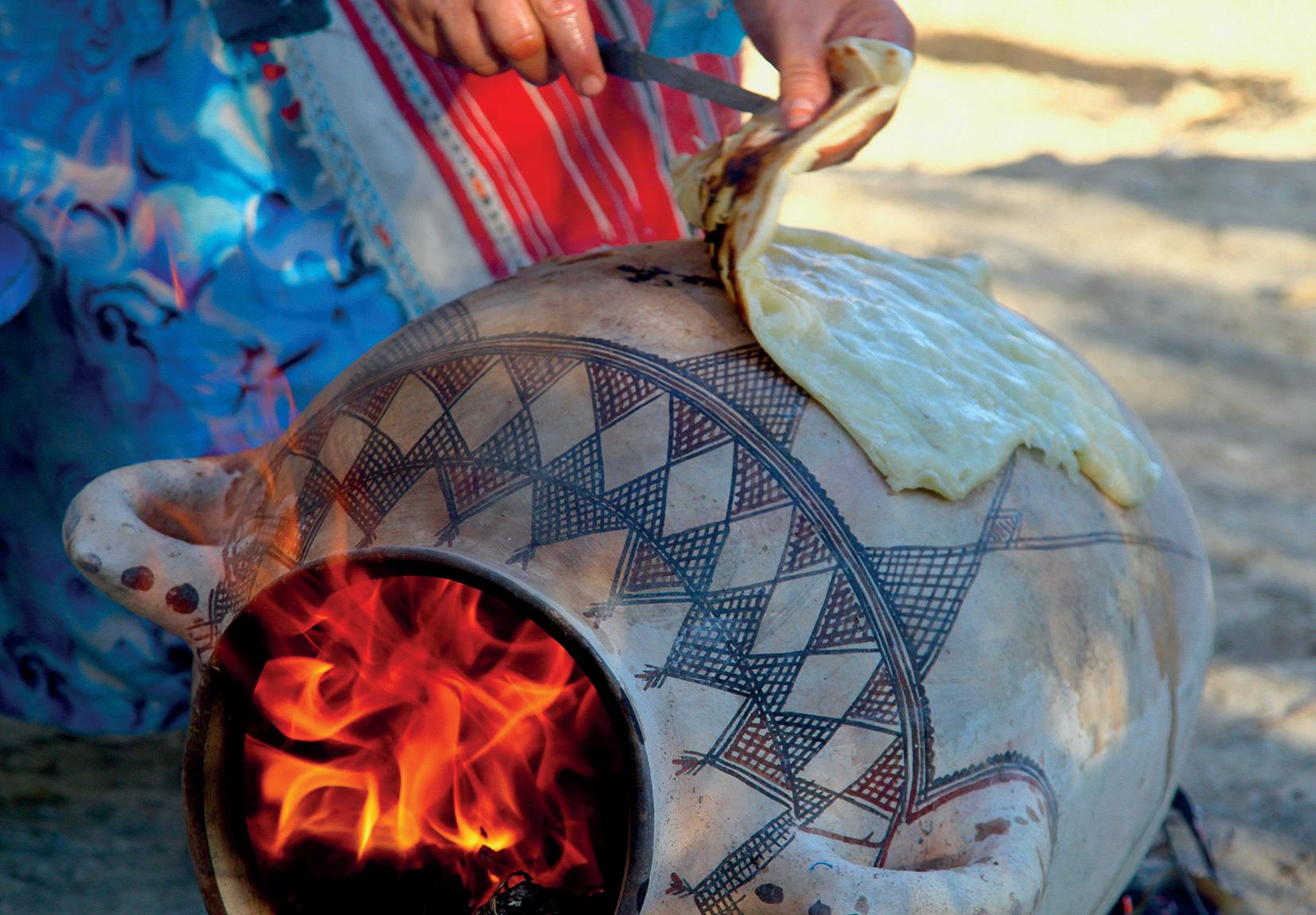

OTWO 16 / NOVEMBER 2020 75
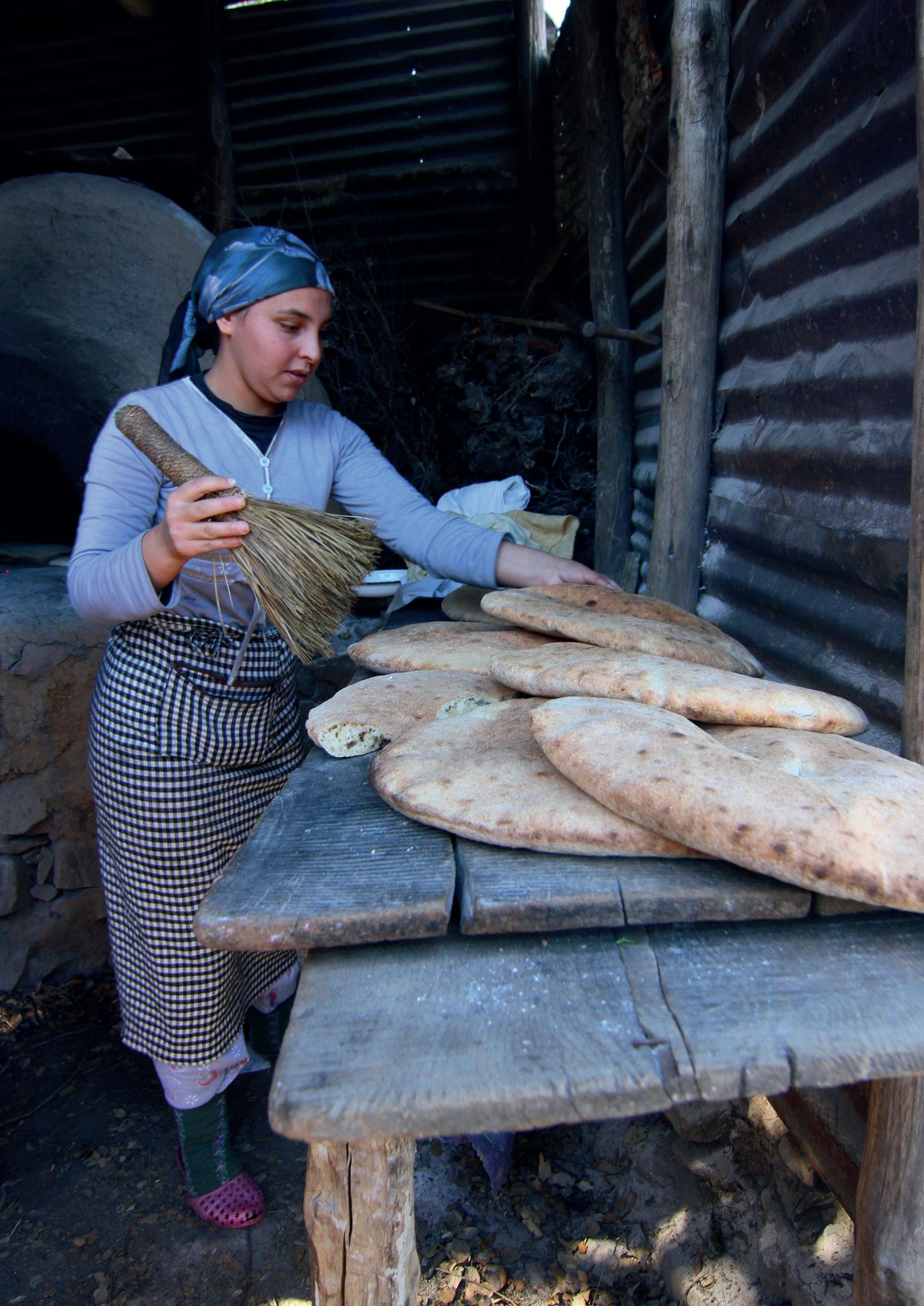
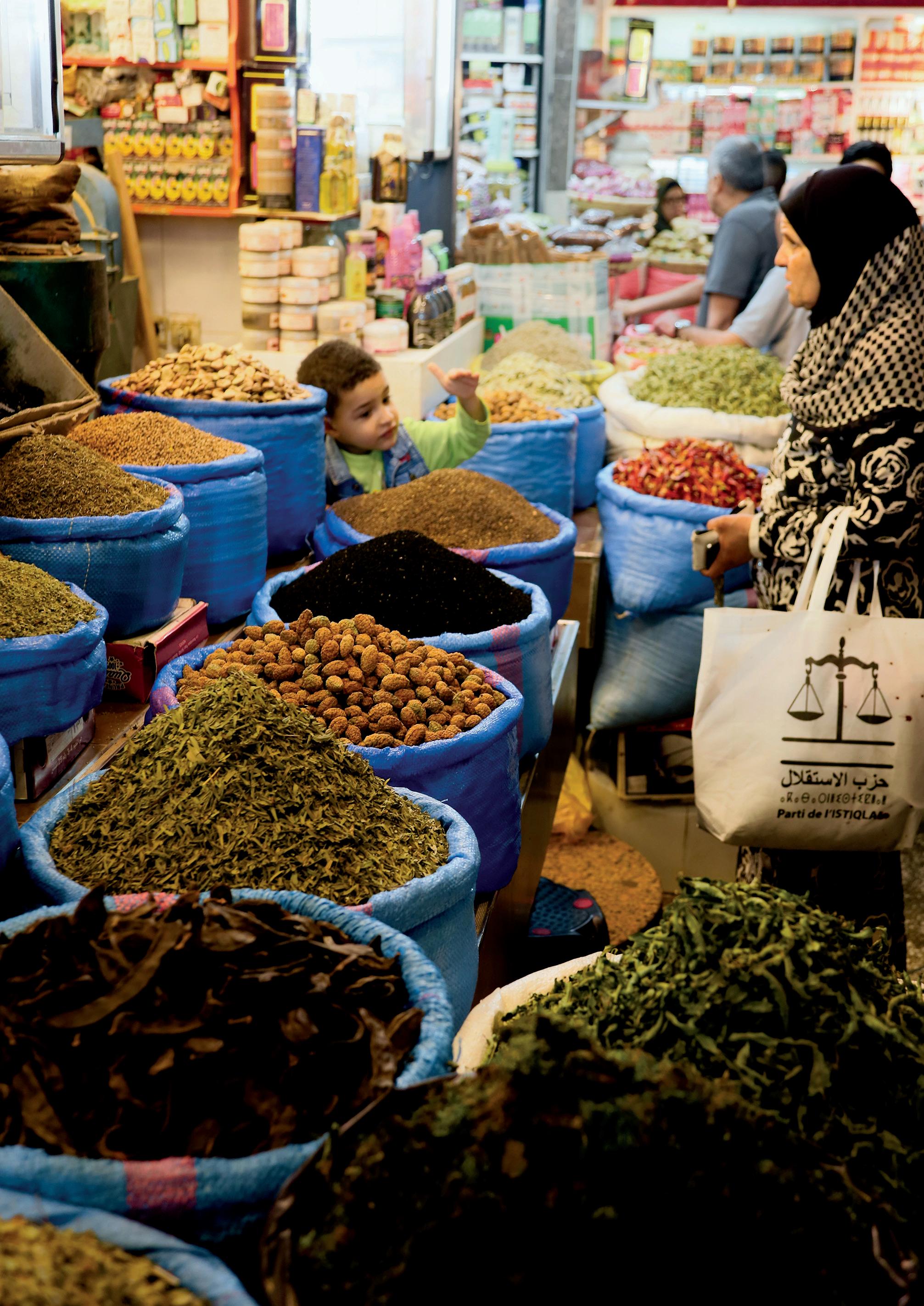

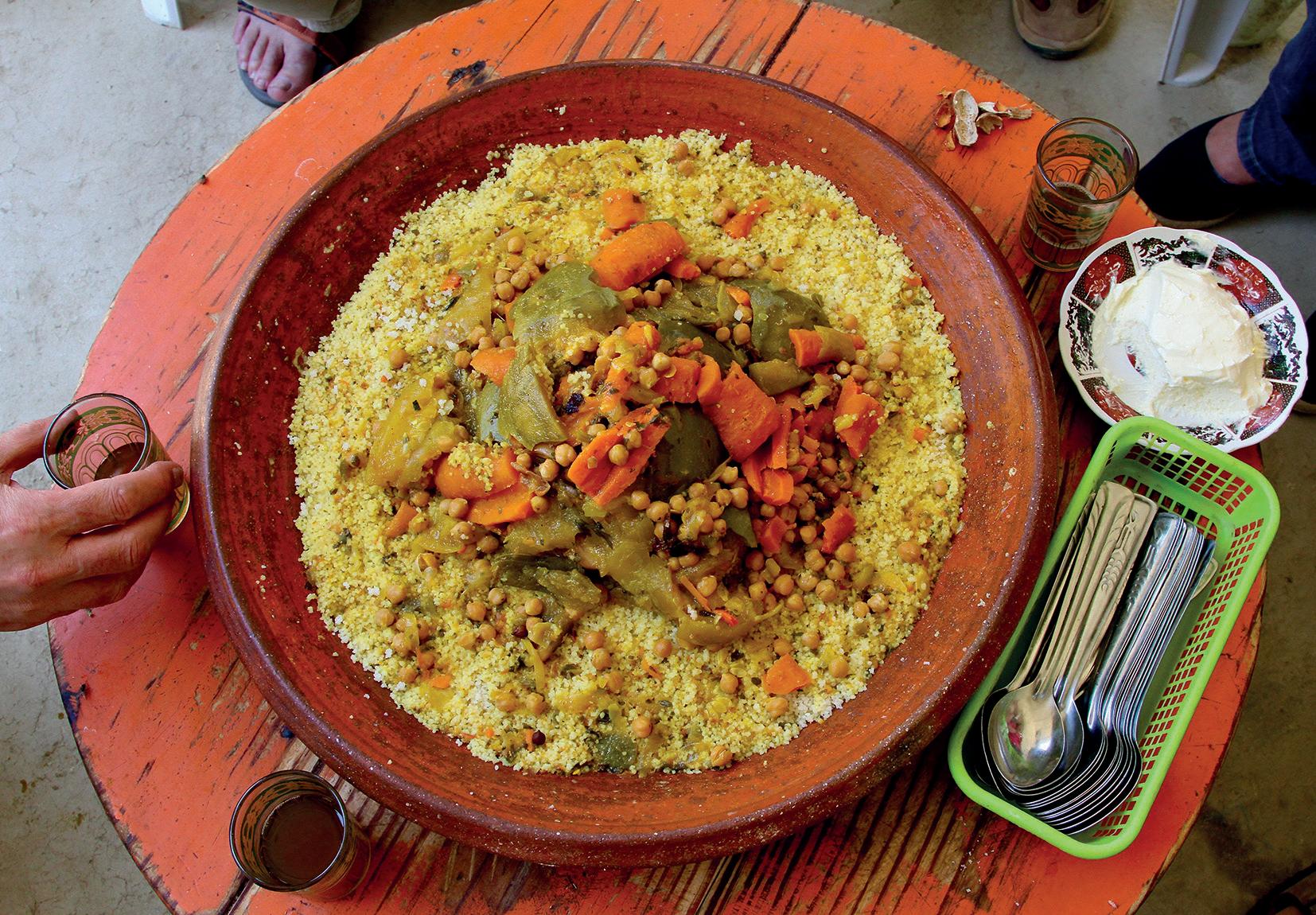
78 OTWO 16 / NOVEMBER 2020
with honey and sesame. The mix of sweet and salty is quite common in Maghreb cuisine.
Vegetable salads are present in every self-respecting meal. Raw or cooked, always well-seasoned, sometimes spicy or even very spicy ... almost an infinite variety of options. Once, in a humble fish restaurant in Tangier, we were served a “house” starter of 12 different salads, 11 of which were on oval plates simulating the petals of a daisy, set around a circular central plate with an ever-present Moroccan salad. All of them were exquisite. Olives are also essential, whether for breakfast, lunch or dinner, they always play a leading role on the tables of this Maghreb country. The variety of dressings used for these pickles is simply incredible, which shows the importance the local population gives to this nutritious fruit, one that is so intrinsic to Mediterranean culture and history.
But without a doubt, the kings of Moroccan gastronomy, and the dishes practically everyone considers most typical of this neighbouring country’s cuisine are tagines, couscous and kebabs. The word tagine (pronounced tayin) refers to both the pot in which it is made as well as the dish itself. It is a round, shallow vessel with a large traditional conical lid that originated in Berber villages, and is very common in Morocco, Algeria, Tunisia and even Libya. Within it, many of the most common and traditional dishes are cooked, usually over charcoal stove, such as tagines of chicken, lamb, beef, vegetables with chickpeas, fish, potatoes, meatballs with egg (tagine kefta), etc. Tagine has now become synonymous with stews, a stew that has been cooked slowly allowing for the perfect combination of flavours and giving ingredients the best texture.
Couscous is another very common dish, mainly because of how inexpensive it is and the thousands of possibilities it offers in terms of its preparation. The base is wheat semolina that is steamed in the top of a couscoussier, the vegetables and meat are cooked in a lower pot which while cooking, provides the steam that cooks the semolina, ensuring that it remains light and does not clump together for the final mixture. It is a typical Friday meal and is usually served with a delicious fermented milk drink, leben.
The ubiquitous Moorish kebab can be savoured in any roadside stall, street bar or restaurant, from the
zos y lentejas) y hasta cereal (fideos). Todo ello muy aderezado con especias, limón y algo de picante. A veces se sirve con un dulce de Ramadán, la chebakía o shebbakiyya, unas tiras de pasta frita rebozadas con miel y sésamo. Las mezclas de dulce y salado en la cocina magrebí son muy frecuentes.
Las ensaladas de verdura están presentes en cada comida que se precie. En crudo o cocidas, siempre bien aliñadas, a veces picantes o muy picantes… la variedad es casi infinita. Una vez, en un humilde restaurante de pescado en Tánger, nos sirvieron un entrante “de la casa” con 12 ensaladas diferentes, 11 de ellas en platos ovalados, simulando los pétalos de una margarita, alrededor de un plato central redondo con la omnipresente ensalada marroquí. Todas ellas exquisitas. Tampoco pueden faltar las aceitunas, ya sea en el desayuno, el almuerzo o la cena, siempre tienen un especial protagonismo en las mesas del país magrebí. La variedad de aliños para estos encurtidos es sencillamente increíble, lo que denota la importancia que la población local le da a este fruto tan energético e íntimamente relacionado con la cultura e historia mediterránea.
Pero sin duda, los reyes de la gastronomía marroquí, lo que todo el mundo relaciona como especialidades típicas de la gastronomía del país vecino son los tagines, los cuscús y los pinchitos. La palabra tagine (pronunciada tayín) designa tanto al recipiente en el que se elabora como al plato en sí mismo. Se trata de una vasija de redonda y no muy profunda con la enorme tapadera cónica tradicional de los puebles bereberes, muy común en Marruecos, Argelia, Túnez e incluso Libia. En ella se cocinan, habitualmente sobre anafres de carbón, muchos de los platos más frecuentes y tradicionales, como el tagine de pollo, de cordero, de ternera, de verduras con garbanzos, de pescado, de patatas, de albóndigas con huevo (tagine kefta), etc, etc. Realmente tagine viene a ser sinónimo de guiso, un guiso cocinado en olla lenta que permite la mezcla perfecta de sabores y proporciona las mejores texturas a los alimentos.
En cuanto al cuscús, es otro plato de lo más habitual, entre otras cosas por su bajo coste y las miles de posibilidades para prepararlo. La base es la sémola de trigo que se cocina al vapor en cuscuteras donde las verduras y la carne se cuecen en una vasija inferior que es la que, con la cocción proporciona
OTWO 16 / NOVEMBER 2020 79
most ordinary to the most luxurious of places. Their smell mixed with that of coal embers fills the air in Morocco from north to south. There are basically two types, hot and spicey lamb meat and kefta or minced meat. The latter can also contain lamb, beef or a mixture of both, seasoned with onion, garlic, coriander, salt, olive oil and the best possible combination of spices, Moroccan curry, better known by its Arabic name, ras el hanout.
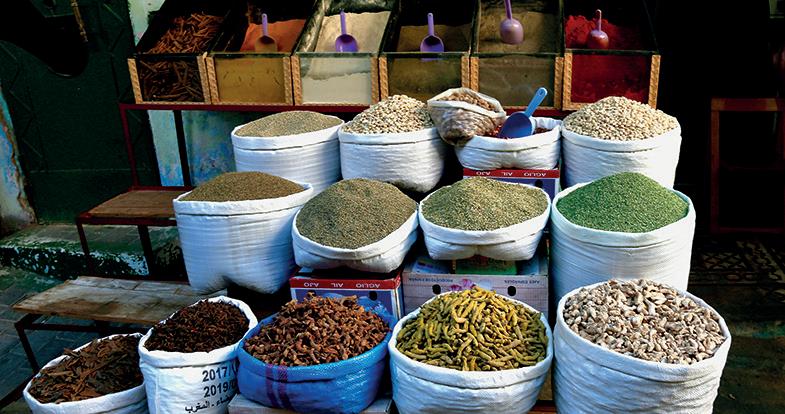
Attempting to cover, even when just summarising, the gastronomy of such a rich country in one short article is an impossible challenge. Just talking about their spectacular array of breads would require a doctoral thesis. Their desserts do not fall short either. But their pastries in particular do deserve a separate chapter. The variety of traditional Moroccan sweets is legendary and even have their own name beyond the country’s borders. Much of this confectionery originated in Al Andalus. It could not be any other way in a country where millions of its inhabitants proudly proclaim their Andalusian ancestry and where even many of those who are not descendants, still consider themselves the heirs of Andalusian civilization and culture. The similarities are so great that sometimes the same recipes can be seen on both sides of the Strait. Marzipan, alfajores, amarguillos, pestiños, turrones… all have a southern replica. Honey, almond, cinnamon and flour are the fundamental ingredients, wisely combined in a thousand different ways. Pistachios are also widely used, and even peanuts in cheaper variants. The fact is that contemplating the cake stalls in any market is a truly unforgettable experience.
There is no doubt that the cooks of Morocco are true masters in the culinary arts, therefore it is indisputable that gastronomy is one of the main reasons that inspires travellers to embark on a thousand and one trips to our neighbouring country.
el vapor para cocinar la sémola y dejarla suficientemente suelta para la mezcla final. Es la comida típica de los viernes y suele servirse con una exquisita bebida de leche fermentada, el leben.
Los ubicuos pinchitos morunos pueden degustarse, tanto en puestos de carretera, como en chiringuitos callejeros o en cualquier restaurante que nos encontremos, desde el más popular al más lujoso. Su olor mezclado con el de las brasas de carbón aromatiza todo Marruecos de norte a sur. Básicamente son de dos tipos, el de carne de cordero muy especiado y picante y el de kefta o carne picada. Este último también puede contener cordero, ternera o una mezcla de ambas carnes, aderezada con cebolla, ajo, cilantro, sal, aceite de oliva y la mejor combinación de especias posible, el curry marroquí, más conocido por su nombre en árabe, el ras el hanut.
Pretender abarcar si quiera someramente la gastronomía de un país tan rico en un pequeño artículo es un reto imposible. Solo para hablar de la espectacularidad de sus panes se necesitaría una tesis doctoral. Los postres tampoco se quedan cortos. Pero en especial la repostería sí que merecería capítulo aparte. La variedad de dulces tradicionales de Marruecos es legendaria y tienen nombre propio incluso fuera de sus fronteras. Gran parte de la repostería tiene su origen en Al Andalus. No puede ser de otra manera en un país donde millones de habitantes proclaman orgullosamente su ascendencia andalusí y donde incluso muchos que no la tienen, se consideran herederos de la civilización y cultura andaluzas. Las similitudes son tan grandes que a veces se conservan las mismas recetas a ambos lados del Estrecho. Mazapanes, alfajores, amarguillos, pestiños, turrones… todos tienen su réplica sureña. La miel, la almendra, la canela y la harina son sus ingredientes fundamentales, sabiamente combinados de mil maneras posibles. También los pistachos son ampliamente usados, e incluso el cacahuete para variantes más económicas. Lo cierto es que contemplar la zona de puestos de pasteles de cualquier mercado es una experiencia verdaderamente inolvidable. No cabe duda de que las cocineras y cocineros de Marruecos son verdaderos maestros en las artes culinarias, por eso es indiscutible que la gastronomía es uno de los motivos que más pesan en la decisión de emprender uno y mil viajes al país vecino.
80 OTWO 16 / NOVEMBER 2020


OTWO 16 / NOVEMBER 2020 81
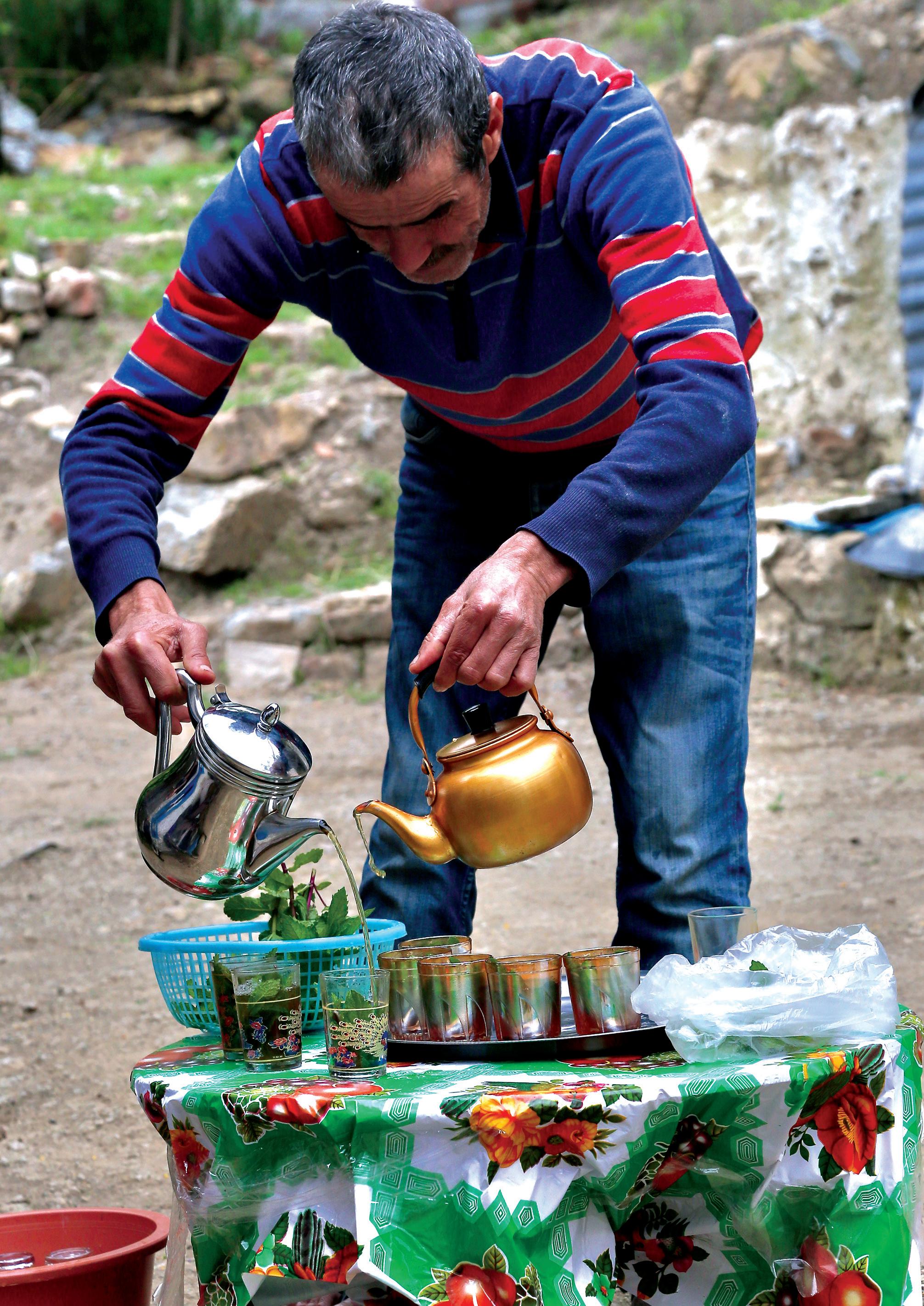



Guía rápida de: Extremadura
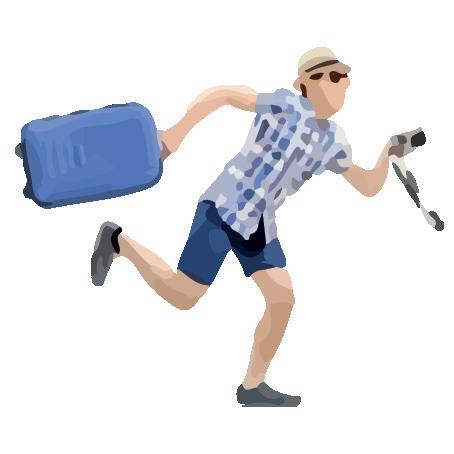
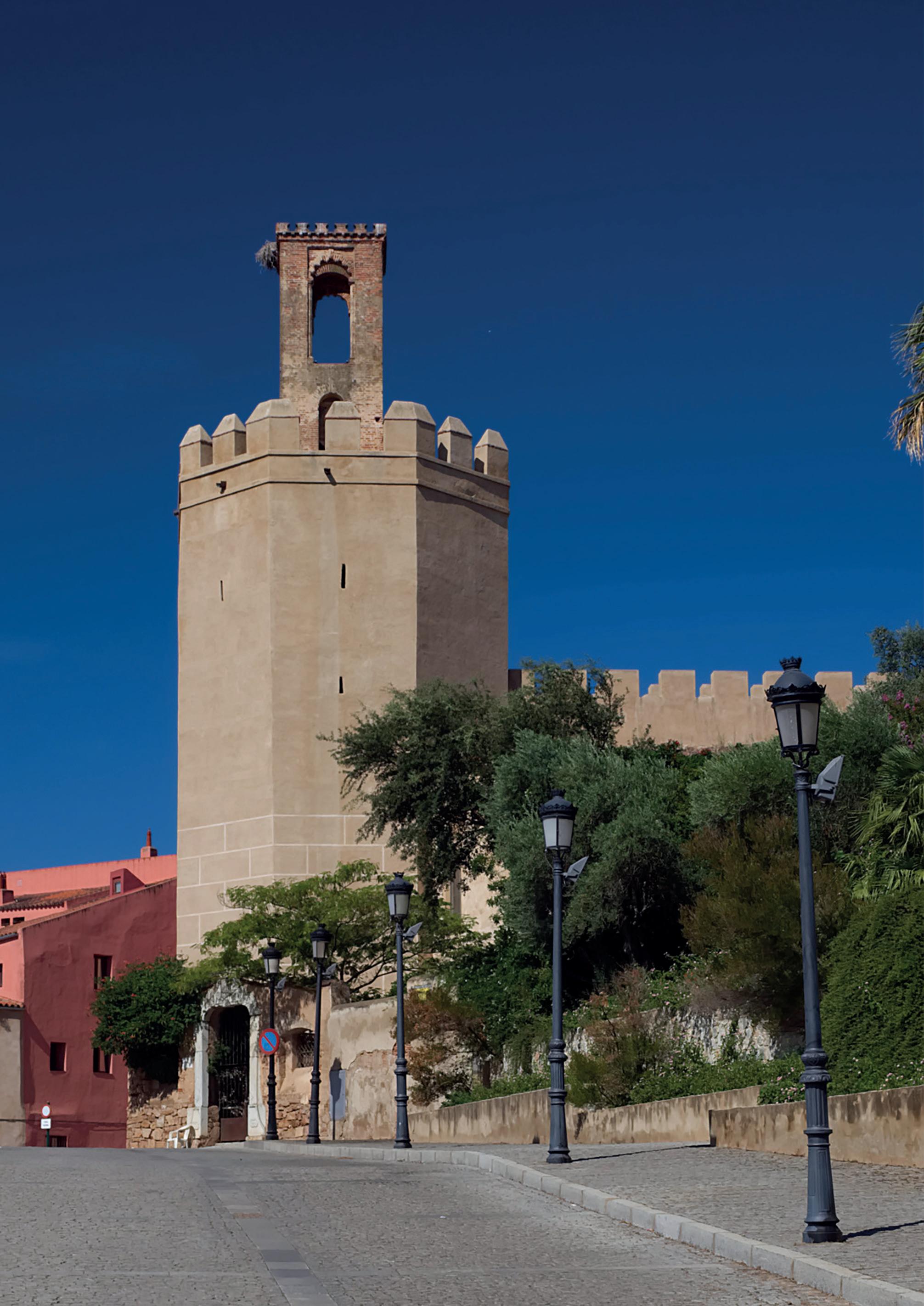
86 OTWO 16 / NOVEMBER 2020
Language: Spanish.
Currency: Euro.
Capital: Mérida.
Famous for: Iberian Ham. Roman architecture. Wine.
Some top places: Spot birds of prey and other endangered species at Monfragüe National Park. Wander the UNESCO heritage city of Caceres. Swim at Orellana Beach – Spain’s first inland blue flag beach. Admire the magnificently preserved Roman ruins in Mérida. Hike and explore the beautiful Meandro del Melero. Learn and taste Spain’s most famous food at the Museo del Jamón in Monesterio.
Stargaze in the Sierra de Gata or the Tajo National Park.
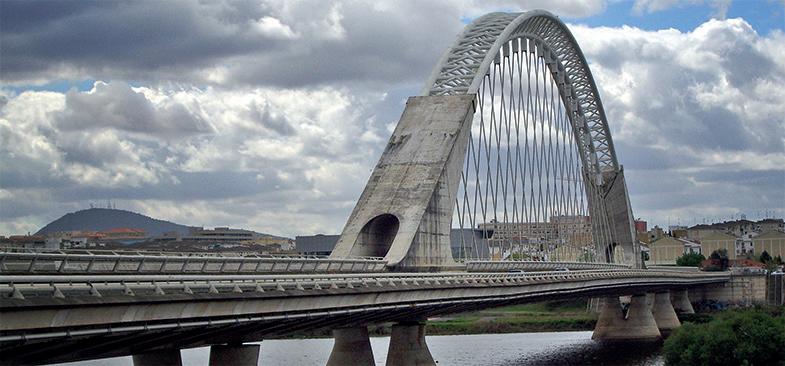
Activities: Hiking, bird watching, swimming, climbing, stargazing, wine and food tasting, heritage sites.
Weather:
High Season (Jun-Sep) Very hot weather.
Shoulder (Sep – Oct, April - May) Mild weather, fewer tourists.
Low Season (Nov–Mar) Cold and wet weathe. Eco fact: In 2010, Extremadura’s electricity demand was met entirely by renewable sources for the first time.
Eco resorts:
Budget: Casa Rural La Solana Apartamentos Rurales from £55 per night (Caceres).
Mid: Parador de Merida from £70 per night (Mérida).
Luxury: Hotel Rural A Velha Fábrica from £190 per night (Caceres).
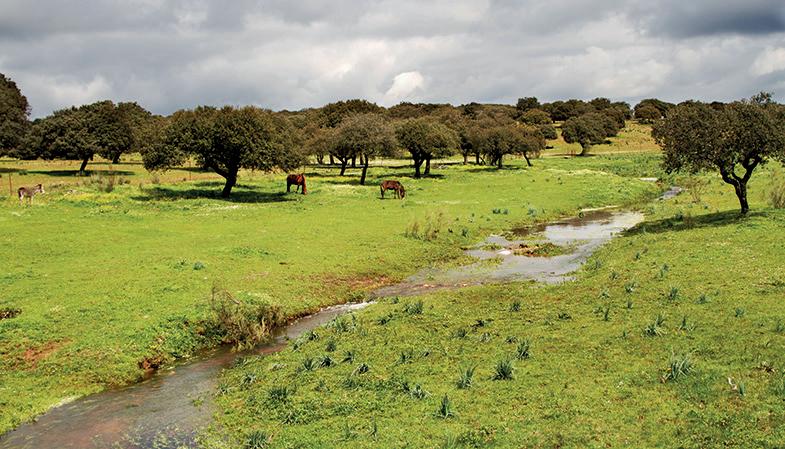

Idioma: Español.
Moneda: Euro.
Capital: Mérida.
Famoso por: Jamon ibérico. Arquitectura romana Vino.
Algunos de los mejores lugares:
Pasea por la ciudad de Cáceres, declarada Patrimonio de la Humanidad por la UNESCO. Nade en la playa de Orellana, la primera playa con bandera azul del nterior de España. Admira las ruinas romanas magníficamente conservadas de Mérida. Camina y explora el hermoso Meandro del Melero. Aprenda y pruebe la comida más famosa de España en el Museo del Jamón en Monesterio. Observa las estrellas en la Sierra de Gata o en el Parque Nacional del Tajo.
Actividades: Senderismo, observación de aves, natación, escalada, observación de estrellas, degustación de vinos y comidas, sitios patrimoniales.
Clima:
Temporada alta (junio-septiembre) Clima muy caluroso.
Temporada mid (septiembre - octubre, abril - mayo) Clima templado, menos turistas.
Temporada baja (noviembre-marzo) Clima frío y húmedo.
Hecho ecológico: En 2010, la demanda de electricidad de Extremadura se cubrió íntegramente con fuentes renovables por primera vez.
Resorts ecológicos:
Económico: Casa Rural La Solana Apartamentos Rurales desde £ 55 por noche (Cáceres).
Medio: Parador de Merida desde £ 70 por noche (Mérida).
Lujo: Hotel Rural A Velha Fábrica desde 190 £ la noche (Cáceres)-
87 OTWO 16 / NOVEMBER 2020
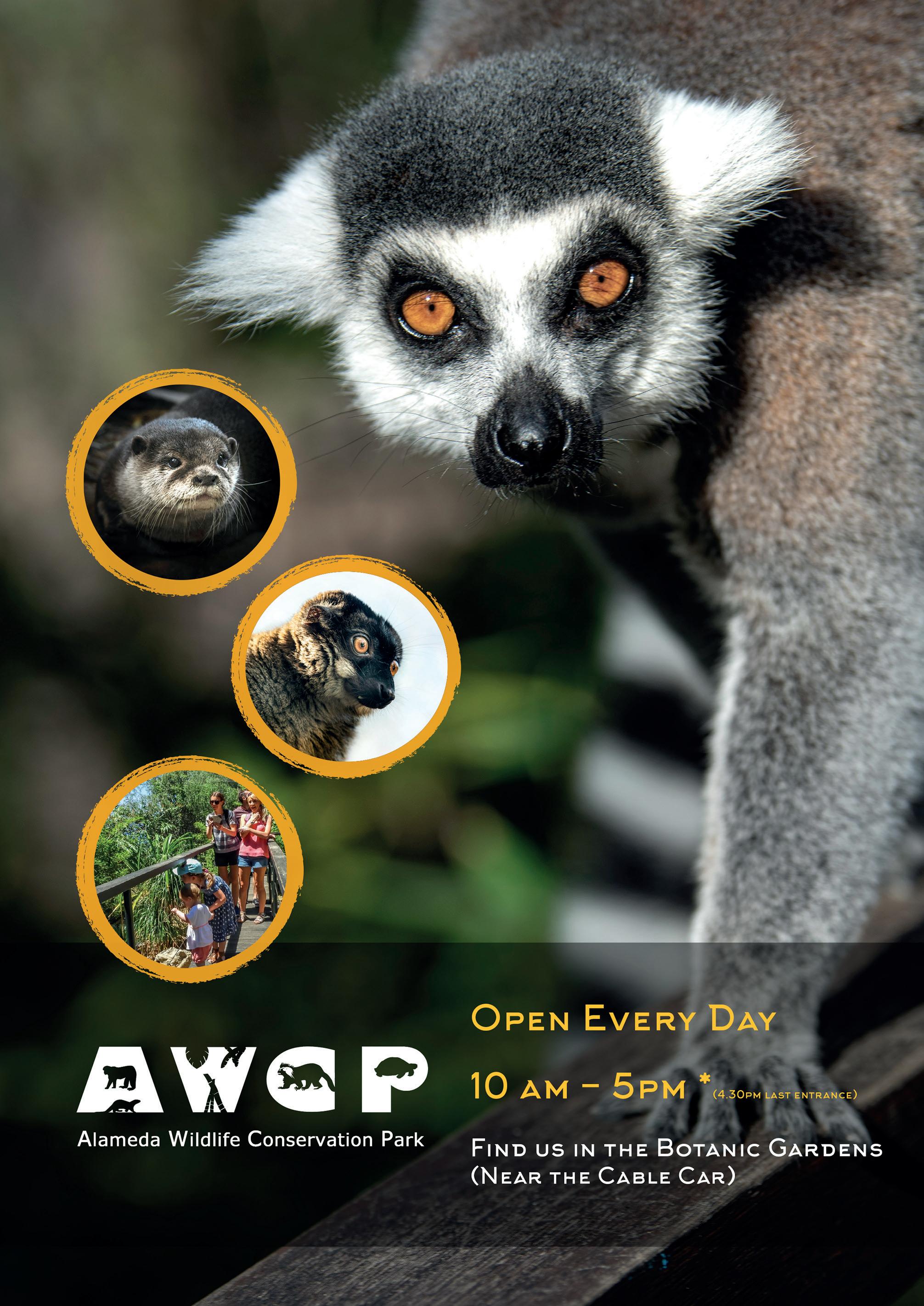

AUTUMN CATALOG 20 Catálogo de Experiencias. Otoño 20 Organized by: OTWO Magazine Tel. +00350 22500799 / info@otwomag.com Transport available for groups.Check with us for your requirements. OTWO is a facilitator on these packages. All activities are contracted directly between the respective centre operator and the client. Prices are for the month of November only, please contact us for other dates. Transporte disponible para grupos. Consultenos si estás interesado. OTWO es un mediador de estos paquetes. Todas las actividades se contratan directamente entre el operador y el cliente. Precios
mes
consulte para otras fechas.
válidos solo para el
de noviembre,
COASTEERING IN GIBRALTAR
What is Coasteering?
The activity of coasteering involves making you way along the coastline usually along steep cliffs and rocky outcrops. We use a variety of techniques that may include other outdoor activities such as walking, scrambling, climbing, jumping, abseiling (rappelling), and swimming.
Where do we meet?
We meet at the IN2ADVENTURES Sandy Bay Activity centre where we can start our activity enjoying our beautiful beach. We like our clients to use public transport if possible, in order to reduce our carbon footprint. Please get in touch if you need some advice.
What kind of equipment do you provide?
We provide all the technical equipment you will need for this activity; this is routinely inspected and is UIAA approved (Union International de Associaciones Alpinistas). You will be given a wet suit, safety helmet and climbing harness. Before we start, we will give all participants a comprehensive safety brief and how to use the equipment correctly.
How fit do I need to be?
An average level of mobility will help you enjoy the day. But this activity is easily tailored to any fitness level.
What is the minimum age that can come coasteering?
We recommend that children should be 9 or over for this activity. Please let us know if any of the participants are weak or non-swimmers.
What should I bring?
Old trainers that will get wet. Change of clothes. Towel. Sun Cream. Water.
If you have long hair, please tie it up but remember that you will need to put a helmet on. Avoid loose or dangly bits.
Can I bring my own kit and equipment?
Yes, but it will be inspected by the instructor to make sure it is serviceable and correct.
The standard route is as follows:
Start at the activity center, receive equipment induction and safety briefs. Walk a few hundred meters to the north end of the beach and climb the steps to the old cable platform where the group will abseil into the shoreline.
Follow the shoreline north towards Black Strap cove by scrambling over rocks swimming between pools and generally making progress. Continue north past the cove to ‘Frieda’ (the jump) this is an optional jump for those brave enough to do it.
After jumping climb up to the Zip line launch point. Zoom along our amazing 100m line and arrive at the south end of Black Strap Cove.
At this point we make our way back to the Activity Centre, depending on time left and prevailing conditions either by wild swimming or walking or a combination of both.
What if the weather is bad?
We can usually continue regardless of the weather, only a really wild storm will stop us! Don’t worry we will let you know if we can go ahead or not. Your safety is our primary concern.
Do sessions ever get cancelled?
Whilst every attempt is made to ensure that activities go ahead, we will notify the client of cancellation as soon as practicable where we believe on reasonable grounds that cancellation is necessary due to dangerous and/or unsuitable conditions for the activity. We reserve the right to cancel, reschedule or amend any activity/trip due to safety reasons such as adverse weather or operating conditions. If we cancel your activity you will receive a full refund of any payments made.
Our instructors reserve the right to ask clients to leave if they are compromising the safety or enjoyment of the group.
Can I Cancel?
Of course, but an advance non-refundable deposit is required to confirm your booking.
90 OTWO 16 / NOVEMBER 2020
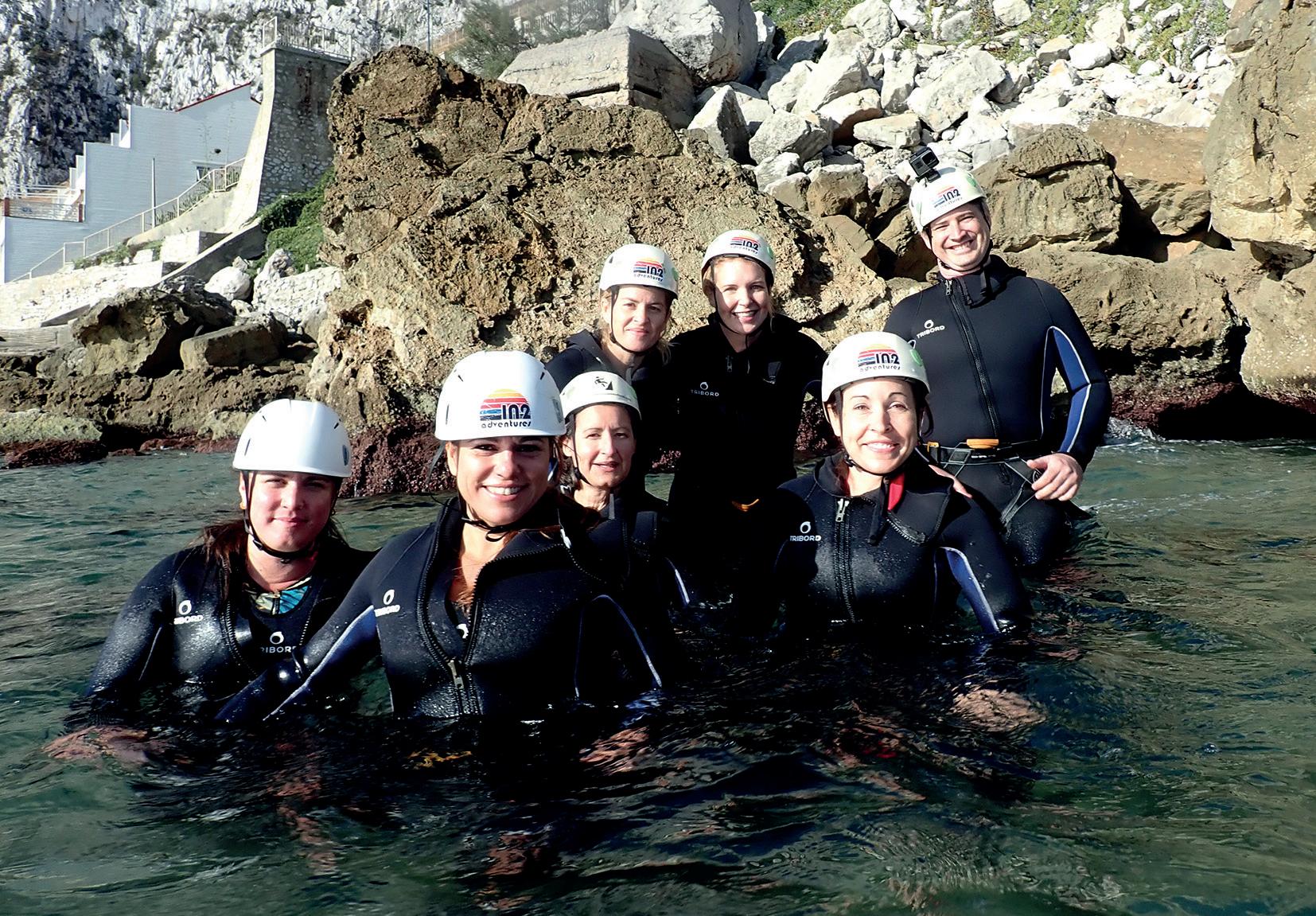

OTWO 16 / NOVEMBER 2020 91
COASTEERING EN GIBRALTAR
¿Qué es Coastering?
La actividad deportiva de Coastering, conlleva aventurarse en un recorrido costero combinando acantilados escarpados y formaciones rocosas. Utilizamos una variedad de técnicas que pueden incluir diversas actividades al aire libre como travesía, escalada, saltos de altura, rápel, natación y buceo.
¿Dónde nos reunimos?
Nos congregamos en el centro de actividad de IN2ADVENTURES Sandy Bay, donde comenzamos nuestra actividad disfrutando de la hermosa playa. Nos complace que nuestros clientes - de ser posibles- utilicen el transporte público, con el fin de reducir nuestra huella de carbono. Contacte con nosotros si necesita consejo sobre ello.
¿Qué tipo de equipo proporcionan?
Facilitamos todo el equipo técnico que necesitará para practicar el coastering. Un instrumental que se inspecciona de forma rutinaria y que está aprobado por la UIAA (Unión Internacional de Asociaciones Alpinistas). Se le suministrará un traje de neopreno, casco de seguridad y arnés de escalada. Antes de empezar, daremos a todos los participantes instrucciones completas de seguridad y de cómo utilizar el equipo correctamente.
¿Qué forma física debo tener?
Un nivel medio de movilidad le ayudará a disfrutar del día. Pero esta actividad se adapta fácilmente a cualquier condición física.
¿Cuál es la edad mínima para practicar coastering?
Recomendamos que los niños hayan cumplido los nueve años o más para esta actividad. Si alguno de los participantes es más enclenque o no sabe nadar, rogamos que nos lo hagan saber.
¿Qué debo llevar?
Viejas zapatillas de deporte, porque se mojarán.
Muda de ropa, toalla, protector solar y agua. Si tiene el pelo largo, por favor recójalo, recordándole que debe llevar casco. No dejar ningún mechón ni prenda que incomode o estorbe.
¿Puedo llevar mi propio equipo?
Sí, pero será inspeccionado por el instructor para asegurarse de que es útil y se encuentra en perfectas condiciones.
ILa ruta estándar es la siguiente:
Nos reunimos en el centro de actividades, donde se
imparte la información de seguridad sobre el equipo y se le coloca a cada participante. Se inicia la travesía de unos cientos de metros hacia el extremo norte de la playa y subimos las escaleras hacia la antigua plataforma de cable, donde el grupo realizará rápel hasta la costa.
Avanzamos por la costa hacia el norte, dirigiéndonos a la cala Black Strap, escalando sobre rocas, nadando entre piscinas y progresando por la ruta de aventura. Seguimos hacia el norte pasando la cala hasta ‘Frieda’, donde los más valientes podrán realizar un salto de altura.
Después de saltar, subiremos hasta el punto de lanzamiento de la tirolina. Entonces, enfilaremos los cien metros de tirolina hasta llegar al extremo sur de Black Strap Cove.
En este punto volvemos al Centro de Actividades, dependiendo del tiempo que quede y de las condiciones en las que se encuentre el grupo, bien por la natación salvaje o la caminata o por la combinación de ambas.
¿Y si el tiempo es malo?
Por lo general podemos continuar independientemente del clima, ¡sólo una tormenta realmente salvaje nos detendrá! No se preocupes, le avisaremos si podemos seguir adelante o no. Su seguridad es nuestra principal preocupación.
¿Alguna vez se cancelan las sesiones?
Se hace todo lo posible para garantizar que las actividades salgan adelante, aunque notificaremos al cliente la cancelación tan pronto como sea posible, cuando creamos por motivos razonables la necesidad de suspensión debido a condiciones peligrosas y / o inadecuadas para la actividad. Nos reservamos el derecho de cancelar, reprogramar o modificar cualquier actividad/viaje por razones de seguridad como condiciones climáticas adversas o condiciones de funcionamiento. Si cancelamos su actividad, recibirá un reembolso completo de los pagos realizados.
Nuestros instructores se reservan el derecho de pedir a los clientes que abandonen el grupo, si están comprometiendo la seguridad o el disfrute de los participantes.
¿Puedo cancelar?
Por supuesto, pero se requiere un depósito no reembolsable por adelantado para confirmar su reserva.
92 OTWO 16 / NOVEMBER 2020

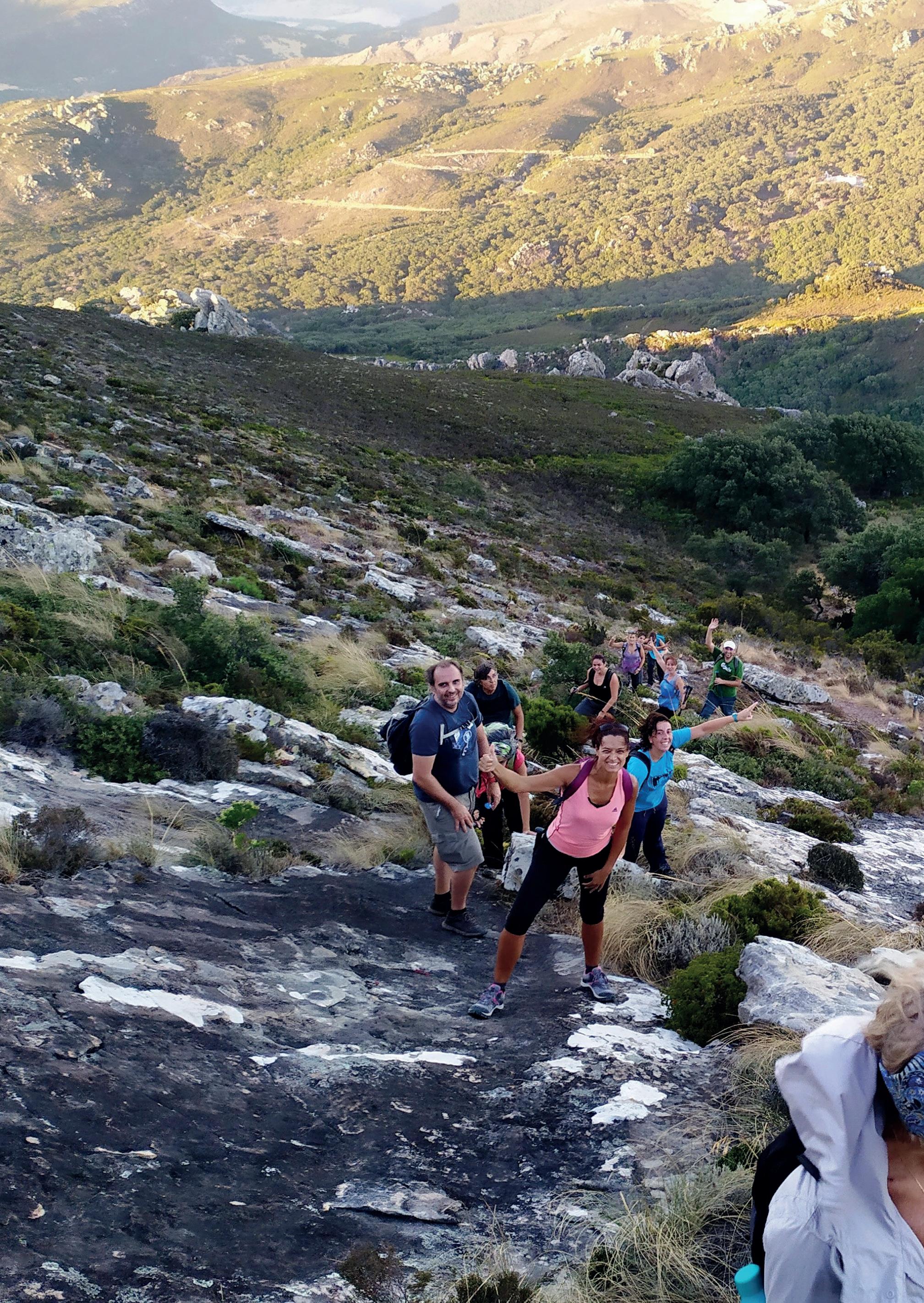
94 OTWO 16 / NOVEMBER 2020
This adventure combines “Hiking” with “Sky Gazing”. We enter at the heart of the Los Alcornocales Natural Park in the town of Alcalá de los Gazules.
The first HIKING adventure is considered level 1, it is short in duration, it has some slopes that will have to be taken easy. Our intention is to reach the summit with the sunset. Through the precious astronomy workshop, our guide will show us the main constellations, form of orientation and mythological stories.
All necessary technical equipment will be available for all activities.
THE HIKE
Our hiking route, with almost 350m of unevenness, begins in the Picacho recreational area;
From there, we follow the path that leads us to cross the river, and after a small incline, we reach the great viewpoint of Picacho, located at 650m. From this point, you can see the towns of Alcalá, Benalup, Medina, Paterna and much more.
After a second incline, we reach Puerto Oscuro, which sees the entire Sierra de Grazalema, Sierra del Pinar, Salto del Cabrero and the towns of Benaocaz and Benamahoma to the north. We still have the most exciting part, a climb up a sloping layer of 30 degrees, which takes us to the summit with the beautiful sunset in the background.
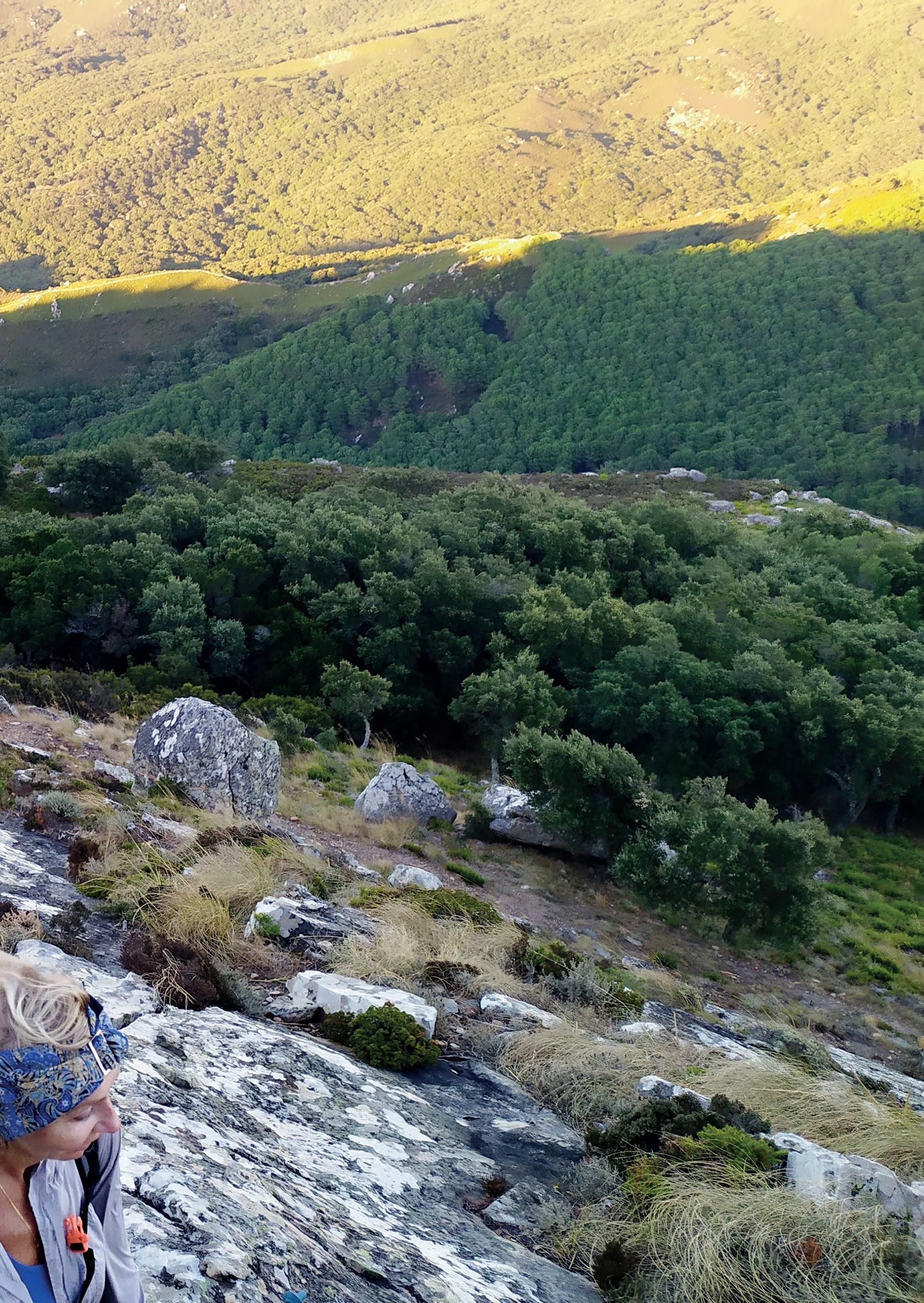
After eating something, to regain strength, we prepare for the descent. Provided with fronts, where the first part is carried out in the north, which is much safer. We will make a stop in Puerto Oscuro, to carry out our Astronomy workshop. During the descent, we will have a technical stop and in 1.5 hours we will be in our vehicles.
Duration:
Hiking, 4 to 4.5 hours. Astronomy, 30 minutes.
Minimum / Maximum of participants: 15/25 participants.
Recommended Date: Spring, Summer and Autumn.
Services:
Guides and specialized equipment. All technical material. First aid kit.
RC and Accident Insurance. Photo report with summary video.
Prices:
Complete adventure ………. £ 15
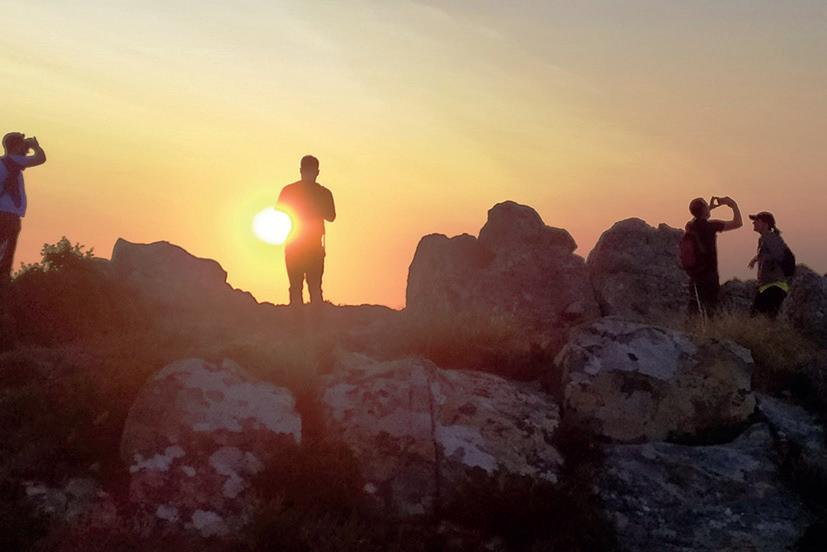
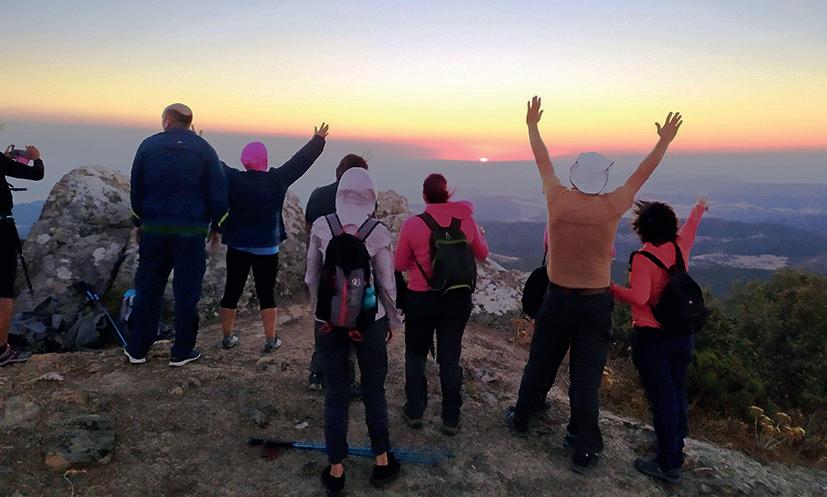
OTWO 16 / NOVEMBER 2020 95
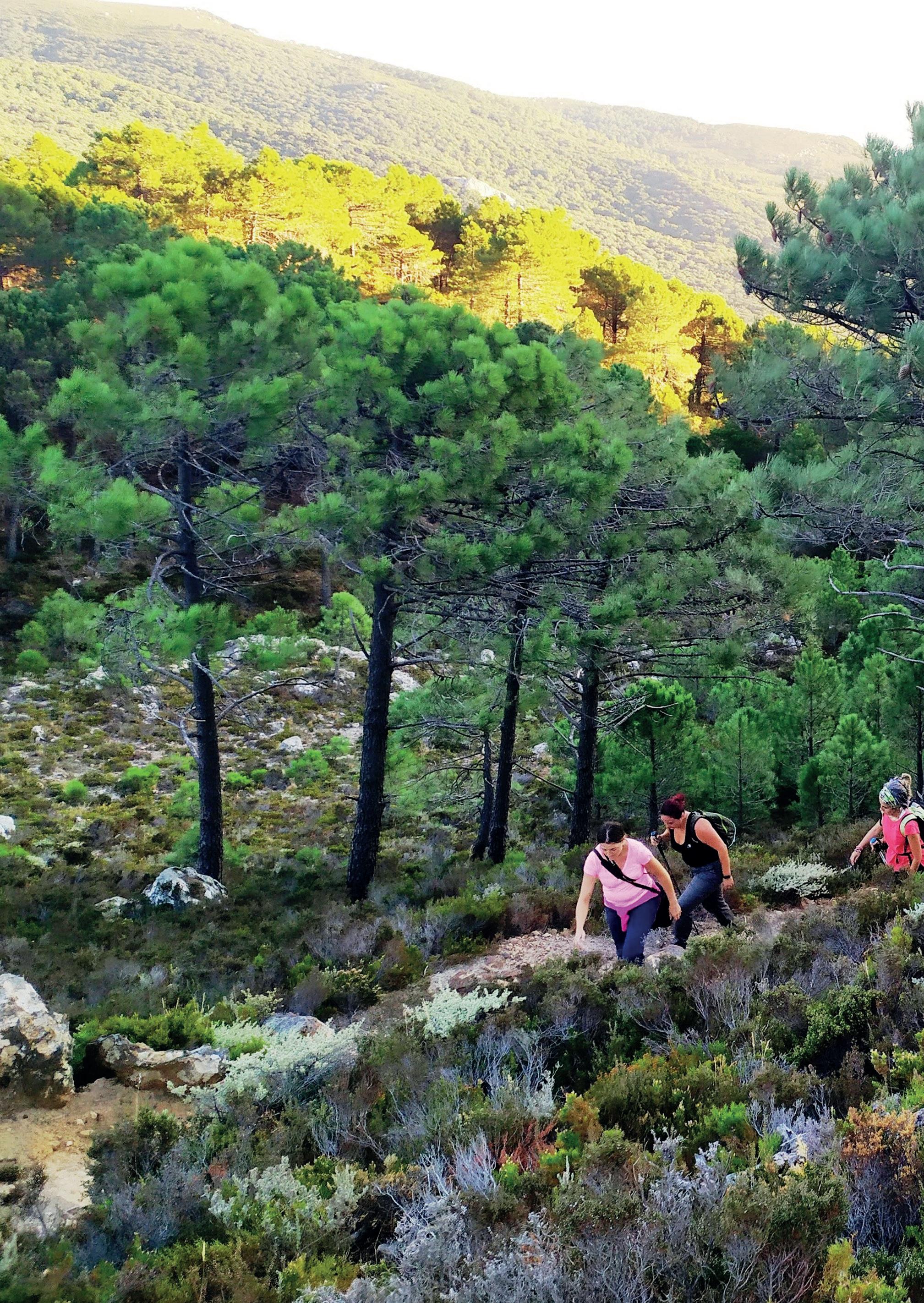
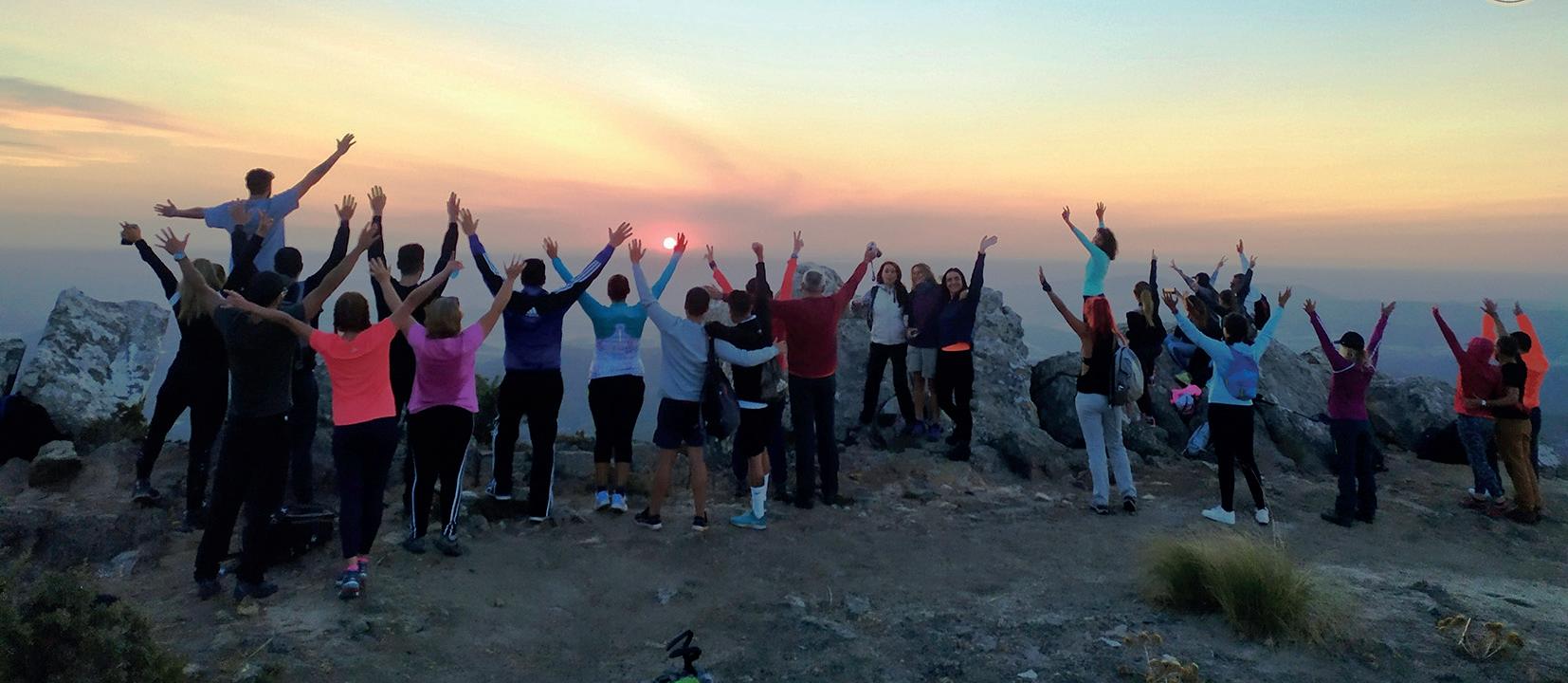
96 OTWO 16 / NOVEMBER 2020
Esta aventura combina el “senderismo” con la “observación del firmamento”. Nos adentramos en el corazón del Parque Natural de Los Alcornocales en la localidad de Alcalá de los Gazules.
La primera aventura de SENDERISMO está considerada de nivel 1, aunque es corta en duración, tiene algunos desniveles que habrá que “tomárselo con calma”. Nuestra intención, es alcanzar la cumbre con la puesta de sol. Mediante el precioso taller de astronomía, nuestro monitor nos mostrará las principales constelaciones, forma de orientación e historias mitológicas.
Para todas las actividades se dispondrán de los materiales técnicos necesarios.

EL SENDERO
Nuestra ruta de senderismo, con casi 350m de desnivel, comienza en el área recreativa del Picacho; desde alli, seguimos el sendero que nos lleva a atravesar el río, y tras un pequeño repecho, llegar hasta el gran mirador del Picacho, situado ya a 650m. Desde este punto, se puede observar los pueblos de Alcalá, Benalup, Medina, Paterna y mucho más. Tras un segundo repecho, alcanzamos Puerto Oscuro, que nos visualiza al norte toda la Sierra de Grazalema, la Sierra del Pinar, Salto del Cabrero y los pueblos de Benaocaz y Benamahoma. Nos queda la parte más emocionante, una trepada por un estrato inclinado de 30 grados, que nos lleva a la cumbre con la preciosa puesta de Sol al fondo.
Tras comer algo, para reponer fuerzas, nos preparamos para la bajada. Provistos de frontales, donde la primera parte la realizamos por la zona norte, que es mucho más segura. Realizaremos una parada en Puerto Oscuro, para realizar nuestro taller de Astronomía. Durante la bajada, tendremos alguna paradita técnica y en 1,5 horas estaremos en nuestros vehículos.
Duración:
Senderismo: de 4 a 4,5 horas. Astronomía: 30 minutos.
Mínimo/Máximo de participantes: 15/25 participantes.
Fechas Recomendadas: Primavera, Verano y Otoño.


Servicios: Monitores y equipos especializados. Todo el material técnico. Botiquín primeros auxilios. Seguros RC y Accidentes. Reportaje fotográfico con vídeo resumen.
Precios:
Aventura completa……….€15
OTWO 16 / NOVEMBER 2020
97
The Gibraltar Gin Experience
Gibraltar Gin Experiencia

Are you planning to entertain guests in Gibraltar or looking to experience something different on the Rock? Need a perfect team building, or end of year event?
The Rock’s Distillery in George’s Lane is now able to cater for larger groups by bringing their highly rated Gin Experience to you.
You provide the venue and we will bring the experience, it is “The Perfect Party Starter”.

Book
early to avoid disappointment
Tantalise your taste buds with the taste of 6 Historic Gins created by the Spirit of the Rock team, designed to help improve your ability to choose your perfect Gin.
Discover the botanicals used to make CAMPION, Gibraltar’s very own craft Gin, voted one of the BEST GINS in the WORLD (World Gin Awards 2020).
End the tour with a complimentary double tot of your favourite Spirit, and a 25% discount off 70cl bottles of any of our Gins and Vodkas.
Give us a call on 00350 54067487, email us on info@spiritoftherock.gi or pop into The Rock’s Distillery in George’s Lane for more information or to book your place.
£20 per person, group discounts available. All participants must be over 18 years of age. Latest Covid-19 regulations will apply.
¿Desea entretener a sus invitados en Gibraltar o busca una experiencia diferente en el Peñón? ¿Necesita organizar un encuentro para crear equipo o celebrar el fin de año?
The Rock’s Distillery en George’s Lane puede acoger ya a grupos más n`umerosos a través de la muy reconocida Gin Experience.
Proporcione usted el local y nosotros le llevaremos la experiencia. Una perfecta antesala de la fiesta.
Reserve pronto para evitar decepciones
Ponga a prueba sus papilas gustativas probando seis ginebras históricas que han sido creadas por el equipo Spirit of the Rock pensando en contribuir a que pueda desarrollar la habilidad de elegir su ginebra ideal.
Descubra las botánicas empleadas para elaborar CAMPION la primera ginebra artesanal de Gibraltar y que fue elegida como una de las mejores del mundo en los premios World Gin Awards 2020.
Termine el recorrido con un trago doble de su bebida favorita y un descuento del 25% en cualquiera de nuestras botellas de 70cl de ginebra o vodka.
Para reservar o recibir más información llámenos al 00350 54067487, escríbanos a info@spiritoftherock.gi o visítenos en The Rock’s Distillery en George’s Lane.
El precio es de 20 libras por persona, haciéndose descuentos por grupos. Para participar es precisa la mayoría de edad. Se aplicarán los últimos protocolos por Covid-19.

98 OTWO 16 / NOVEMBER 2020
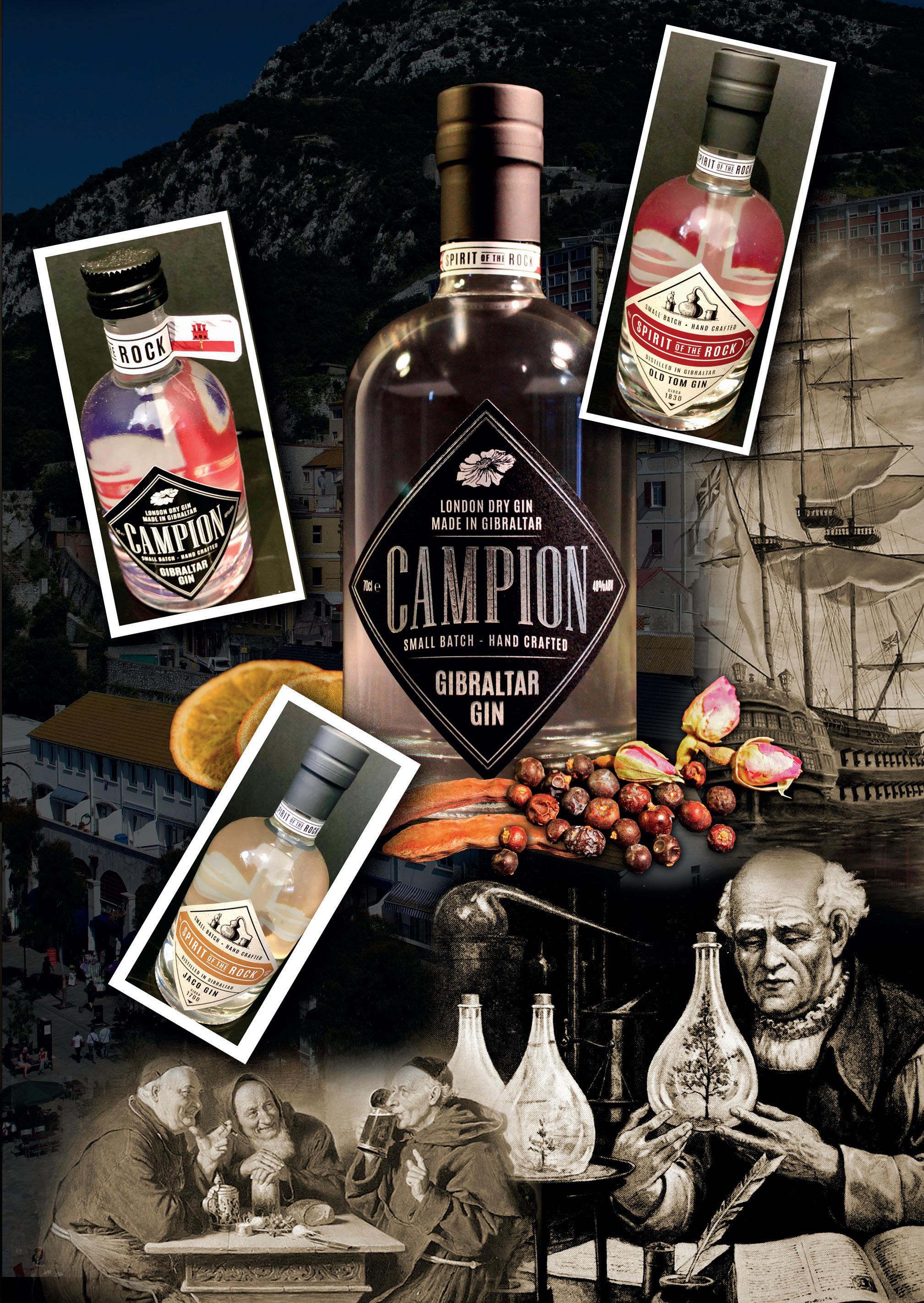
OTWO 16 / NOVEMBER 2020 99
Olga and Cayetano are the proud owners of the only “Tabanco” in the Campo de Gibraltar. This type of establishment, which originated in Jerez de la Frontera, united the concepts of tavern and winery, allowing people to buy wine by the cask whilst also enjoying wine tastings accompanied by typical tapas or pinchos, all under the same roof.
This is still the experience on offer when you visit the Tabanco Sacristía. Located on Calle Hércules, in the heart of La Línea de la Concepción, the best “fortified wines” (Sherry) are paired with a selection of cold meats, cheeses, salted fish from Barbate and prized oysters from the estuaries of the Bay of Cádiz. To accompany these flavour explosions, they also hold flamenco performances, jazz, and art exhibitions, making Tabanco Sacristía a unique cultural and gastronomic experience in the area.

Tabanco Sacristía Menu
First course
Vietnamese prawn spring rolls in a carrot, ginger and soy sauce.
Paired with the house Fino En Rama
Second course
Payoyo cheese fritters stuffed with “cabello de ángel” and tartufata.
Paired with Amontillado.
Third course
Iberian pork tenderloin medallions with apple compote, Pedro Ximénez reduction and rosemary potatoes.
Paired with the house Oloroso En Rama.
Every Thursday and Friday in October (Advance reservation)
Price: 35 Euros per person. A great offering, with Gibraltar undoubtedly as its core. Health, Vigour and Splendour.
Dessert


OTWO 15 / OCTOBER 2020

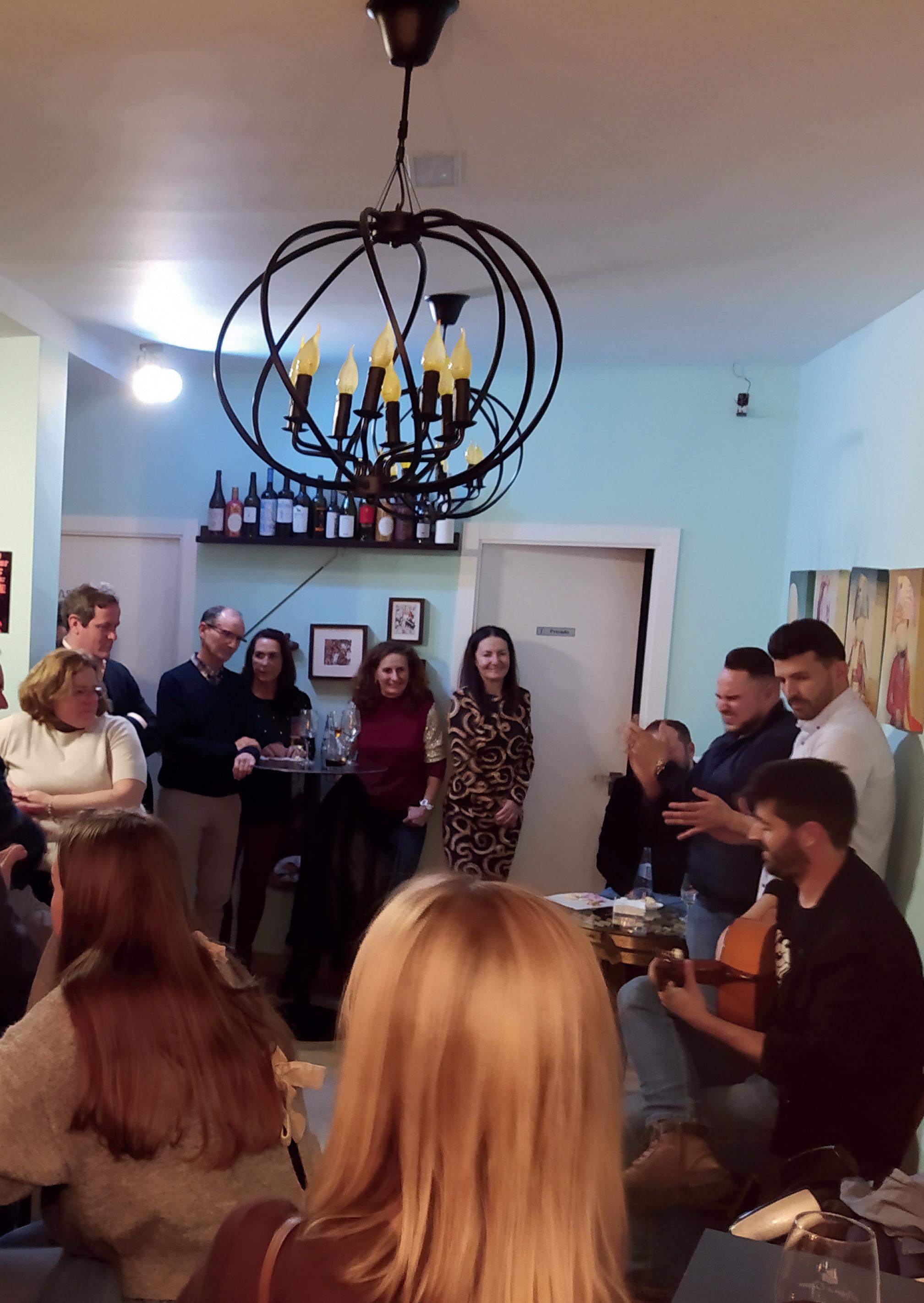
OTWO 15 / OCTOBER 2020
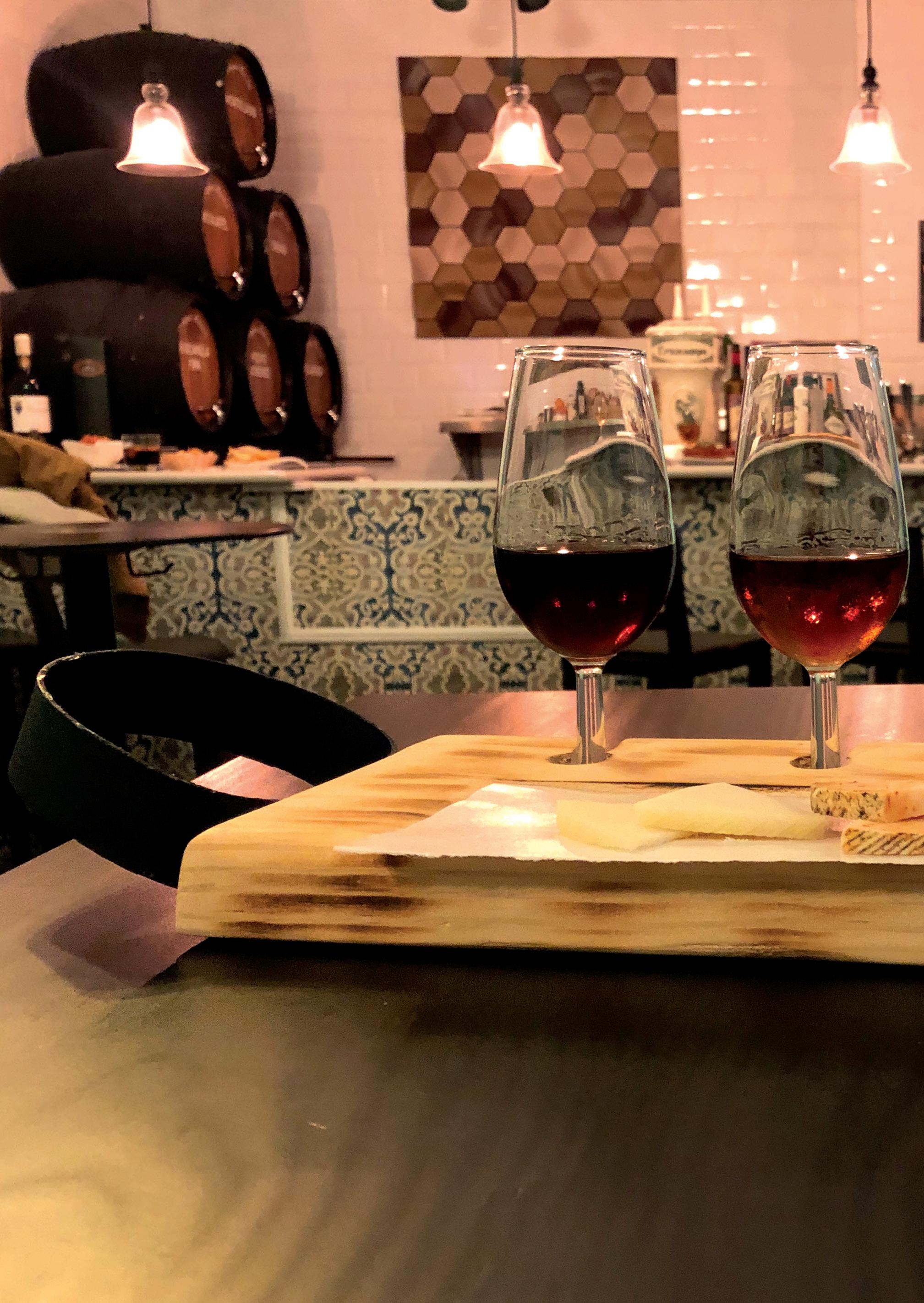

OTWO 15 / OCTOBER 2020


Olga y Cayetano se enorgullecen de ser los propietarios del único “Tabanco” en el Campo de Gibraltar, este tipo de establecimientos originario de Jerez de la Frontera y que unía los conceptos de taberna y despacho de vinos, por lo que en el mismo lugar se podía comprar vino a granel y al mismo tiempo degustarlos acompañados de las típicas tapitas o pinchos.
Y esto es lo que nos ofrece la experiencia de visitar al Tabanco Sacristía, ubicado en la calle Hércules, en pleno centro de La Línea de la Concepción, maridar los mejores “vinos generosos” (Sherry) junto a una selección de embutidos, quesos, salazones de Barbate y las preciadas ostras de los esteros de la Bahía de Cádiz. Y para acompañar esta explosión de sensaciones también organizan actuaciones de flamenco, jazz, exposiciones de arte convirtiendo a Tabanco Sacristía en una propuesta gastronómica cultural inusual en la zona.
Menú Tabanco Sacristía
Primer Plato
Rollito vietnamita con langostinos en salsa de zanahoria, jengibre y soja.
Maridado con Fino en Rama de la Casa.

Segundo Plato
Buñuelos de queso Payoyo rellenos de cabello de ángel y tartufata.
Maridado con Amontillado.
Tercer Plato
Medallones de solomillo de cerdo ibérico y compota de manzana con reducción de Pedro Ximénez y patatas al romero. Maridado con Oloroso en Rama de la Casa.
Todos los jueves y viernes de octubre (Reserva previa)
Precio: 35 Euros por persona.ra ofrecer algo mejor, y Gibraltar sin duda será su epicentro. Salud, Resistencia y Esplendor.
Postre.
OTWO 15 / OCTOBER 2020

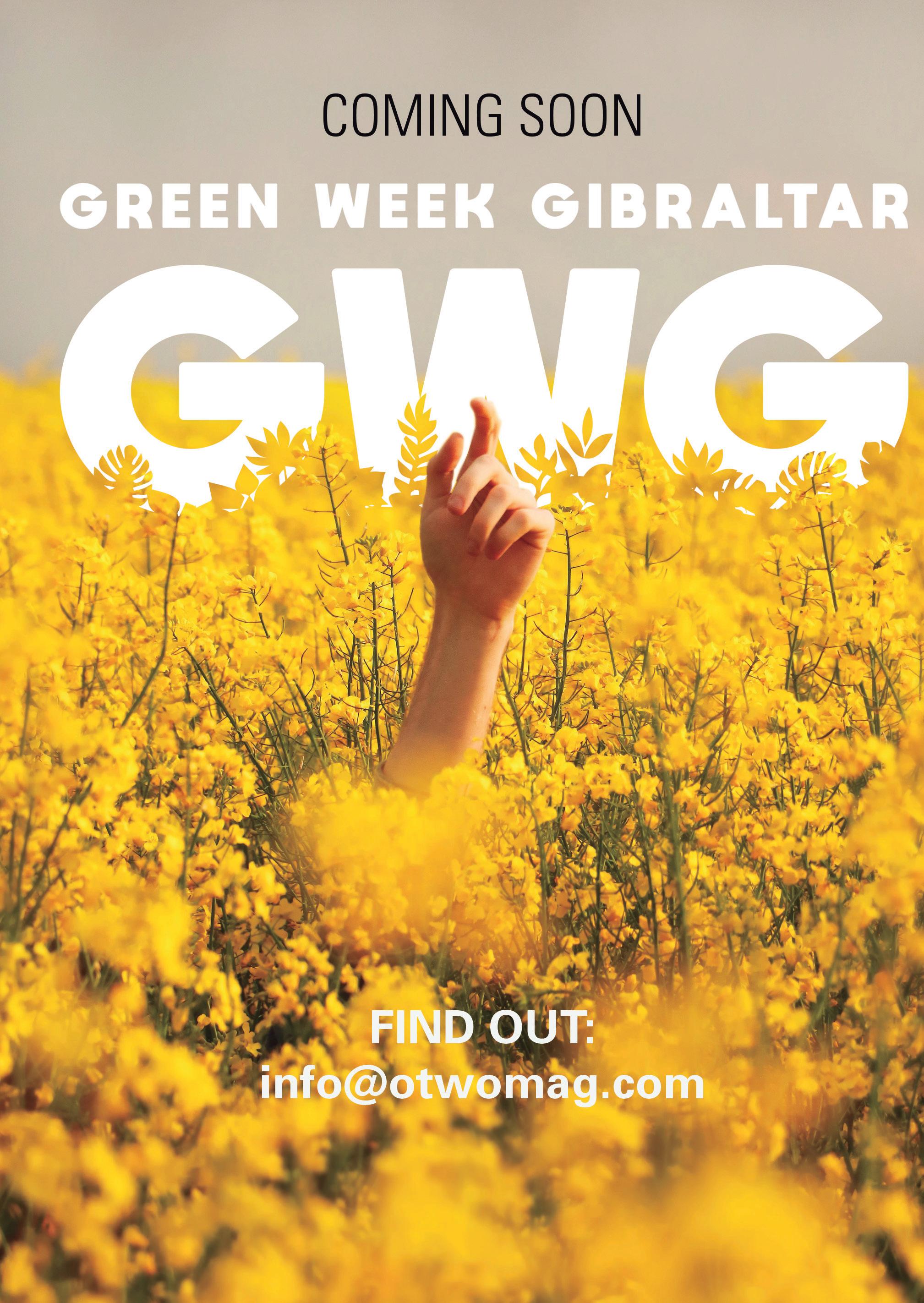
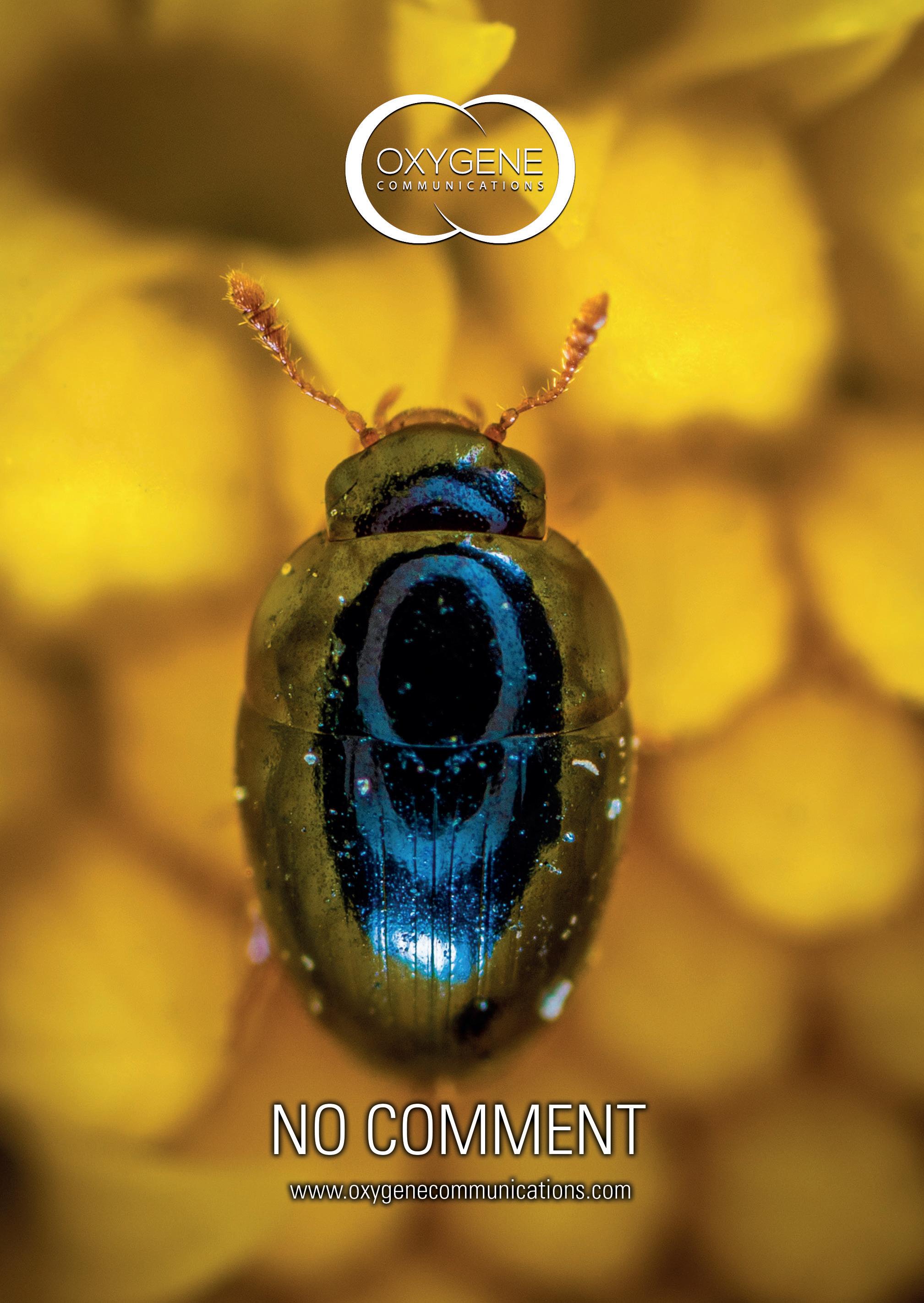
















 Dr Keith Bensusan Director
Dr Keith Bensusan Director












































































































